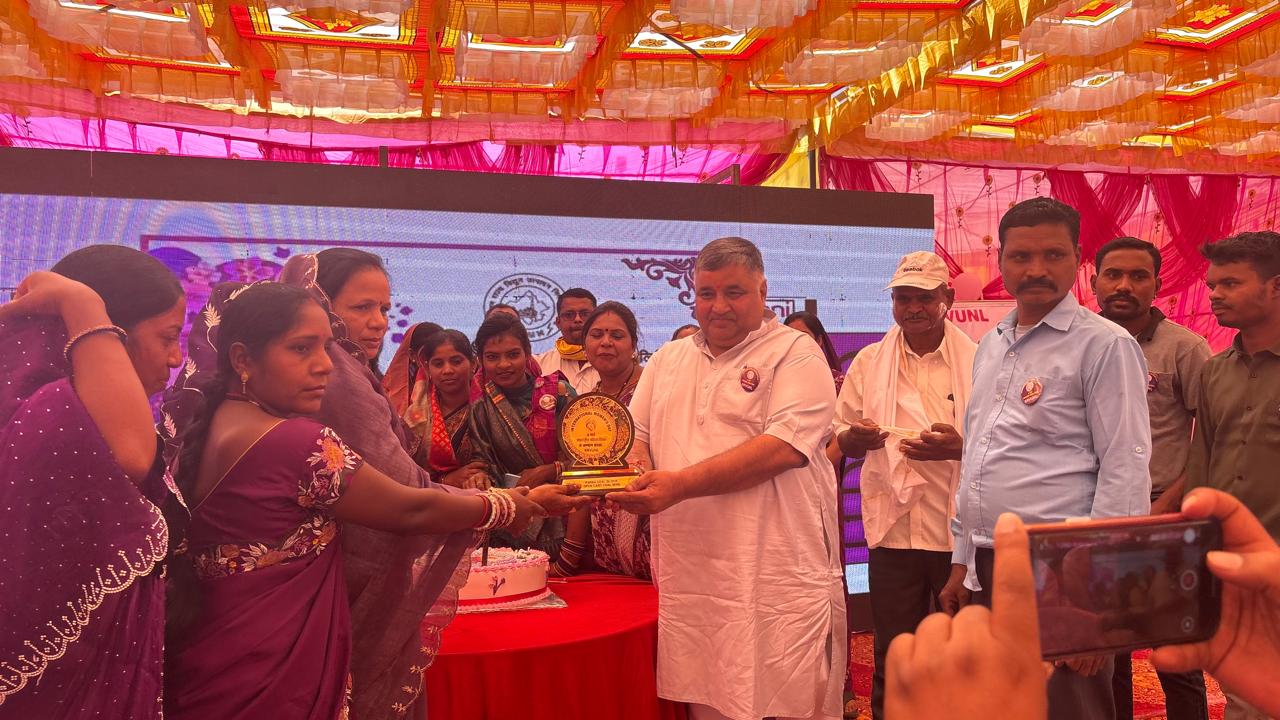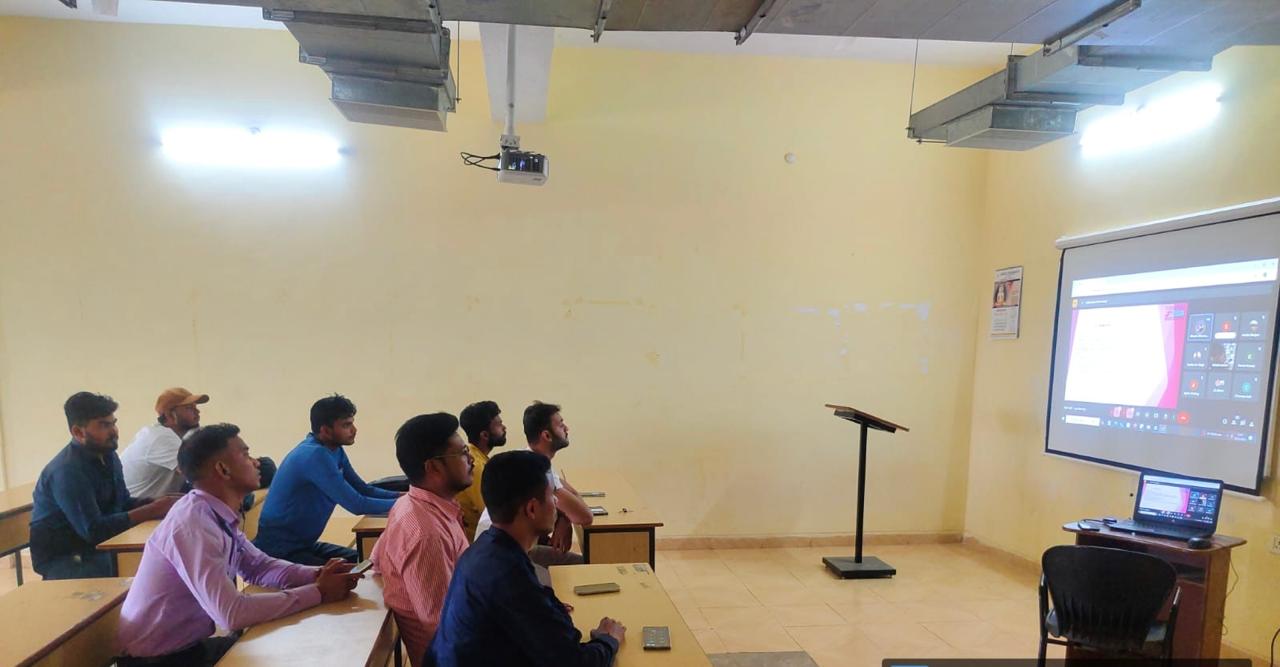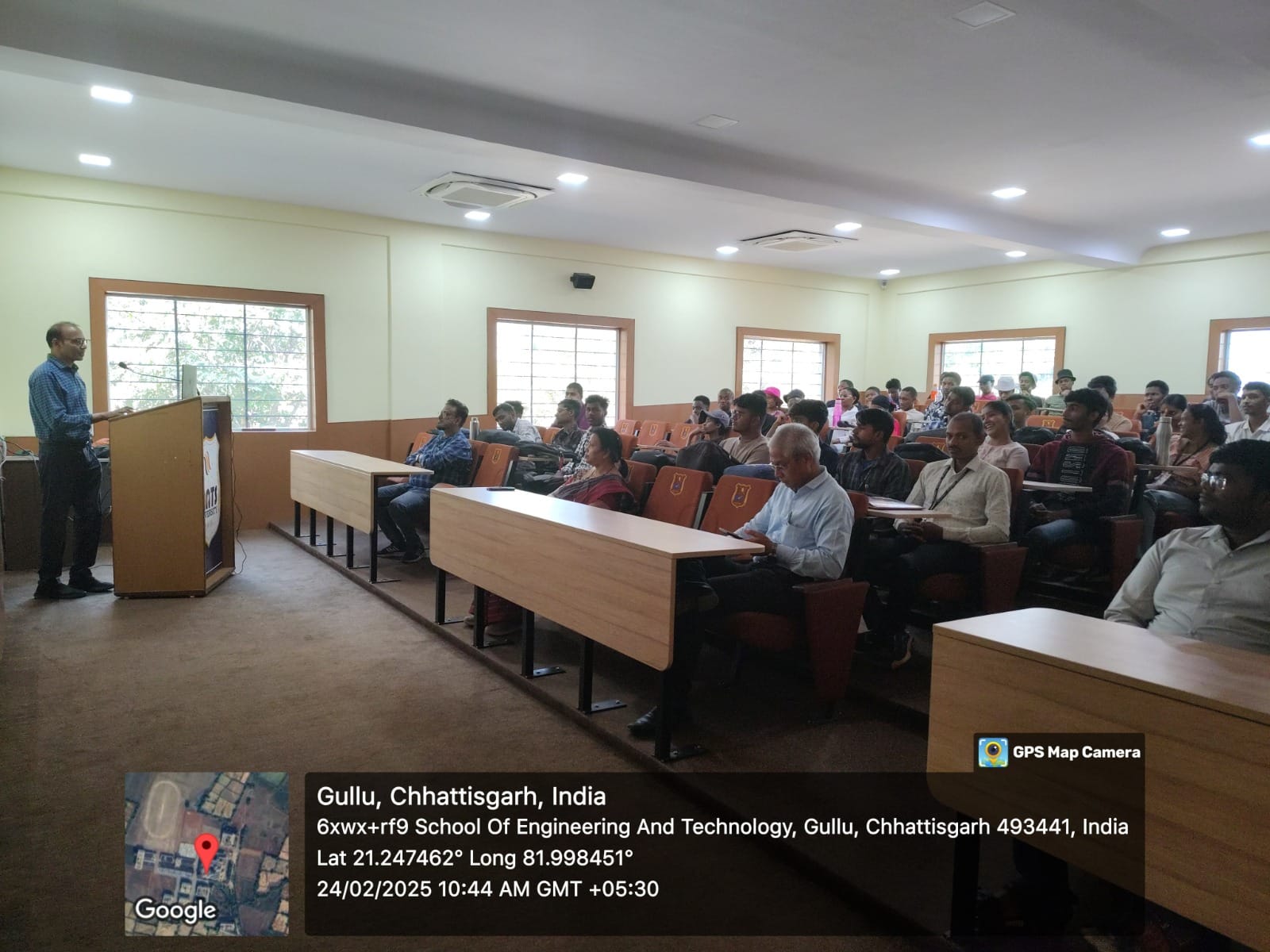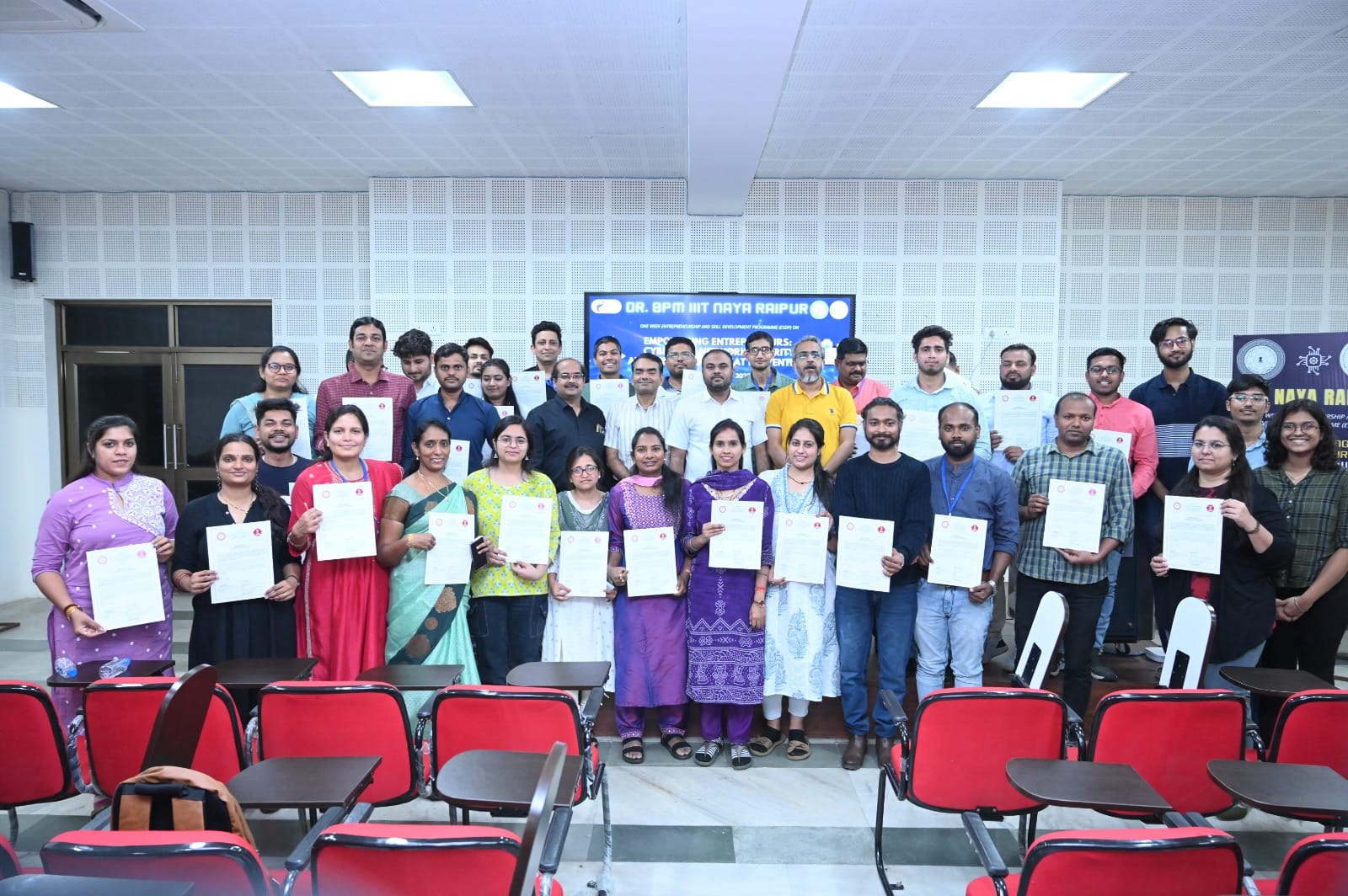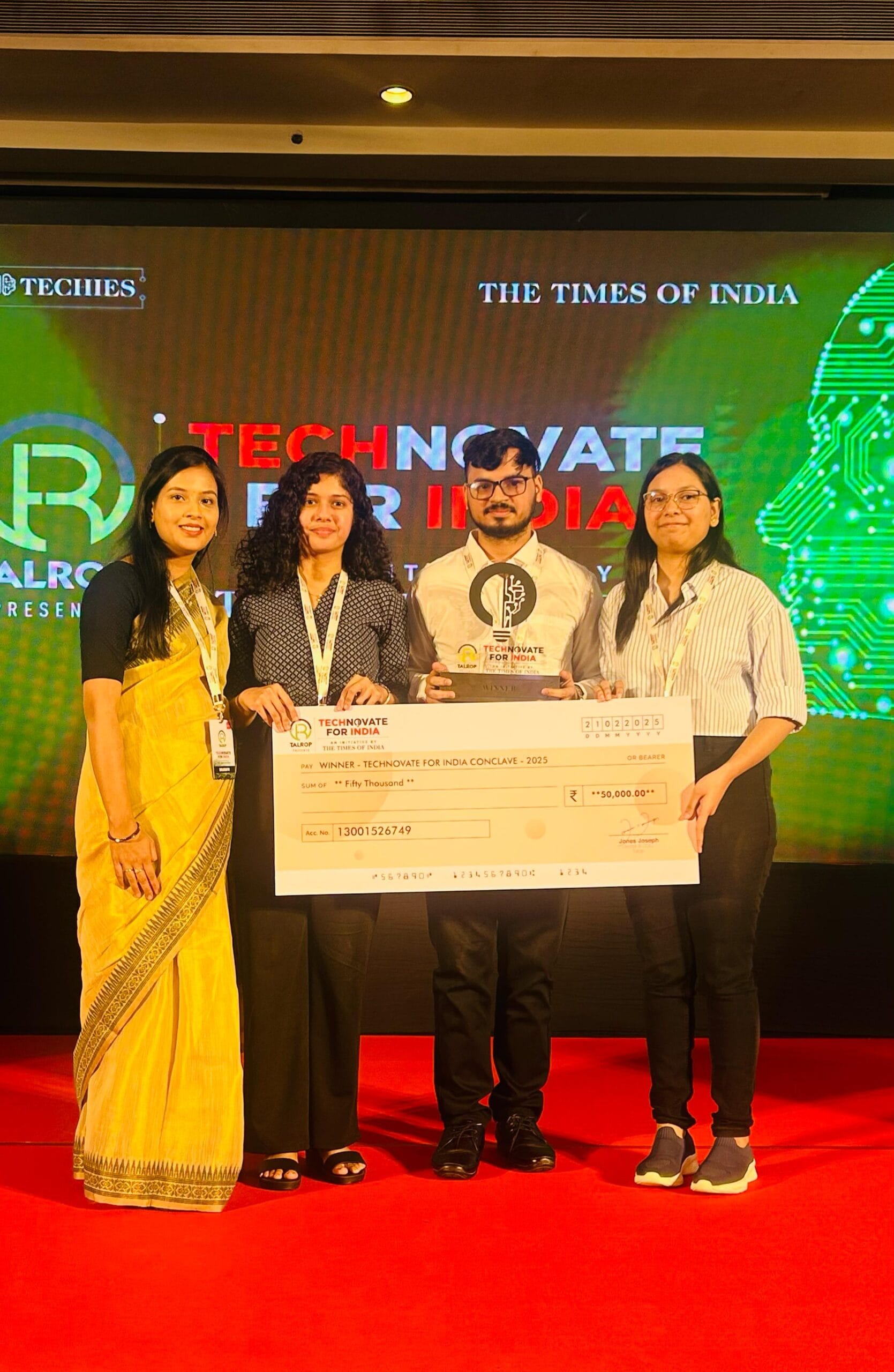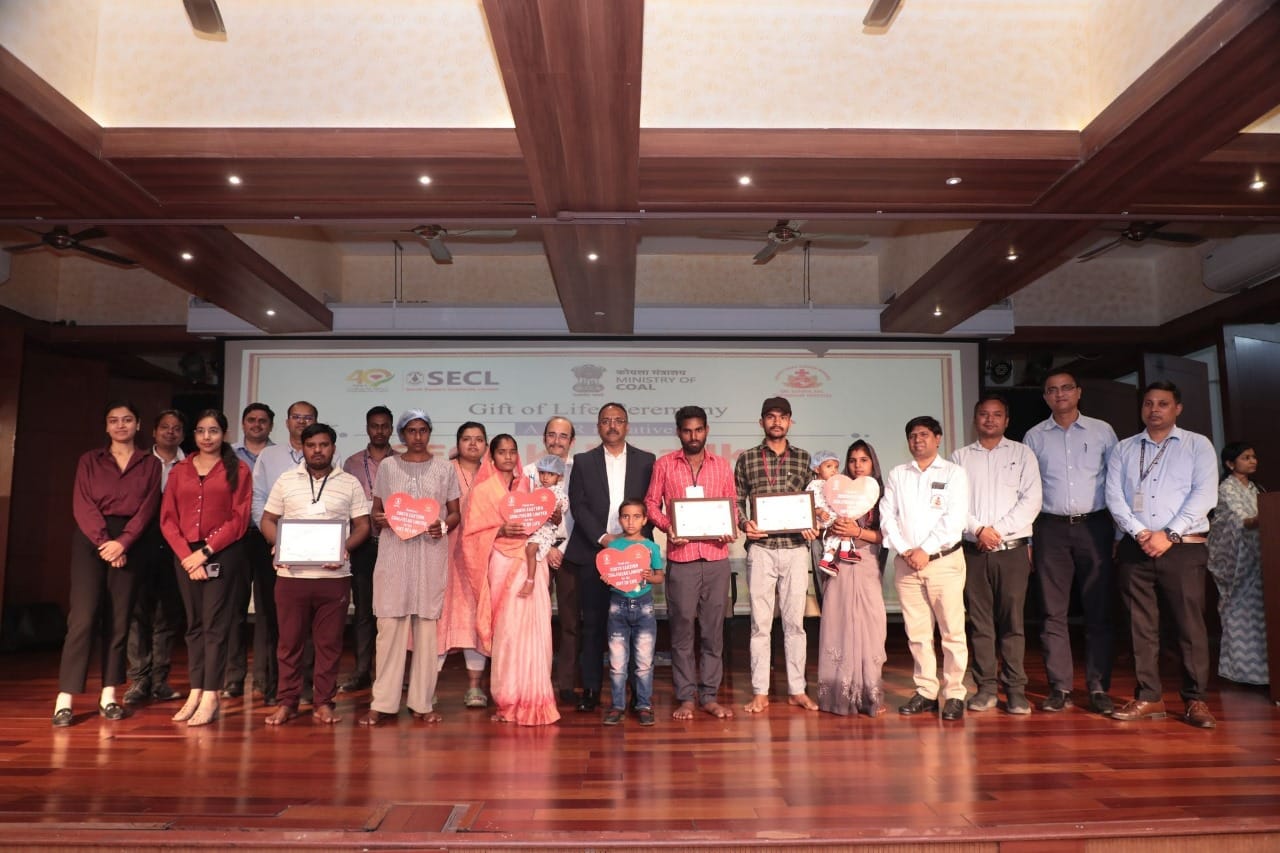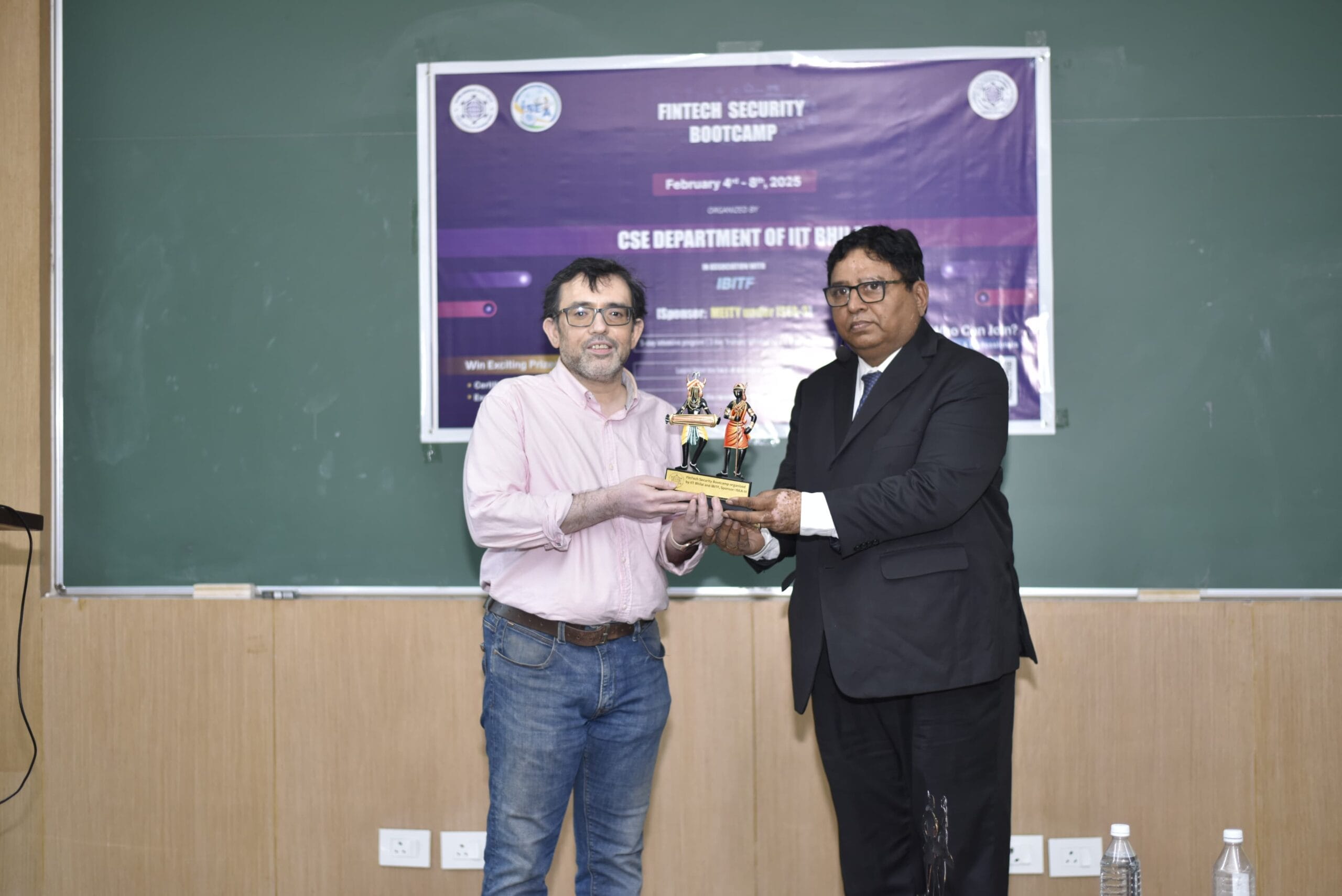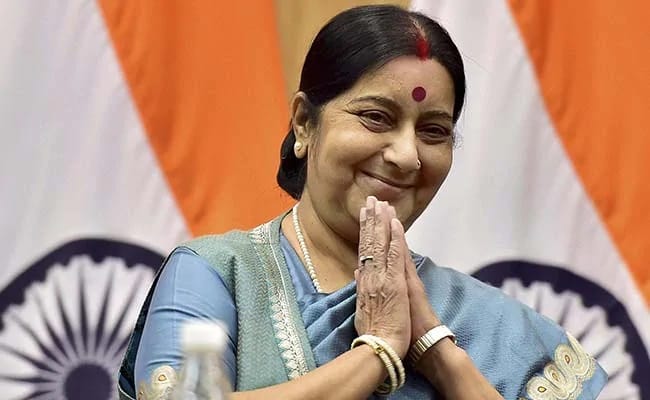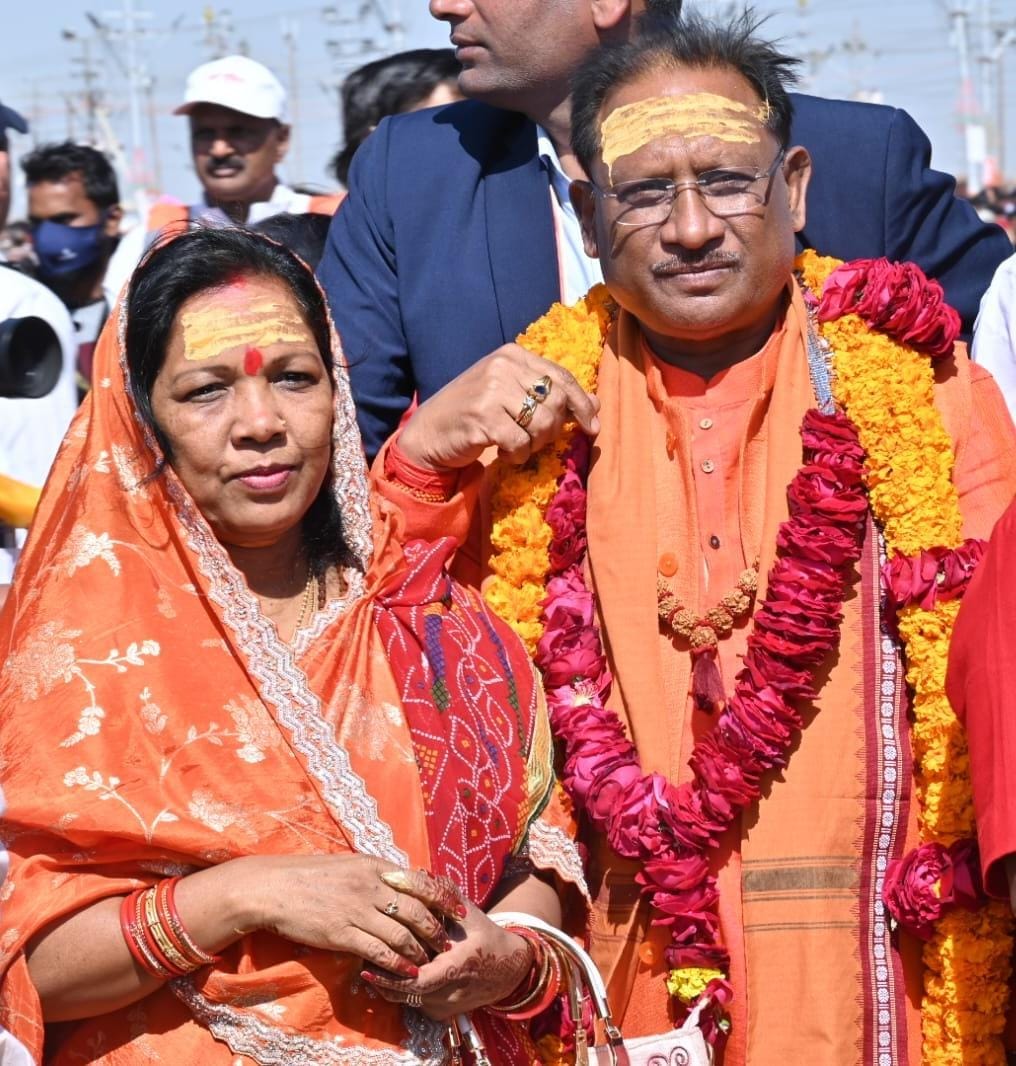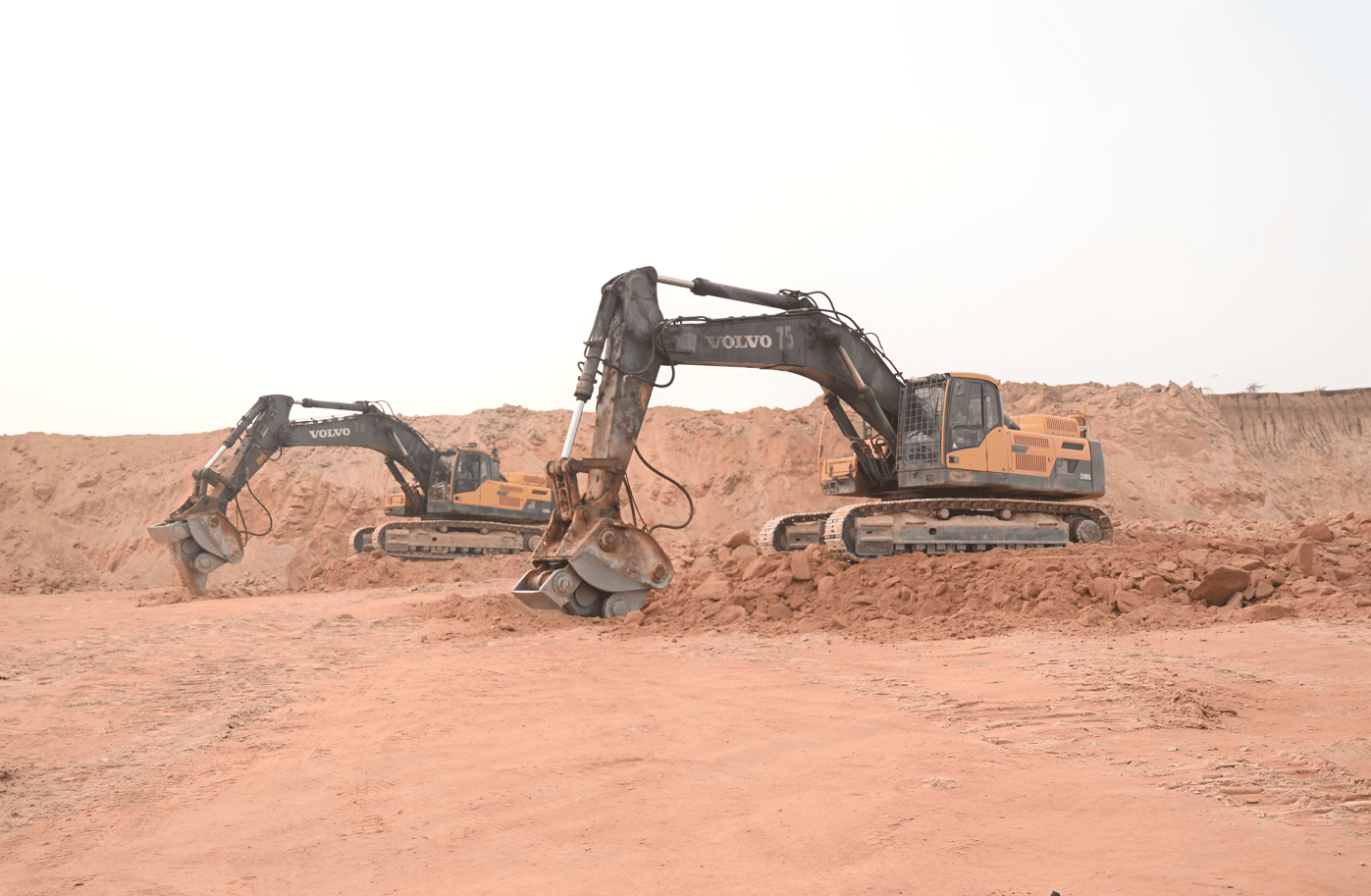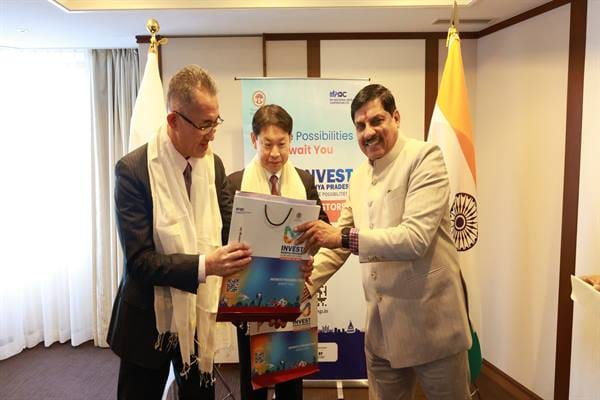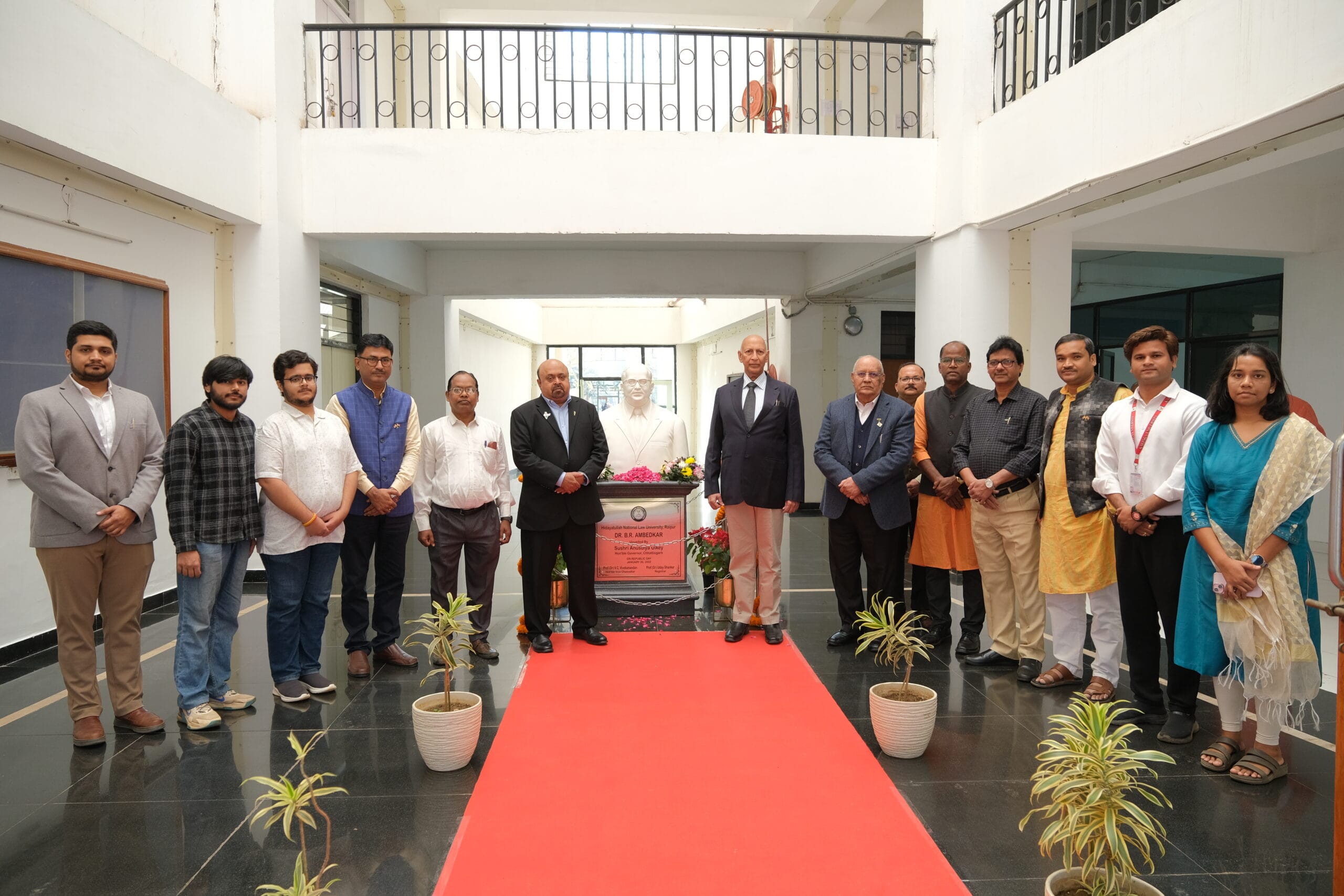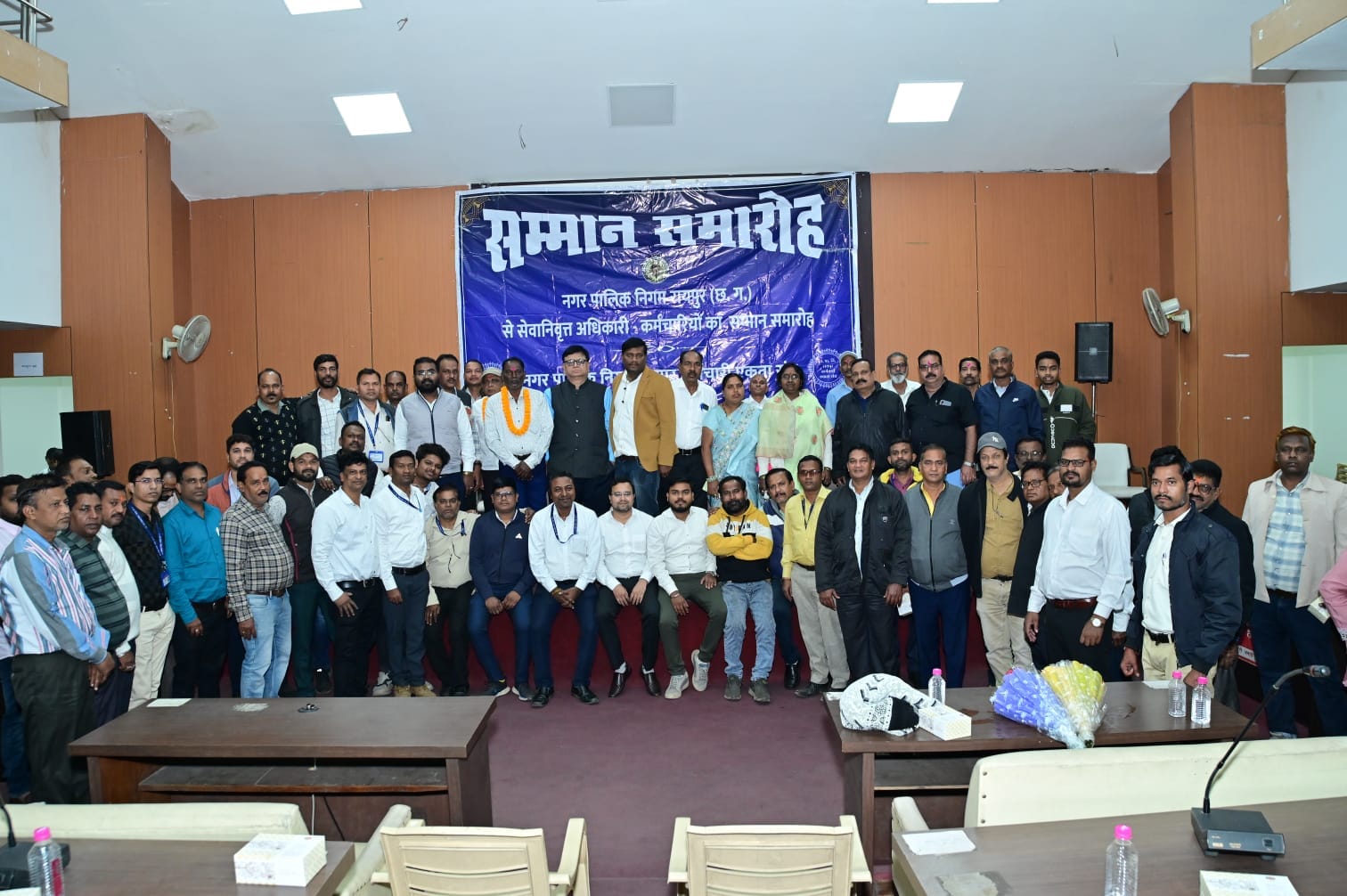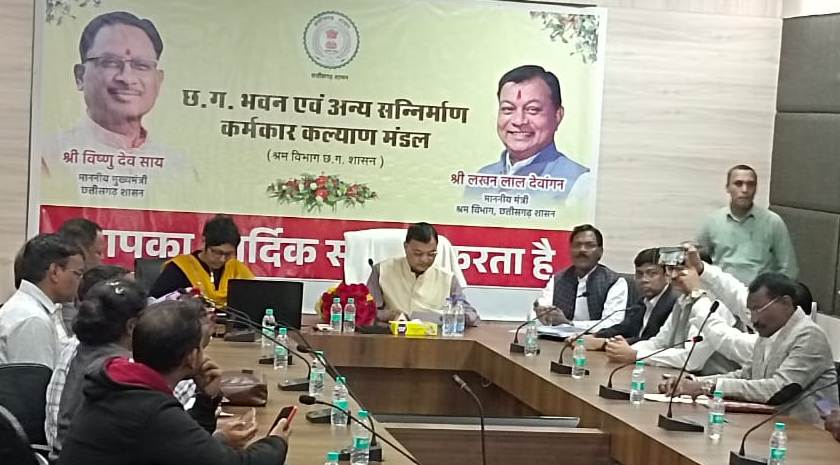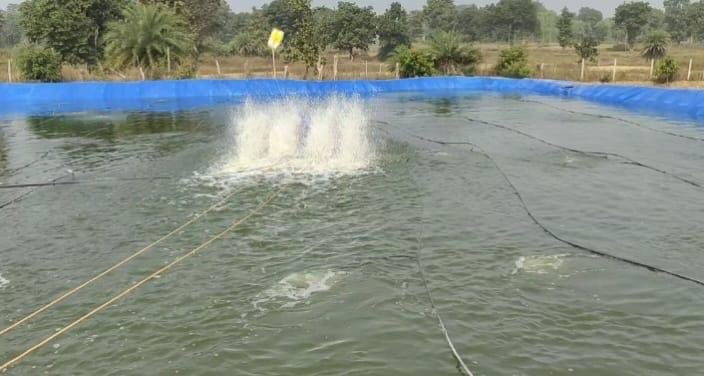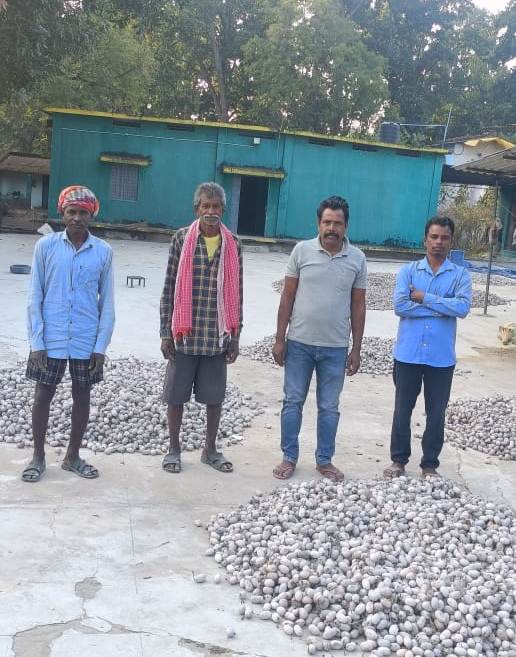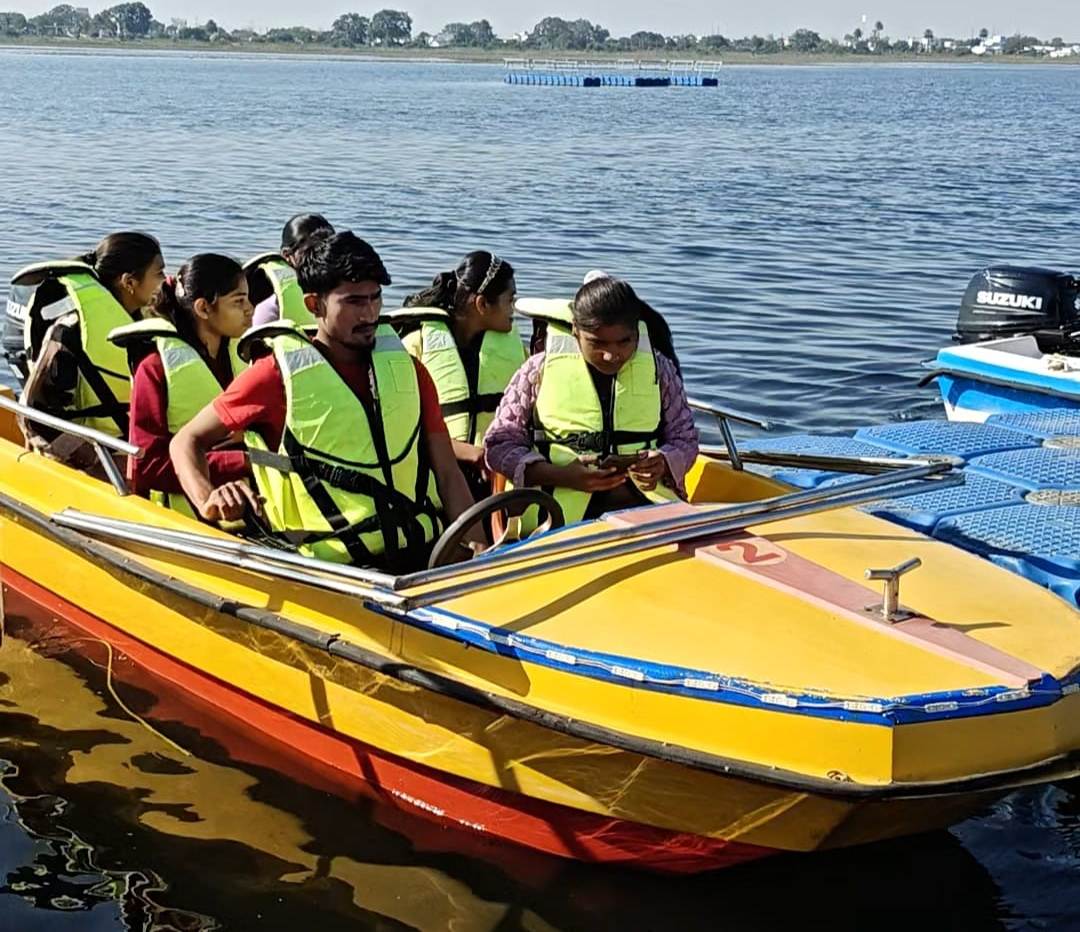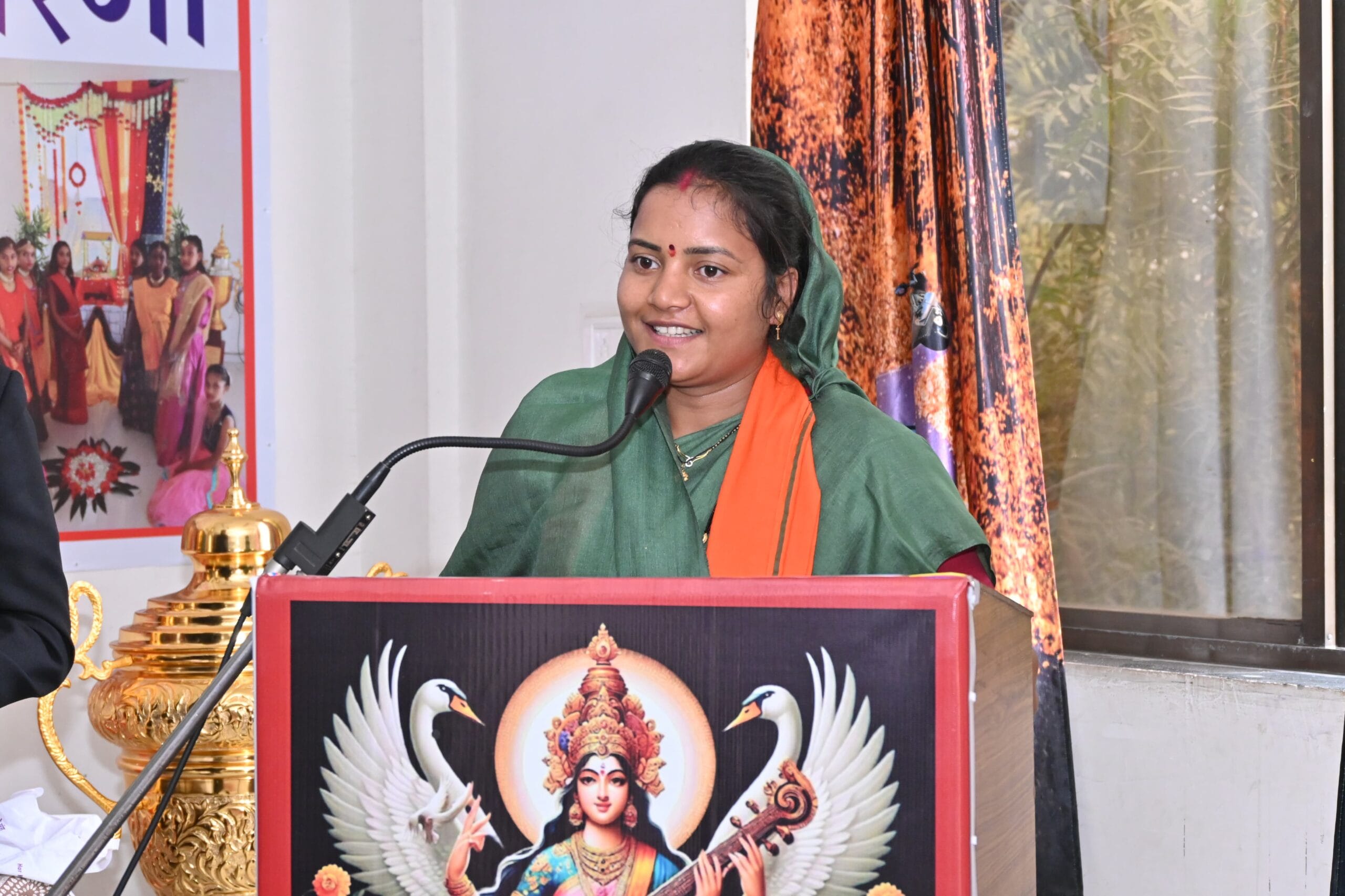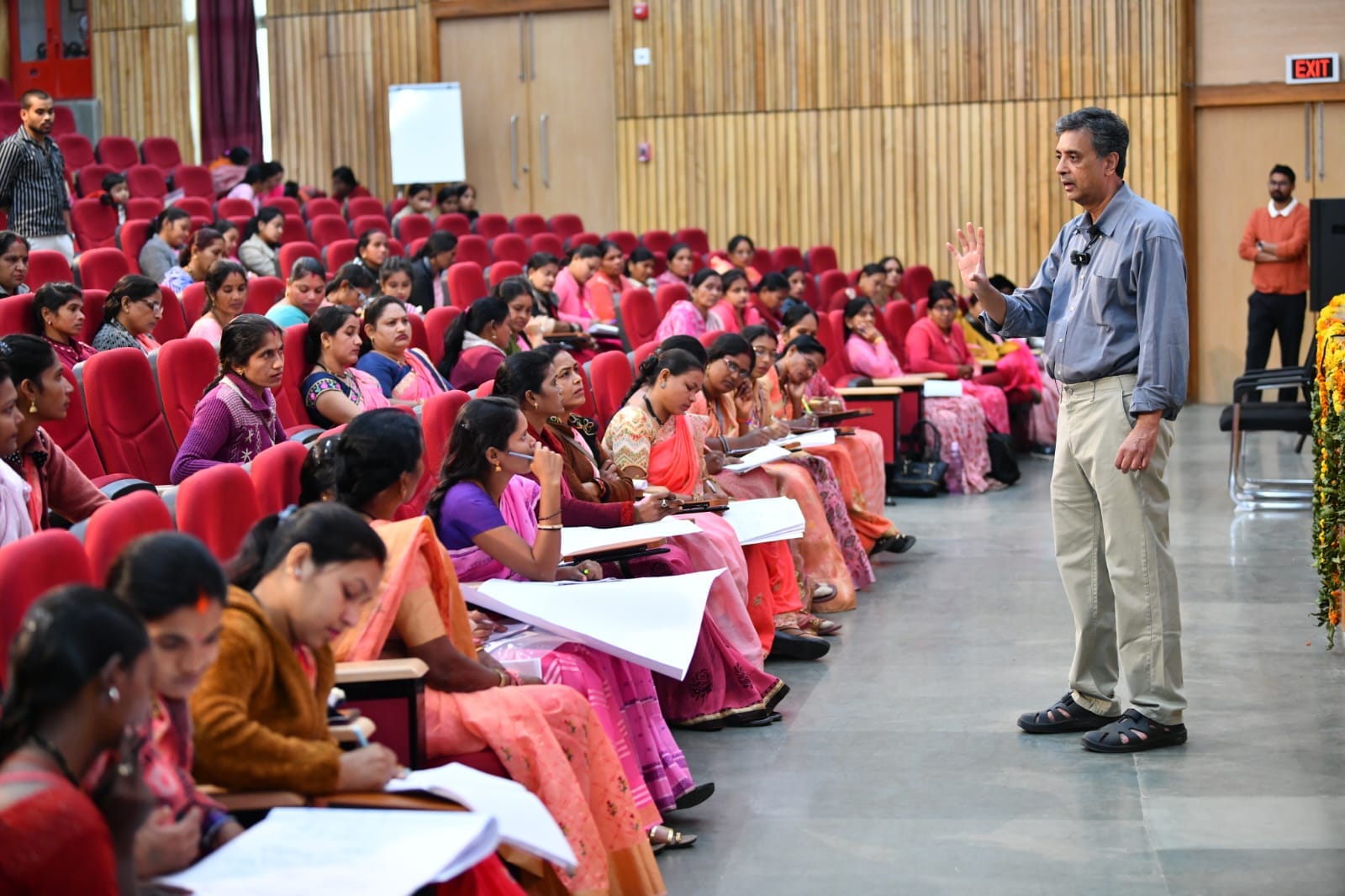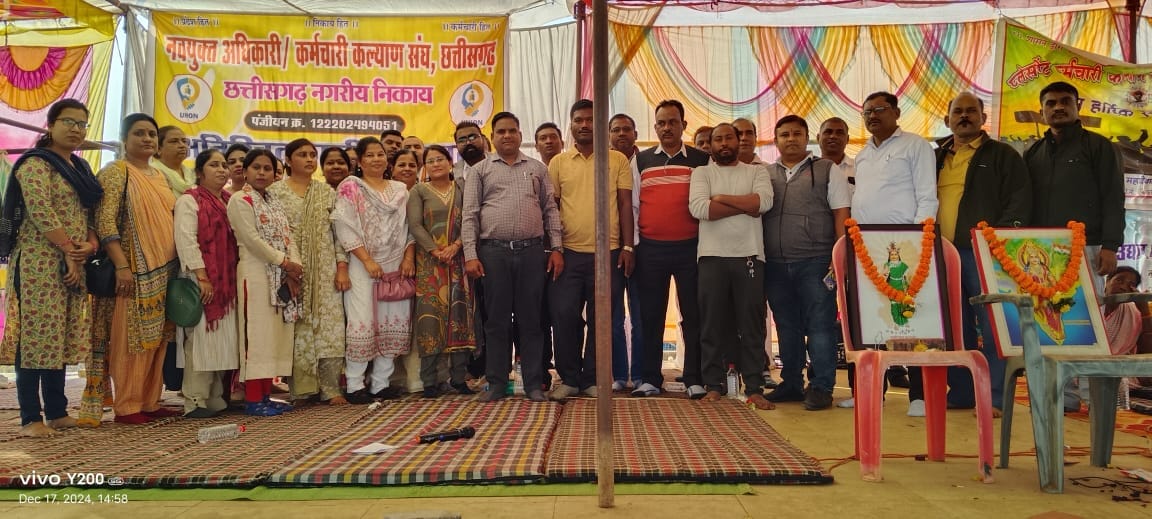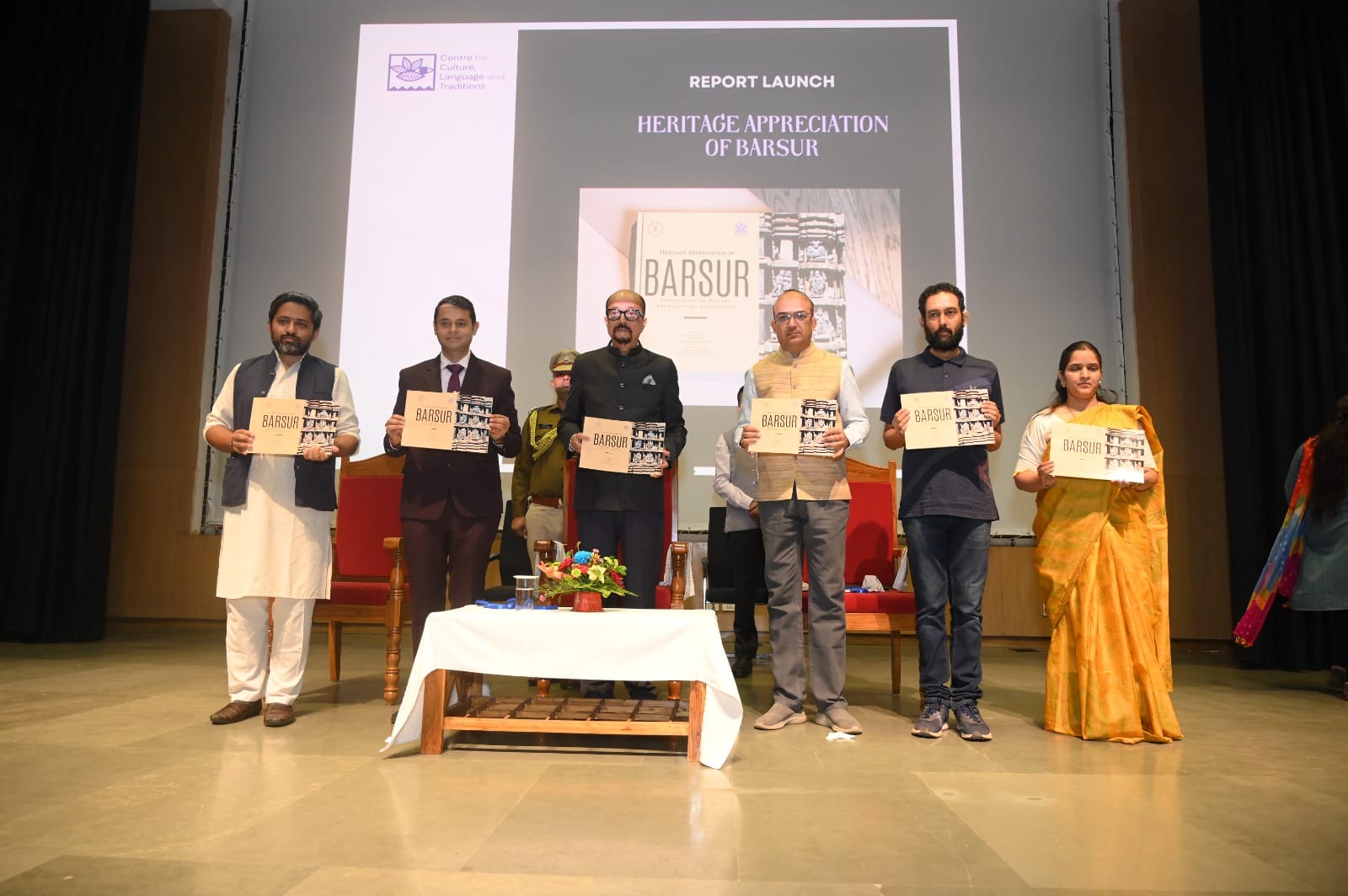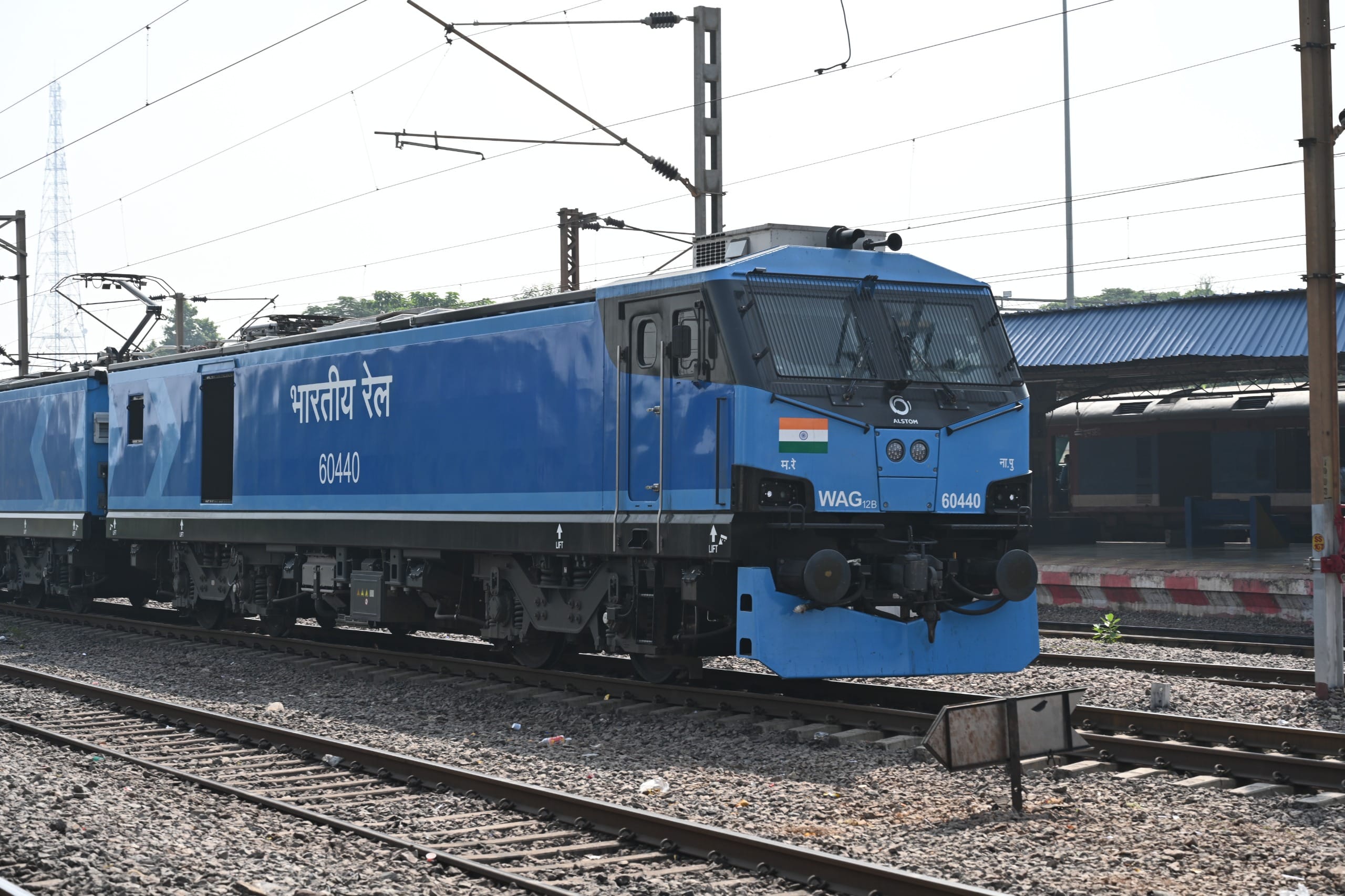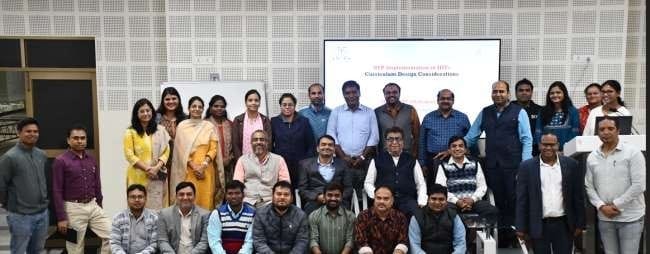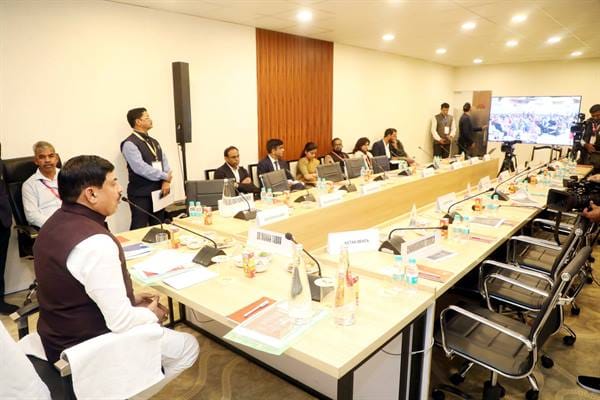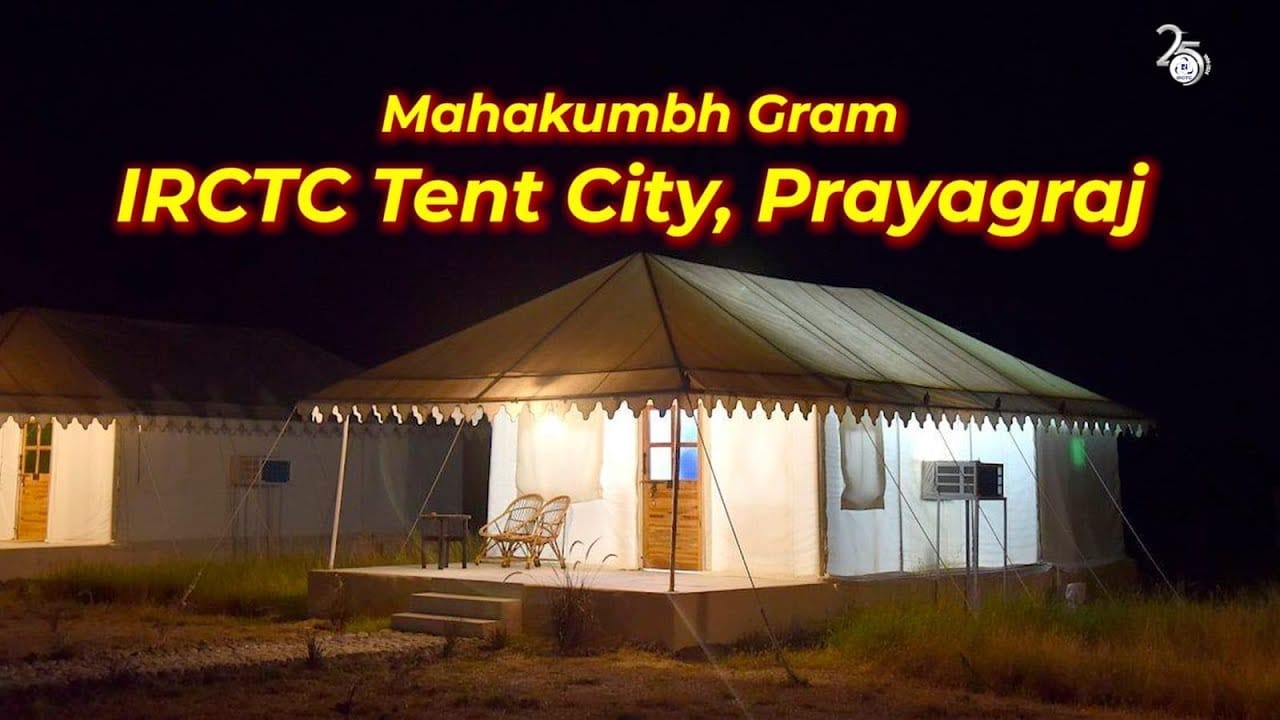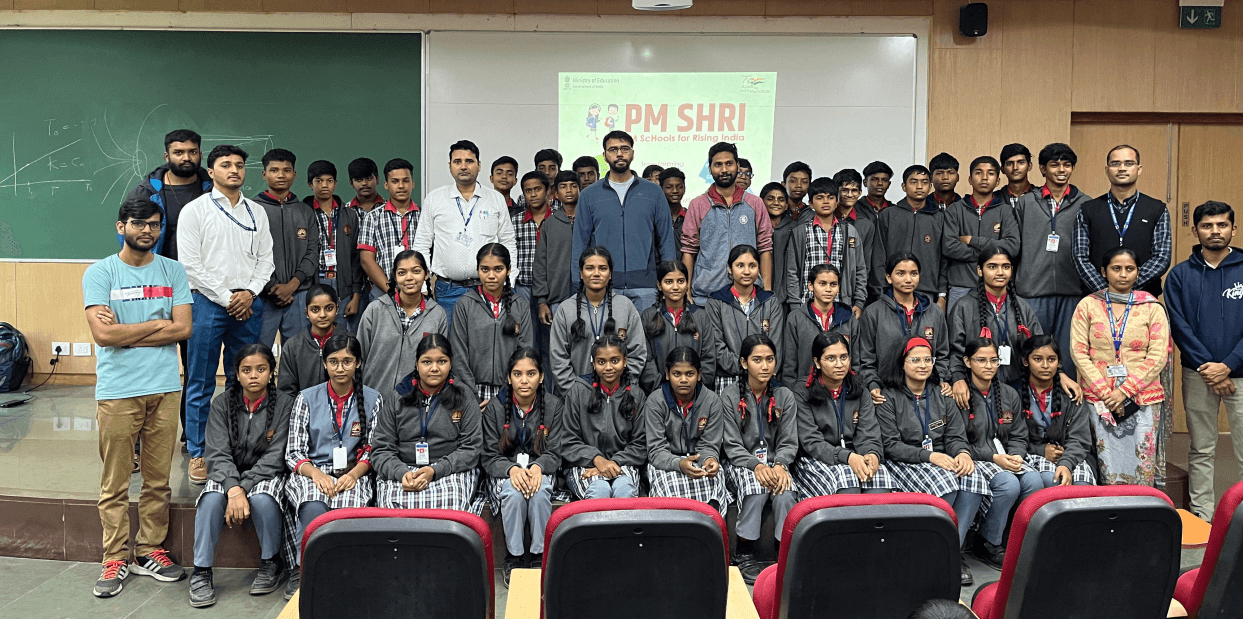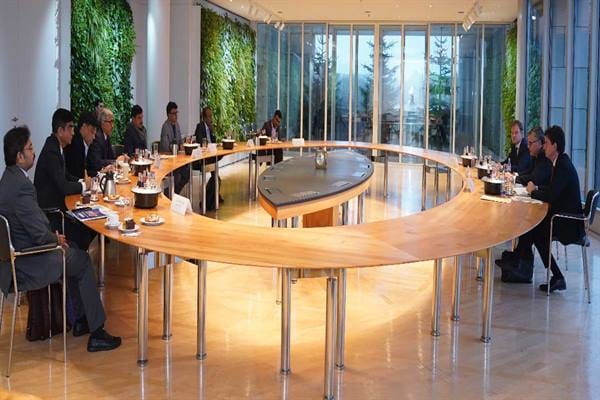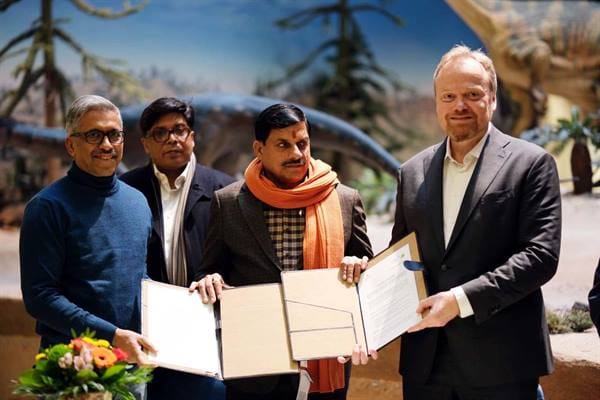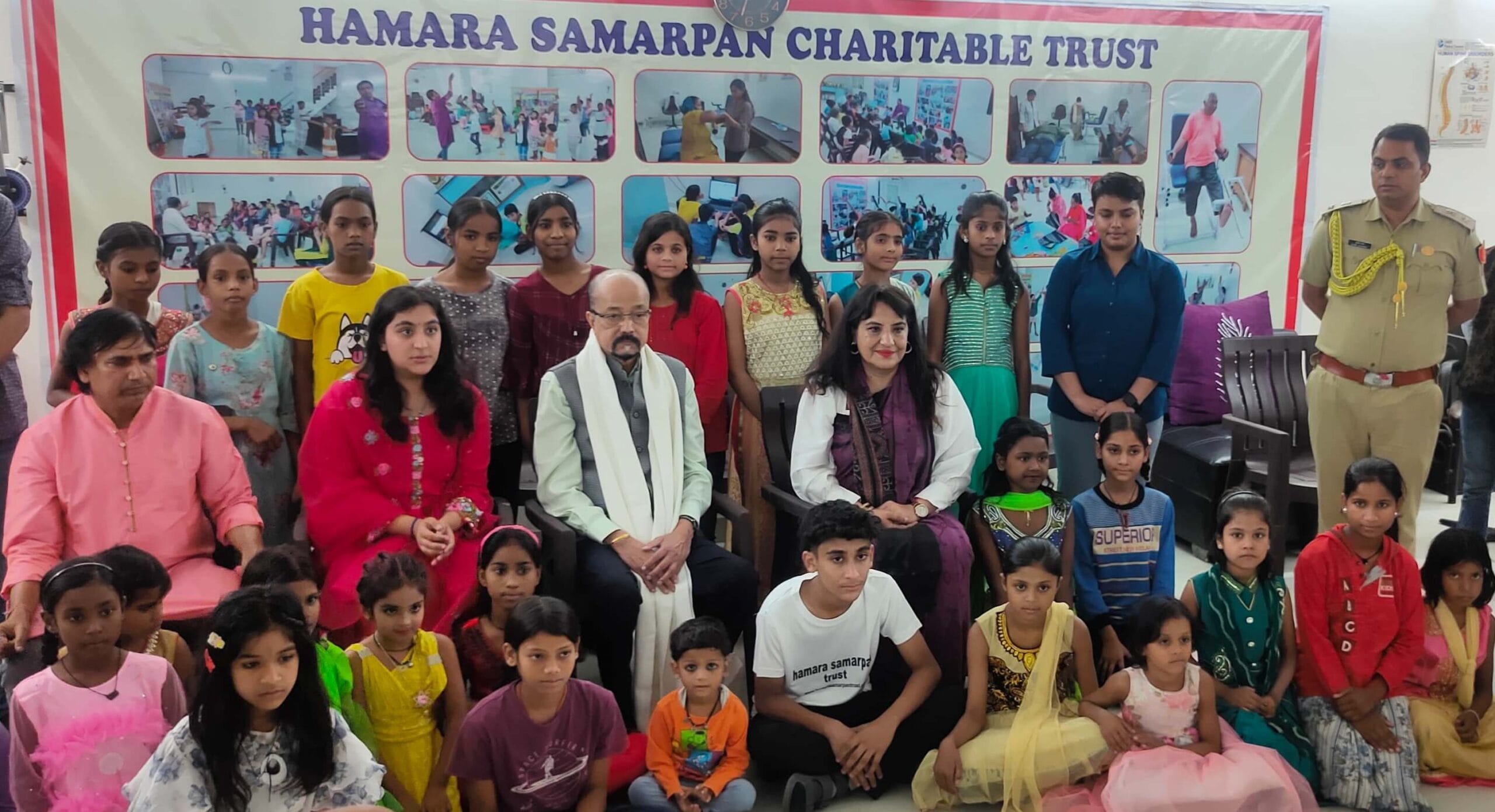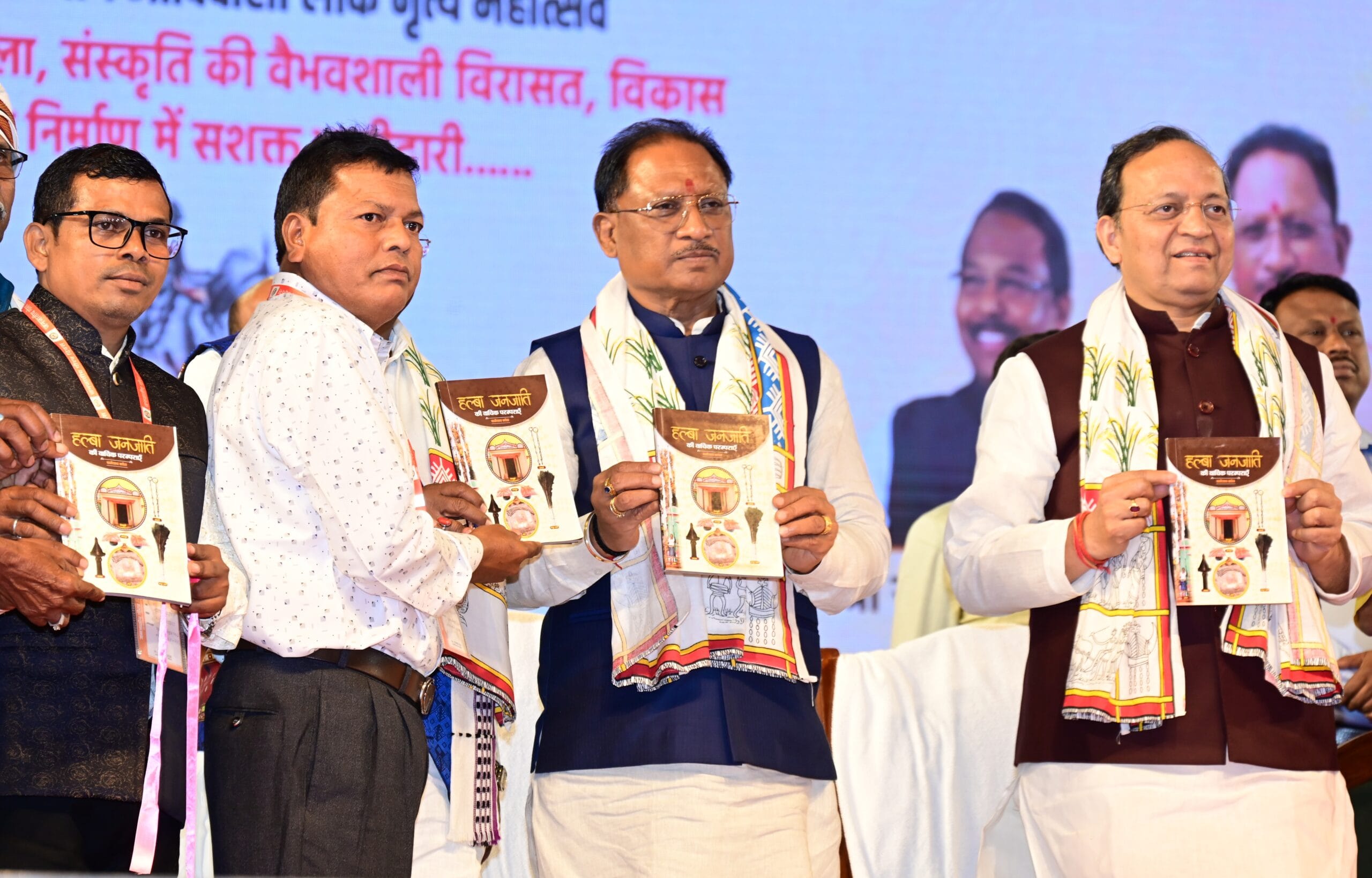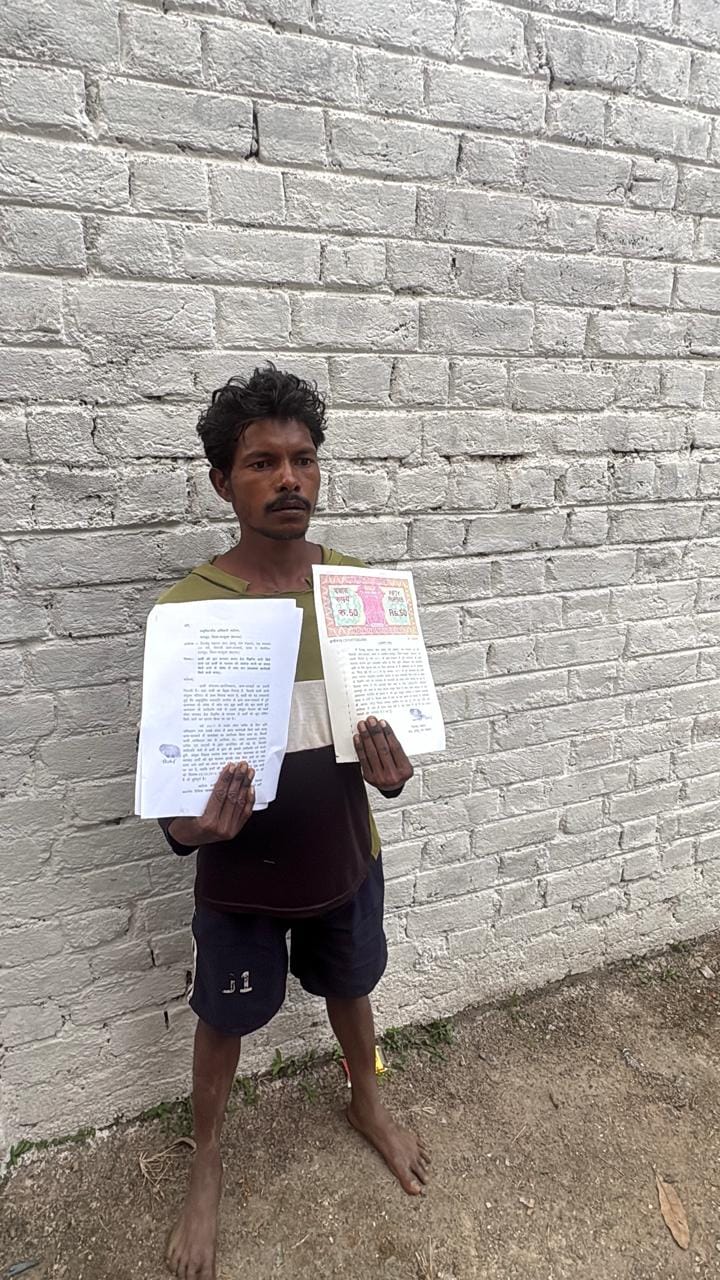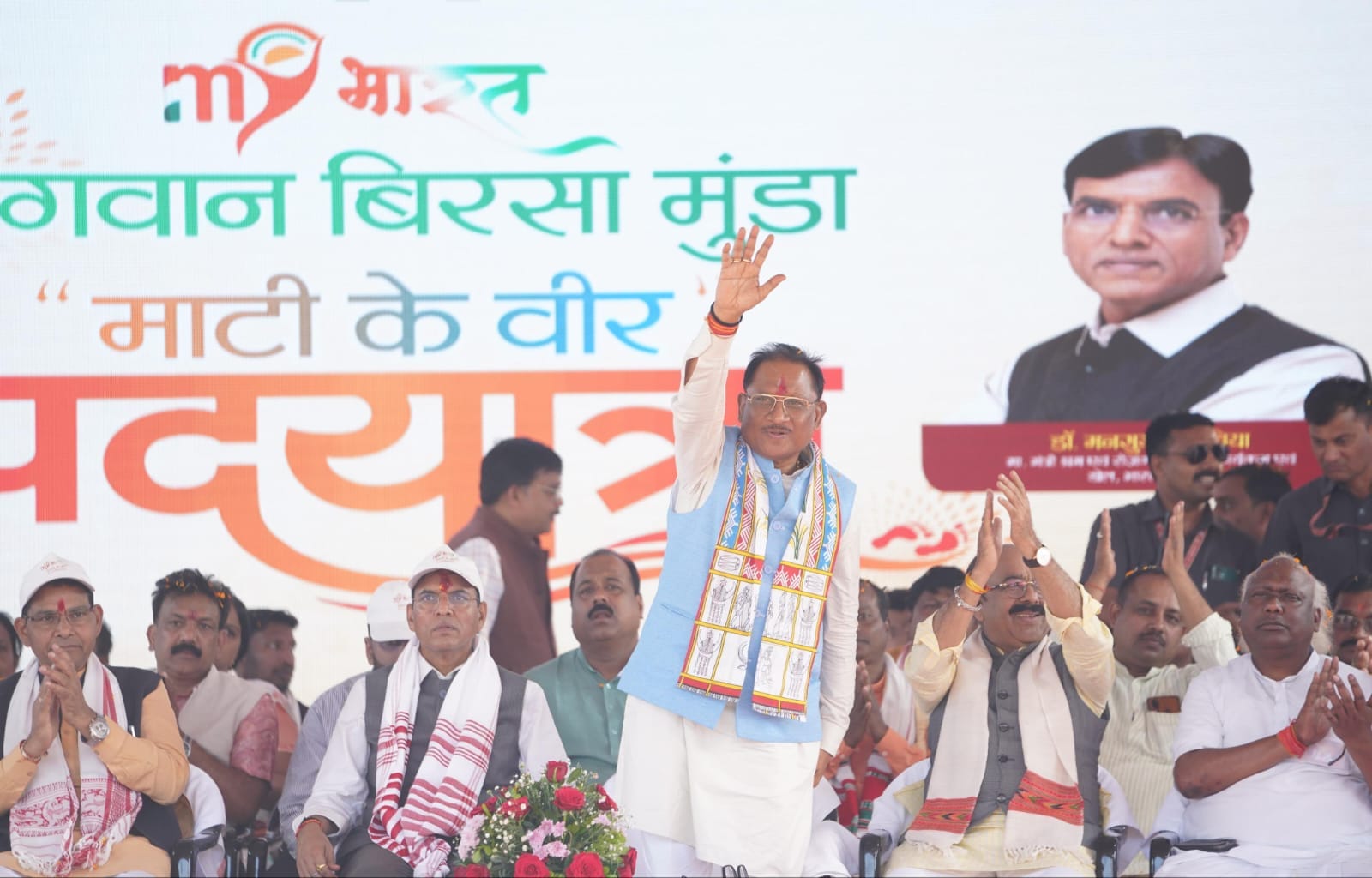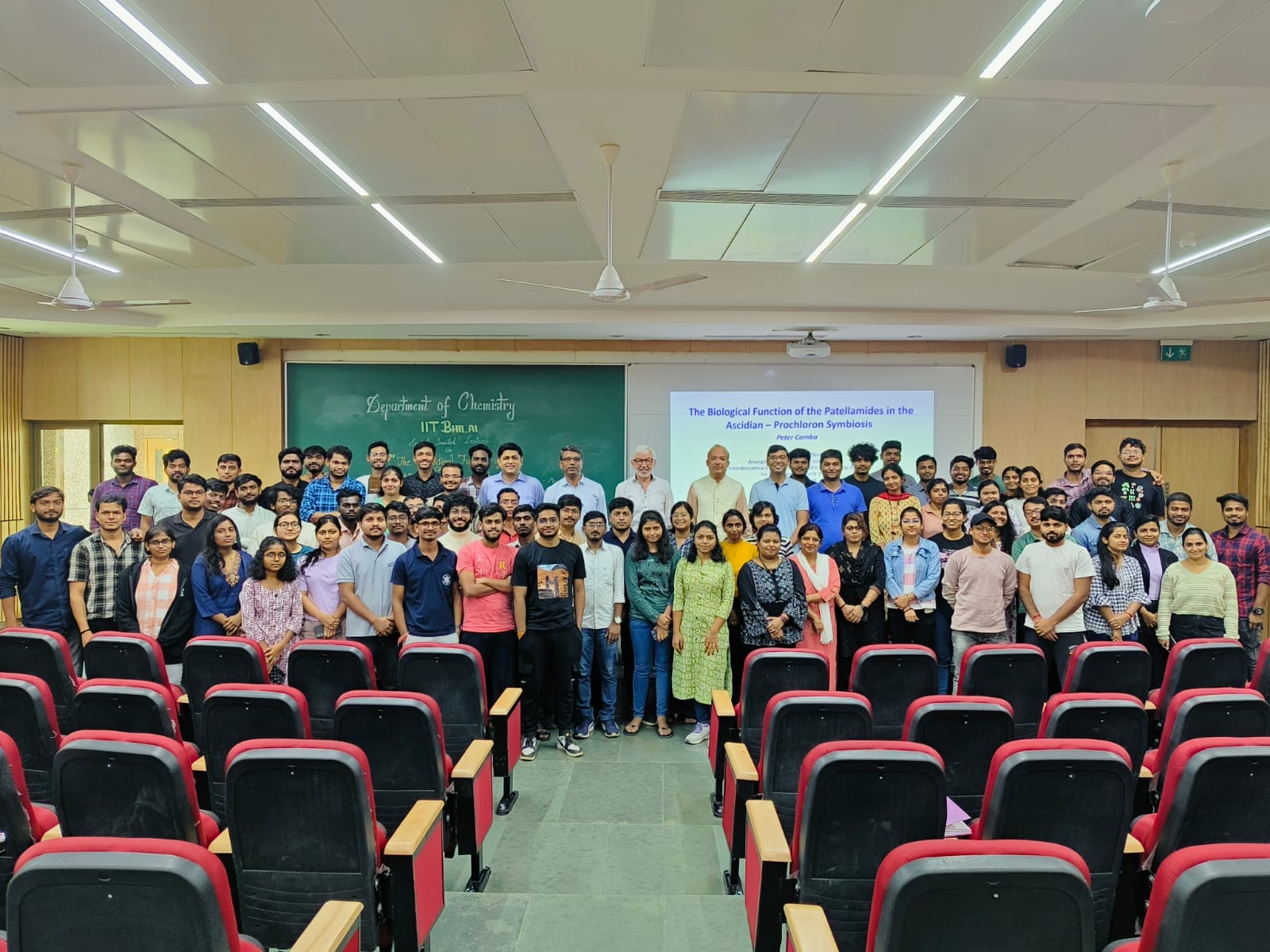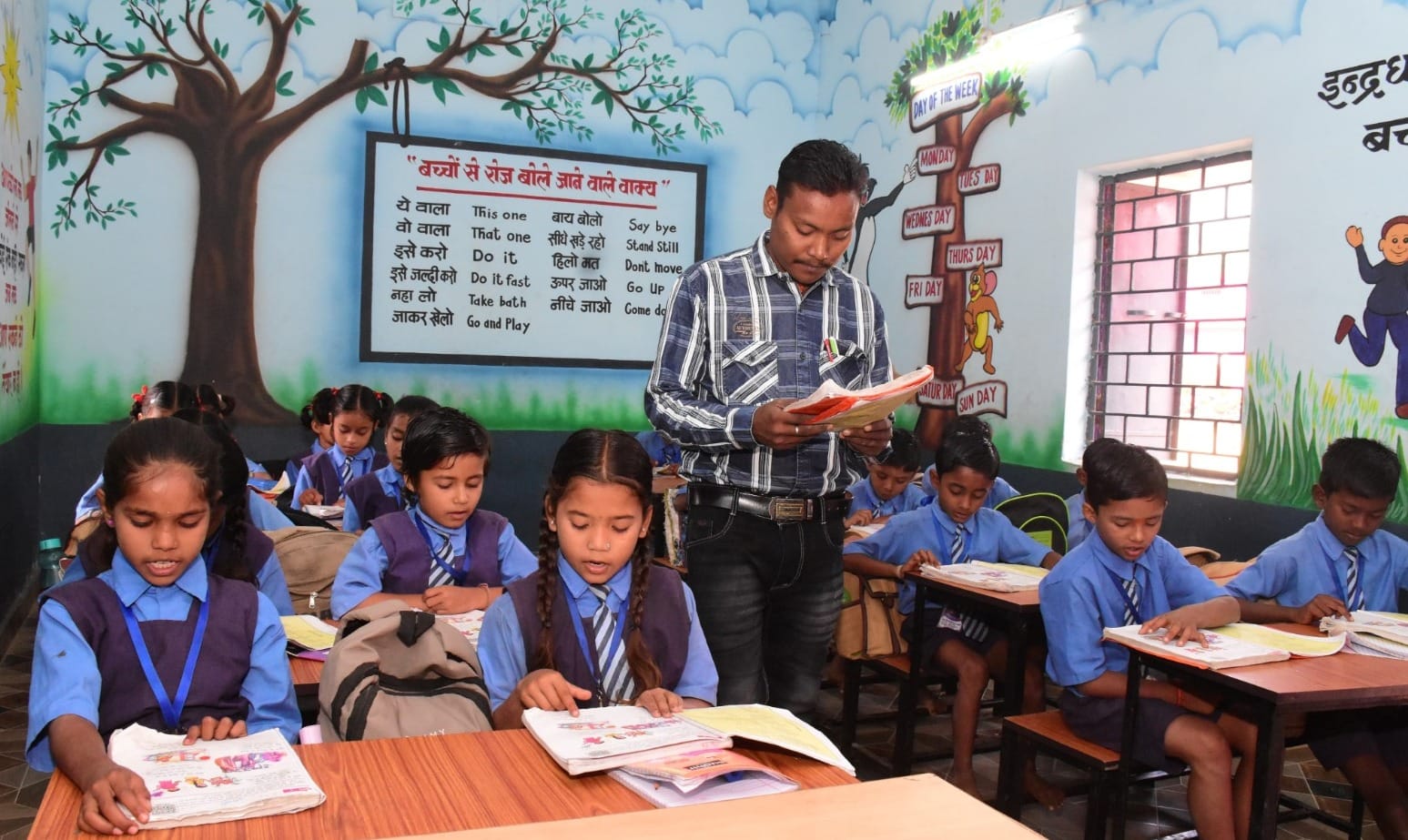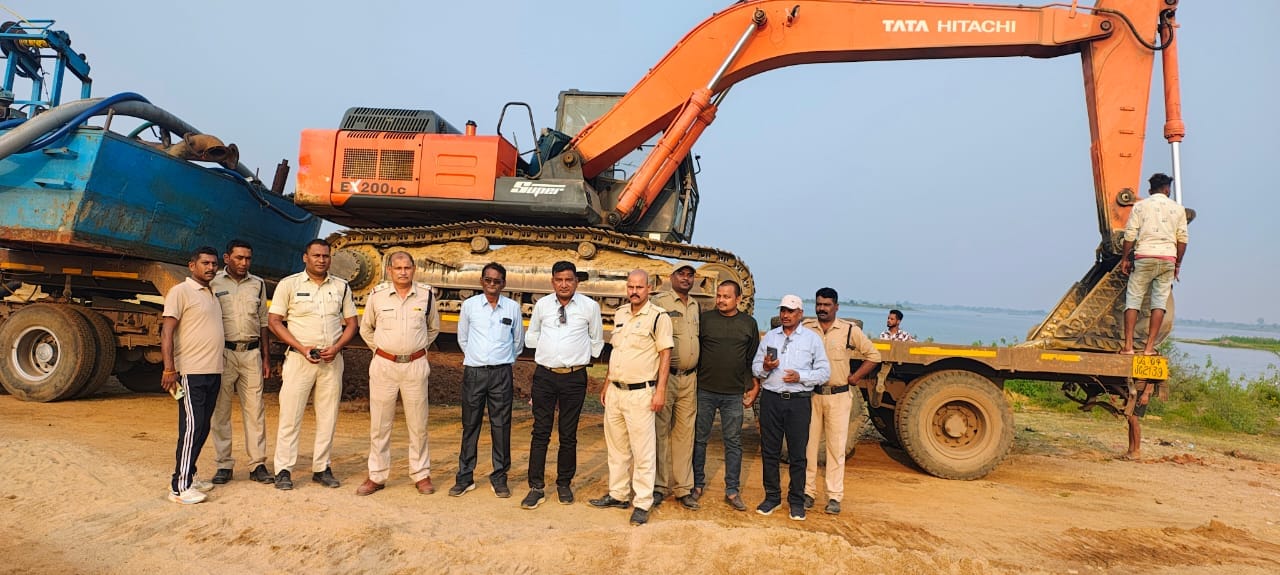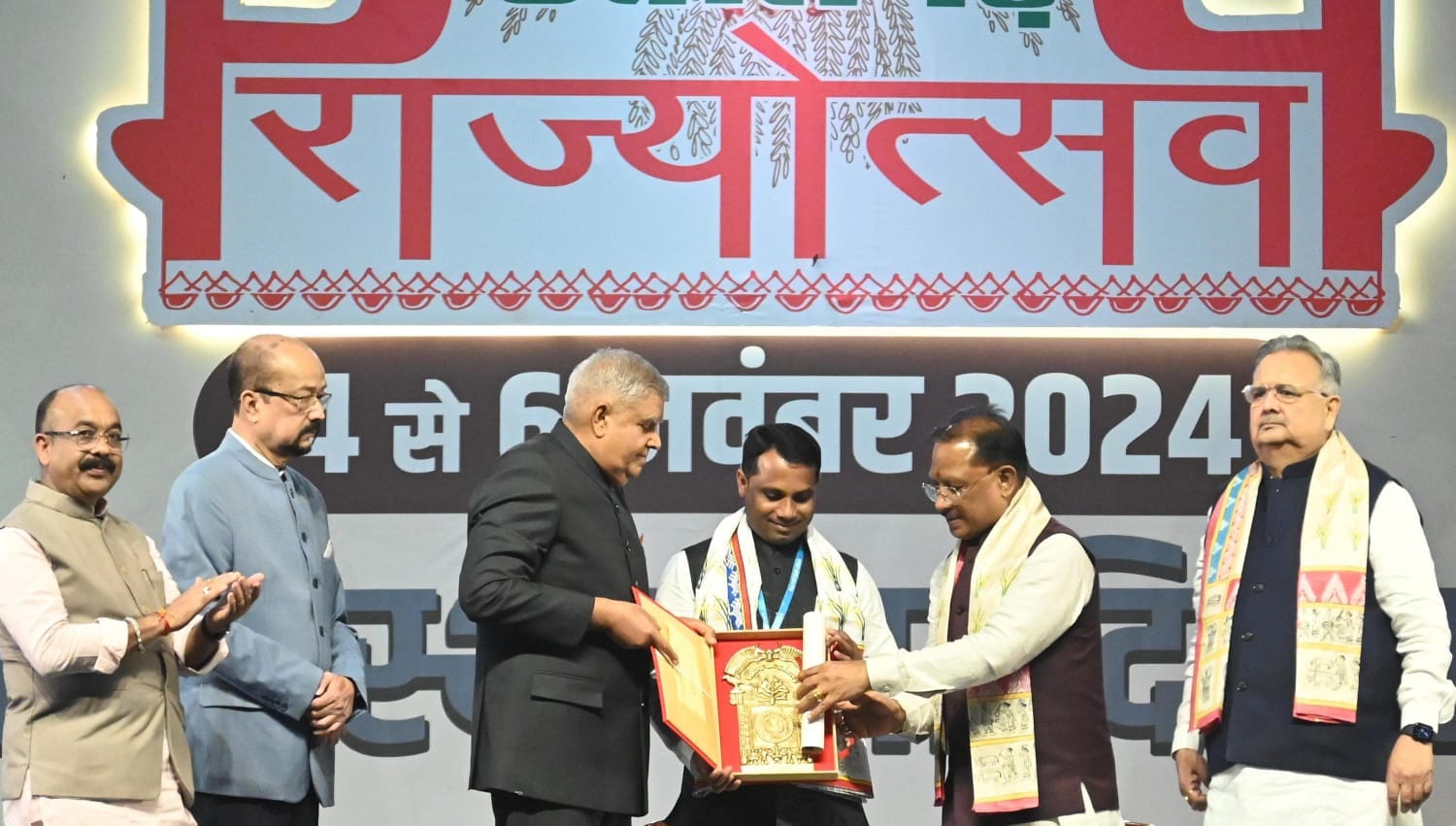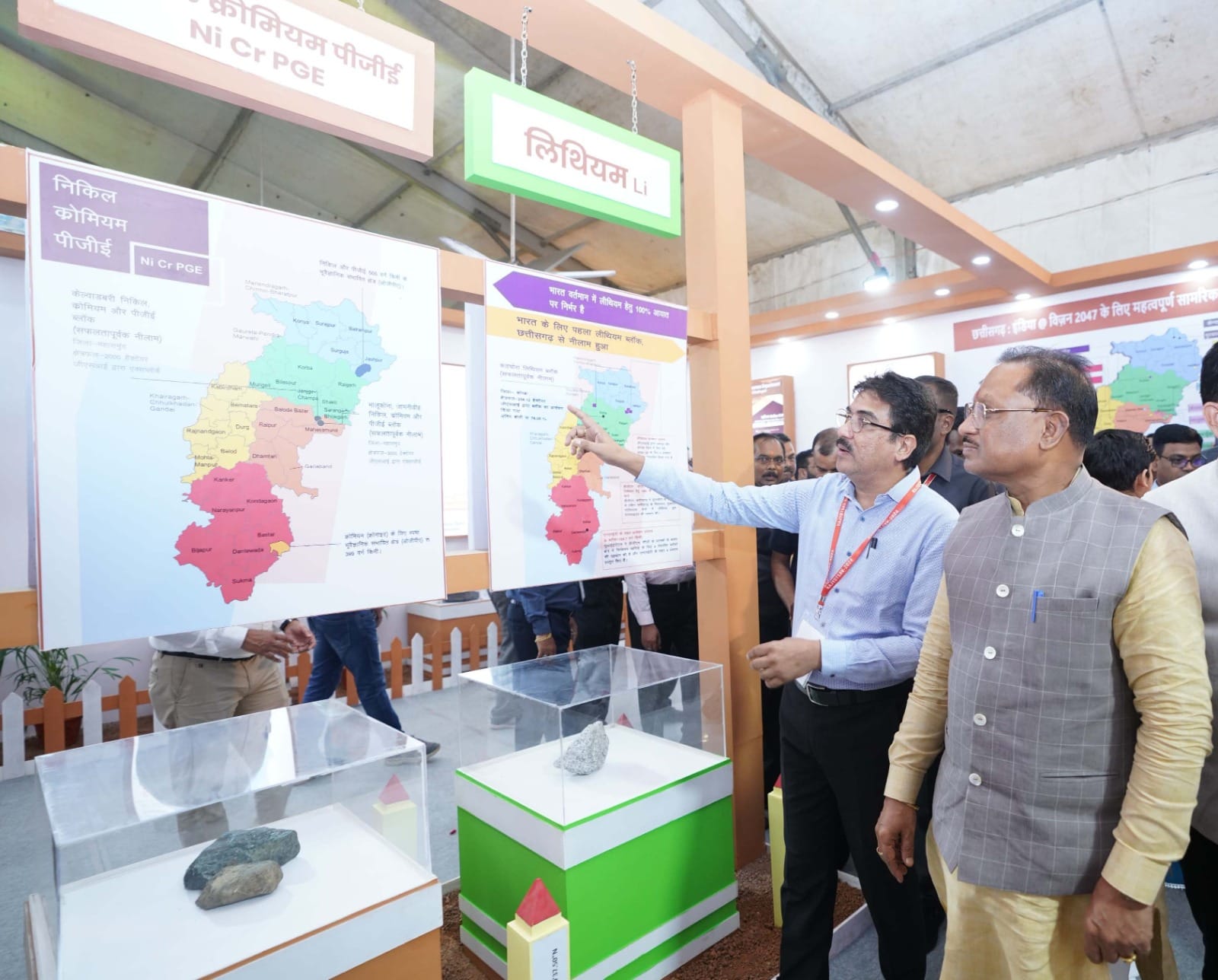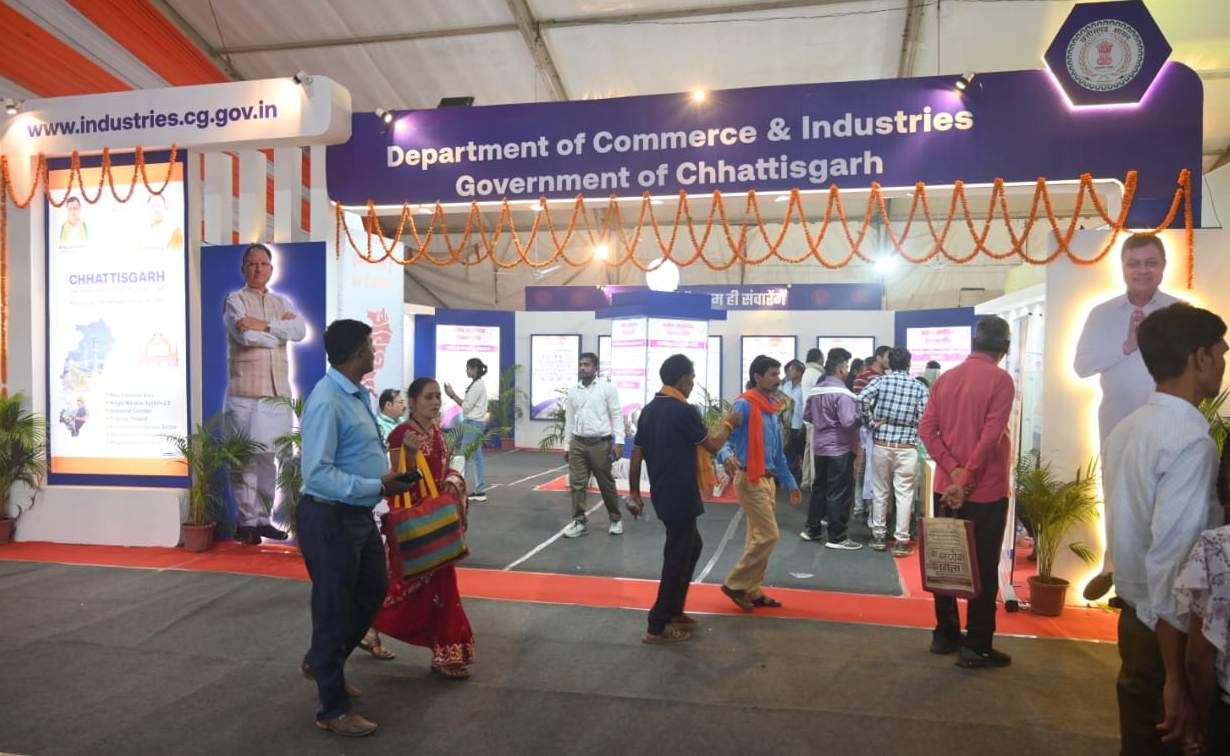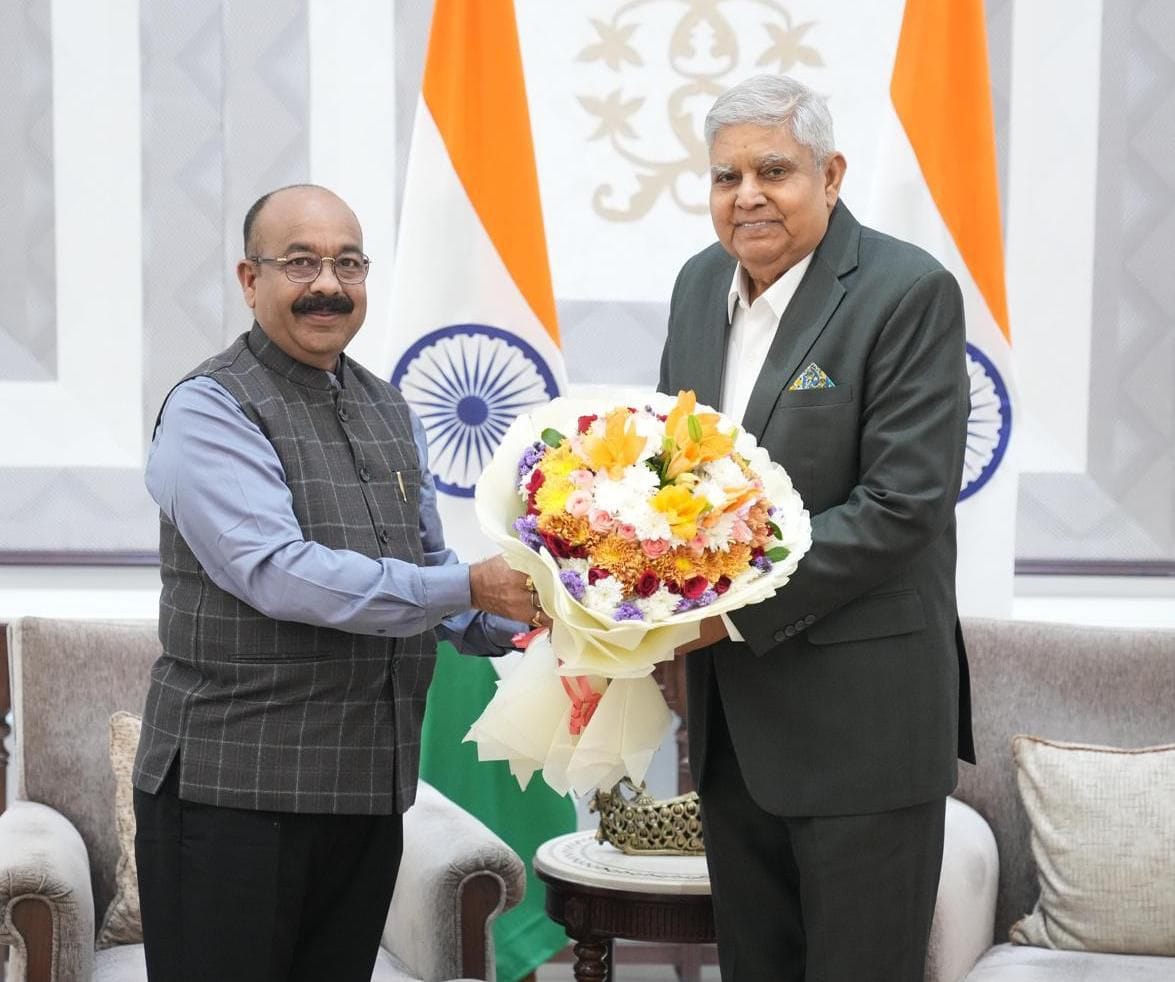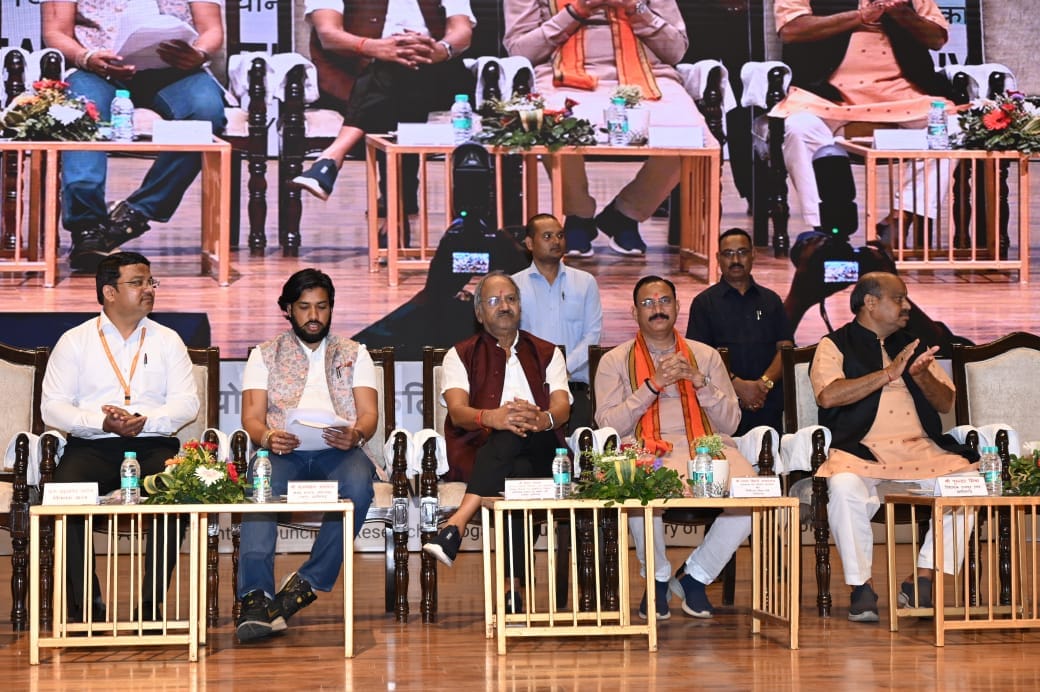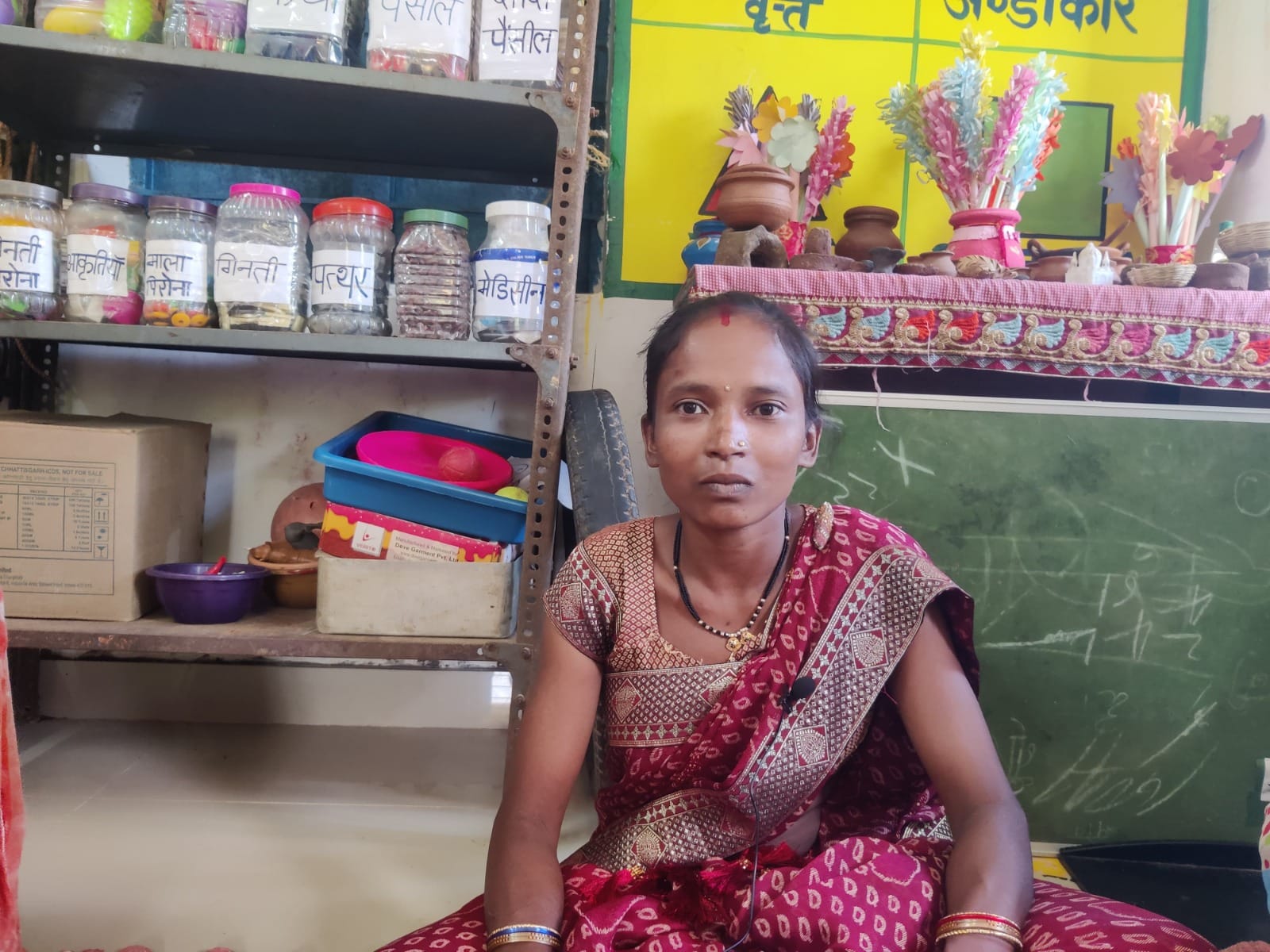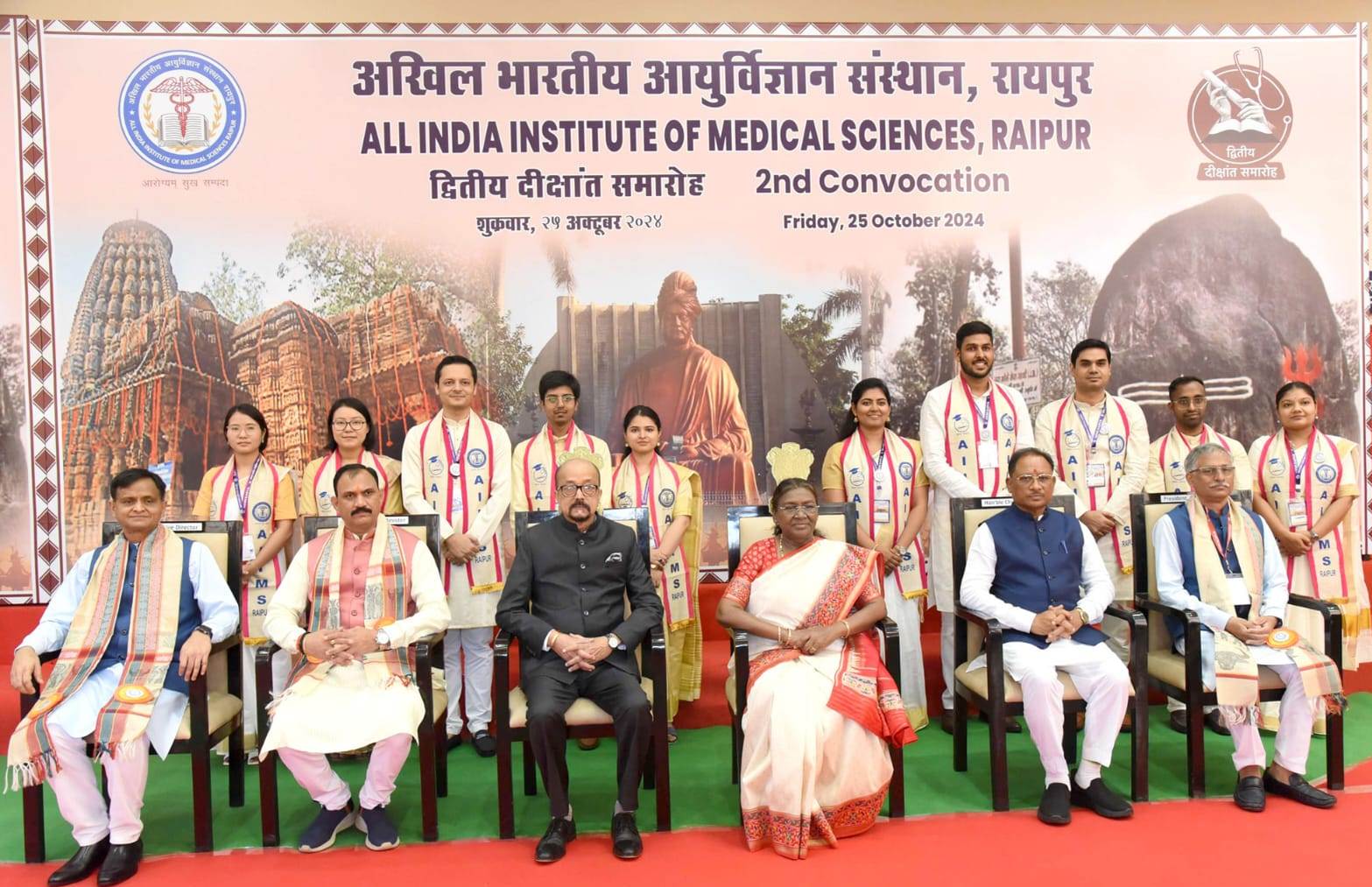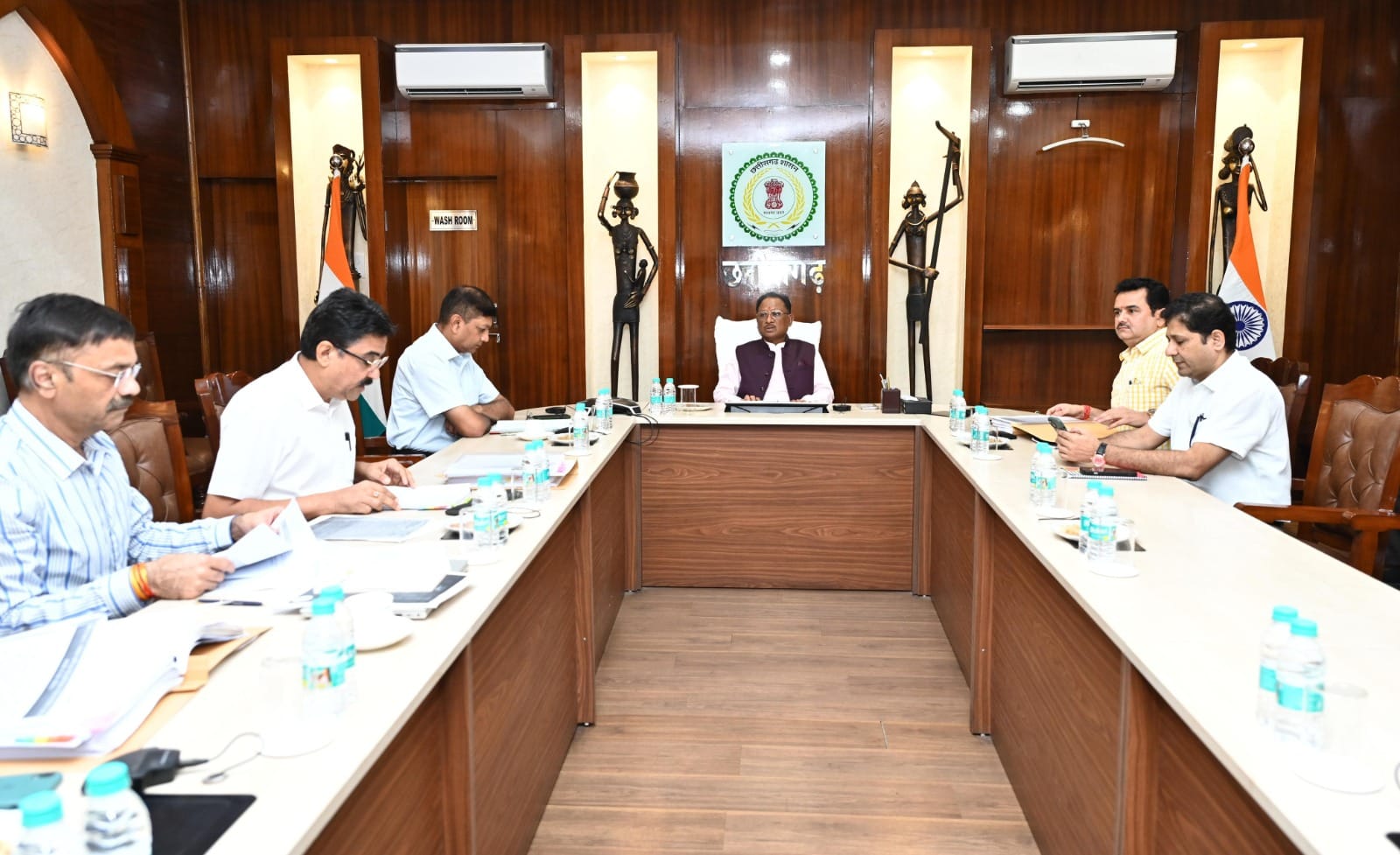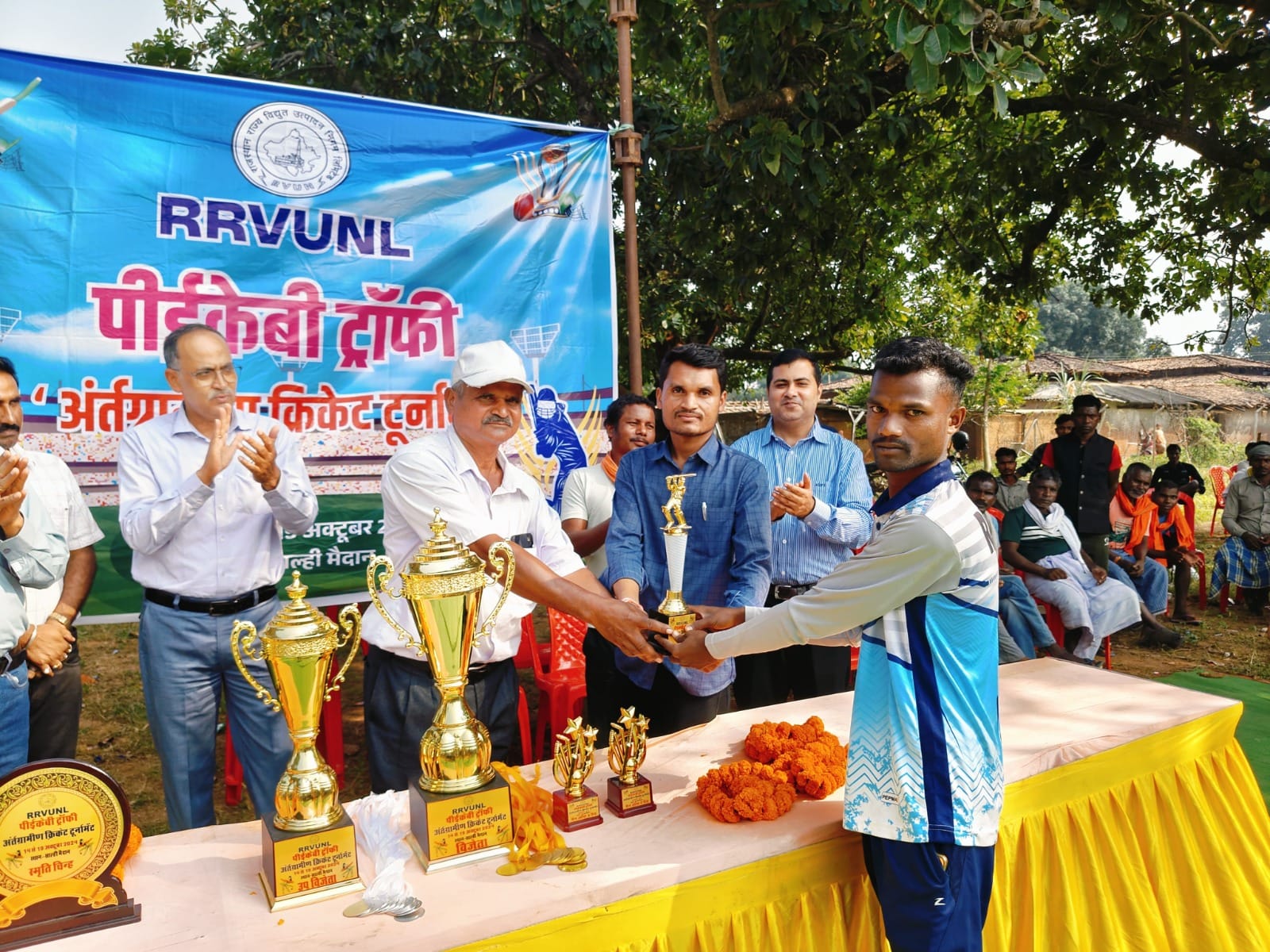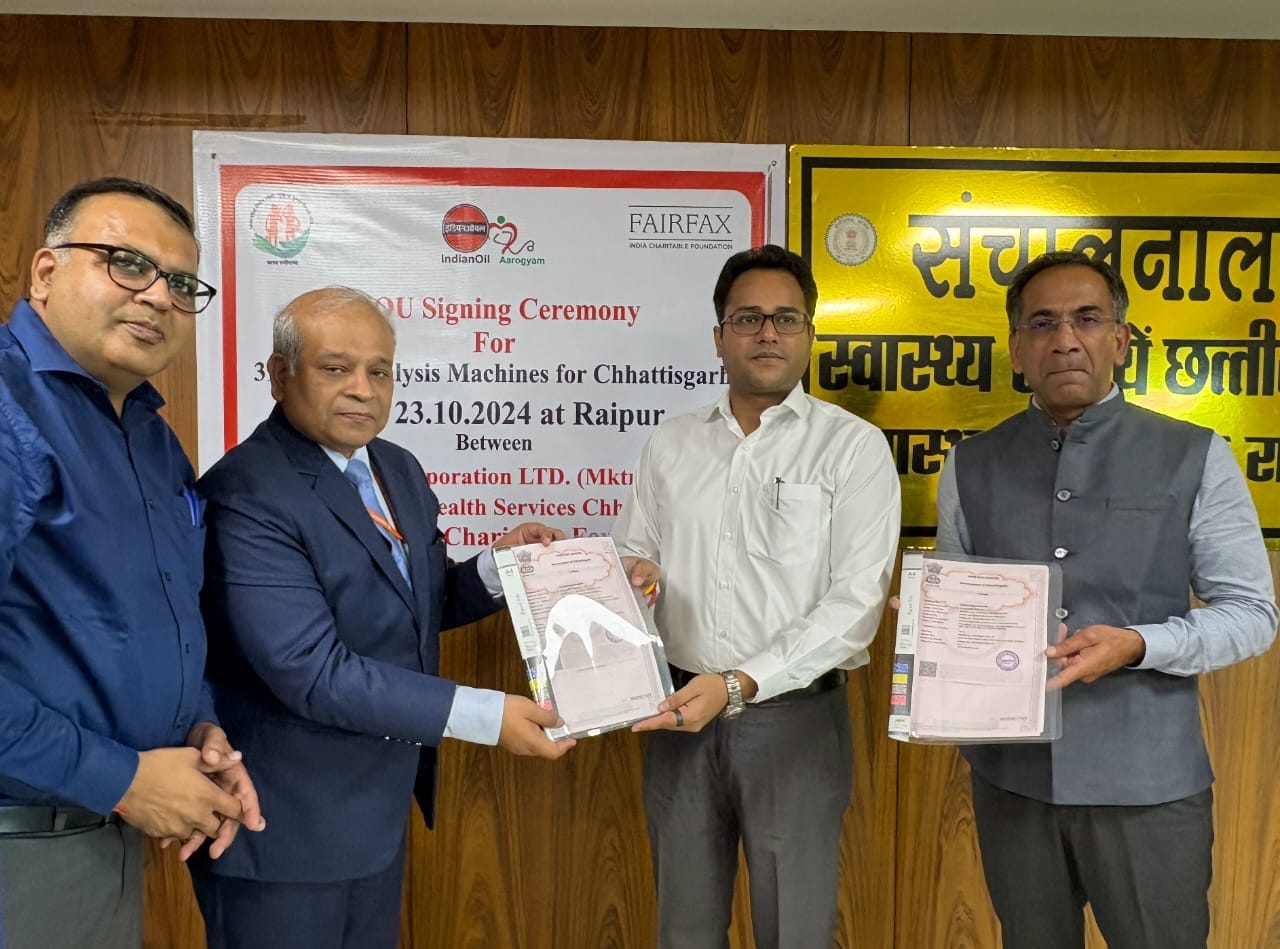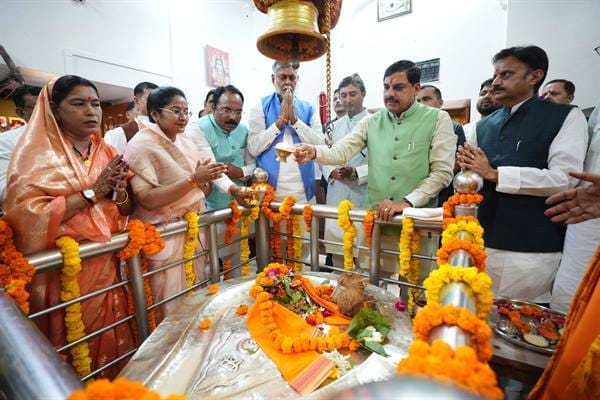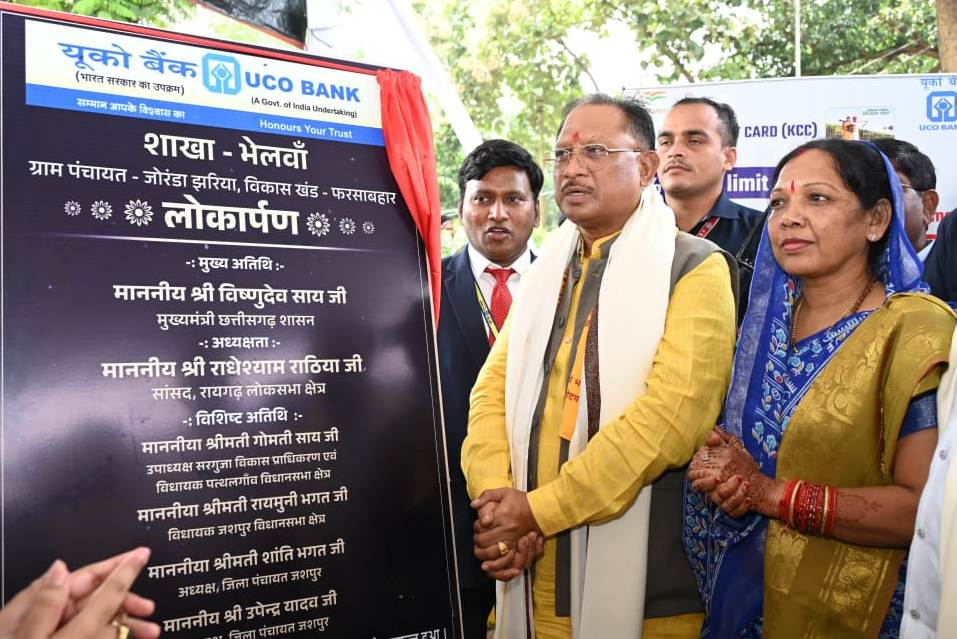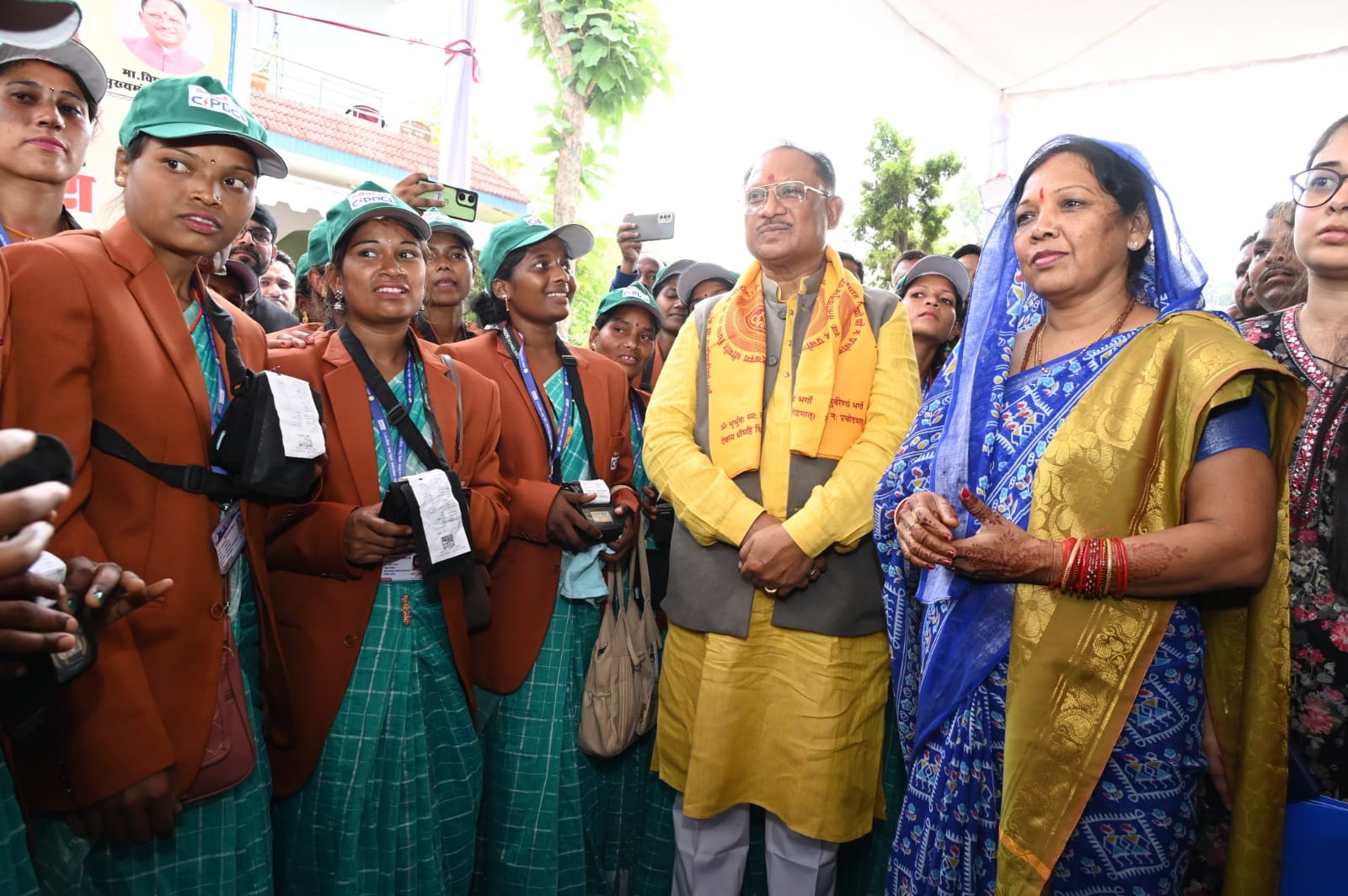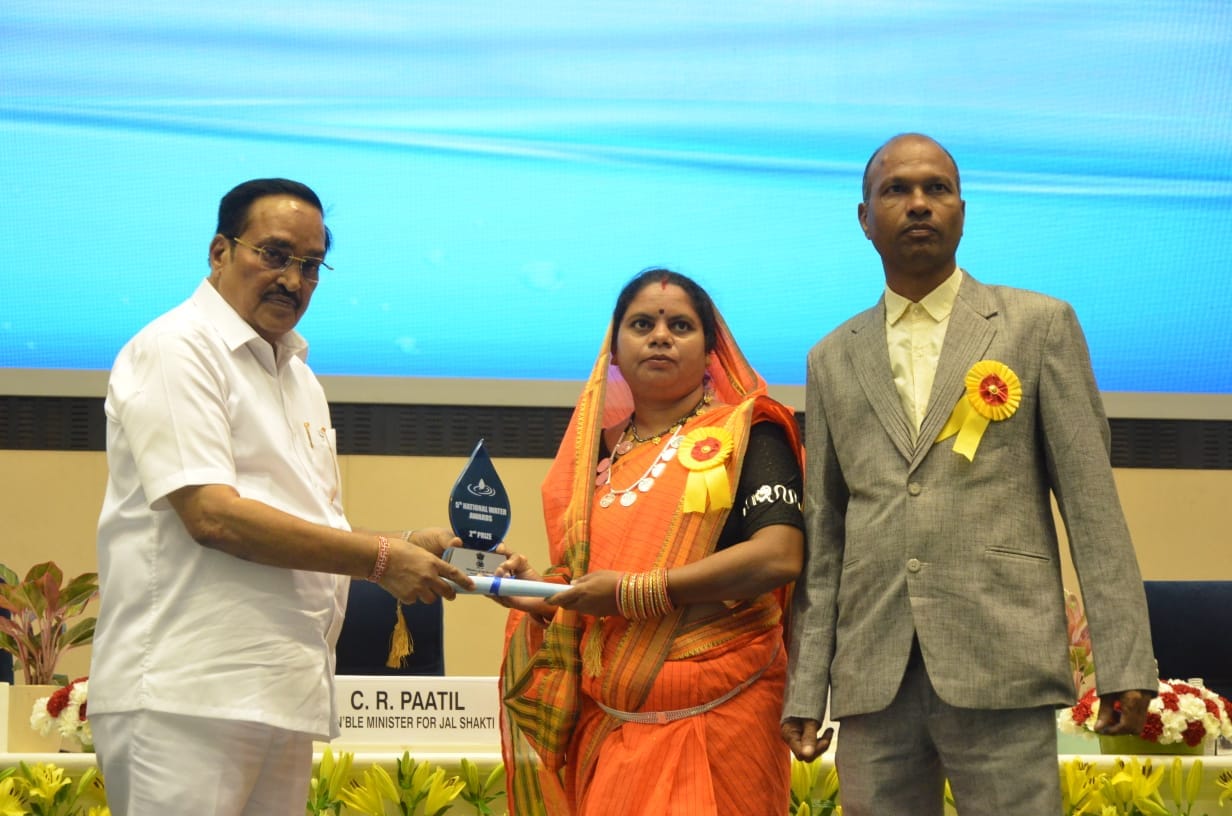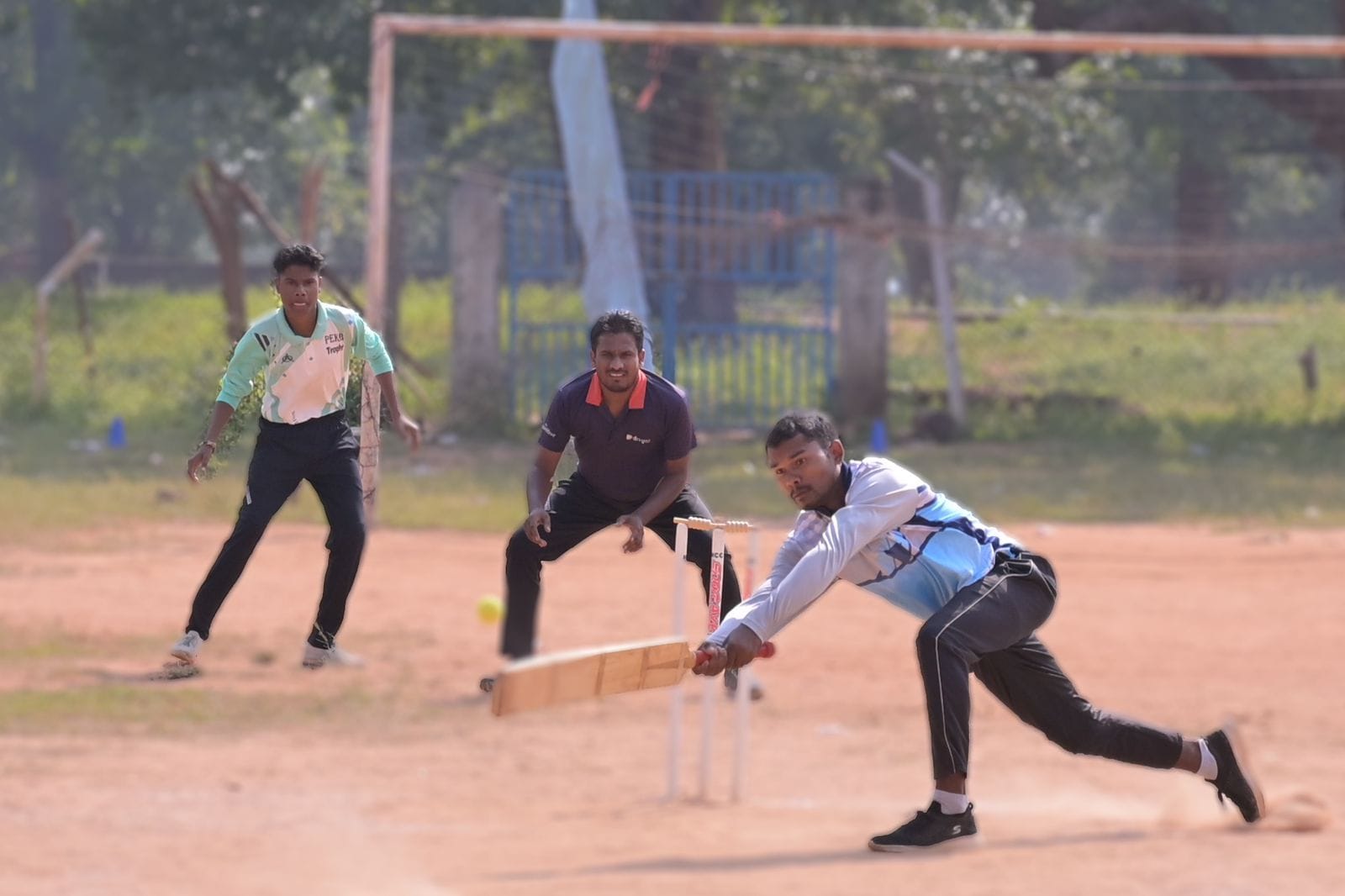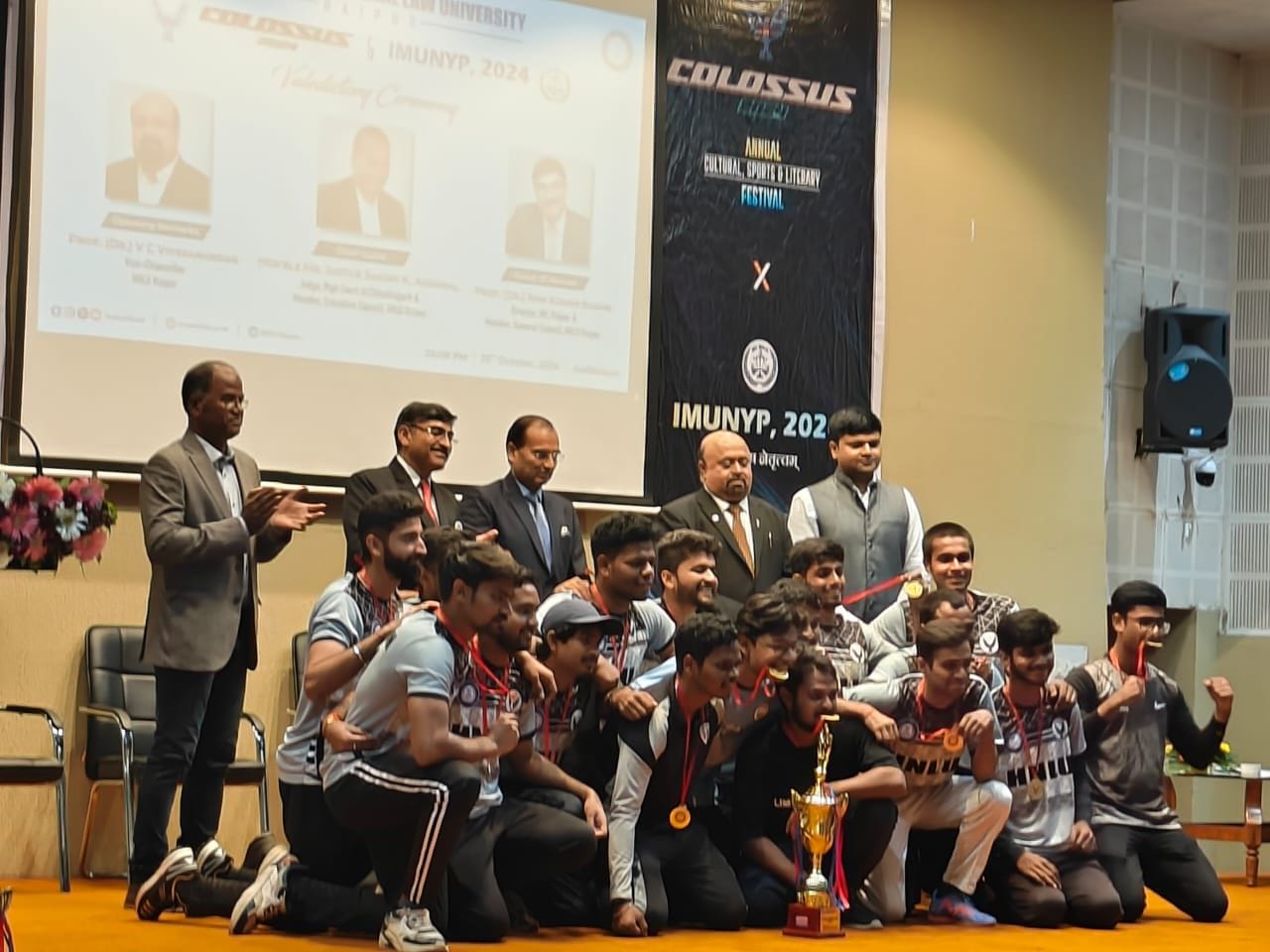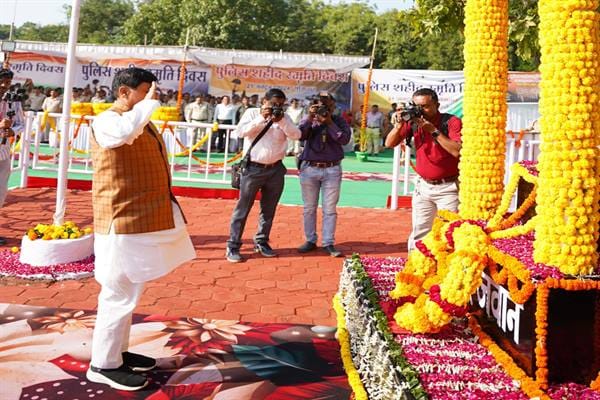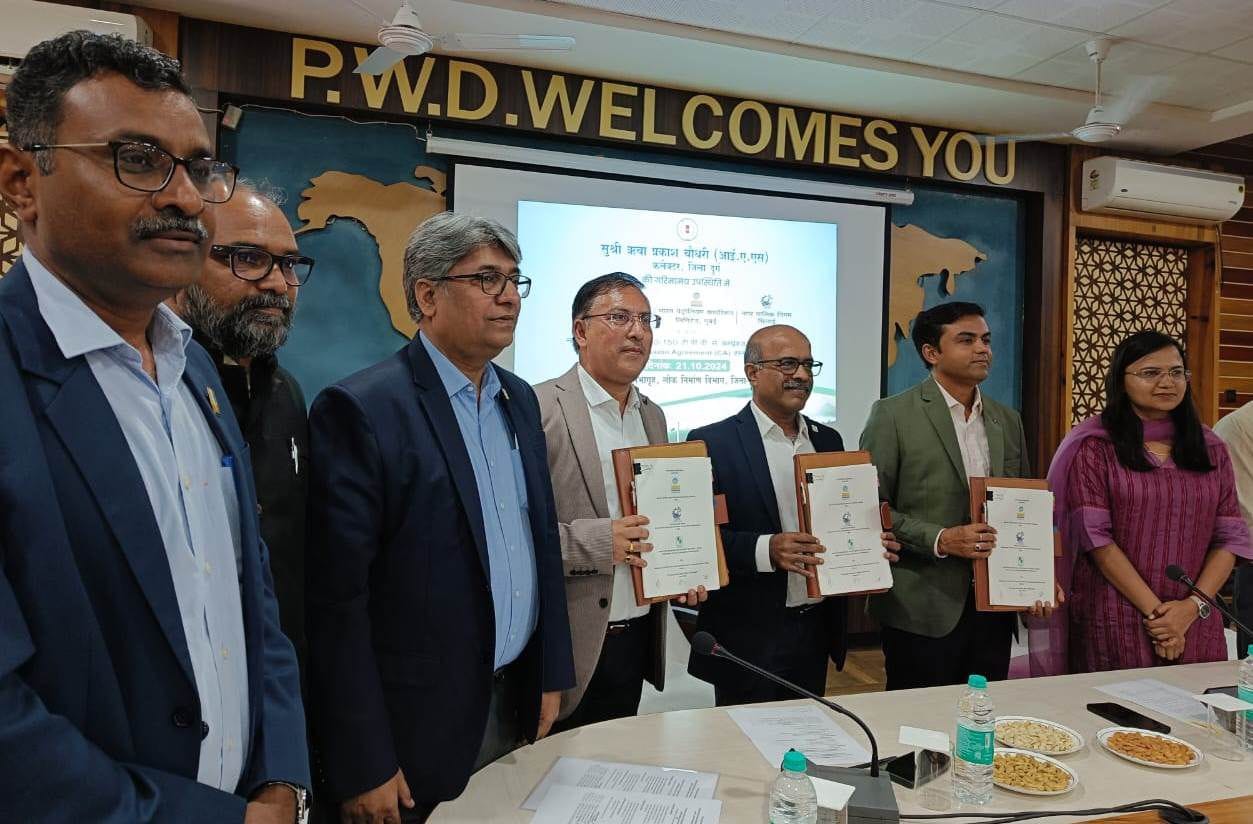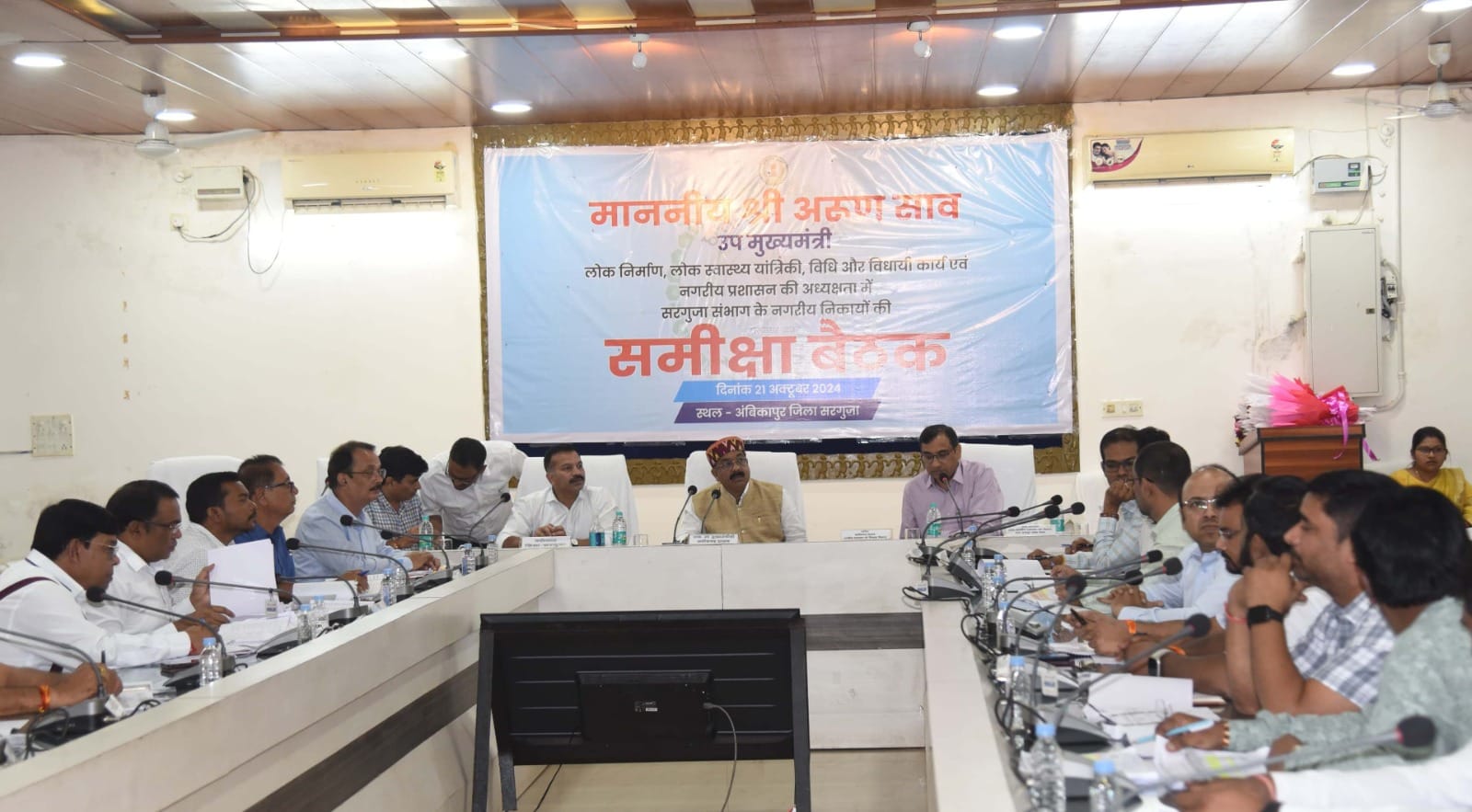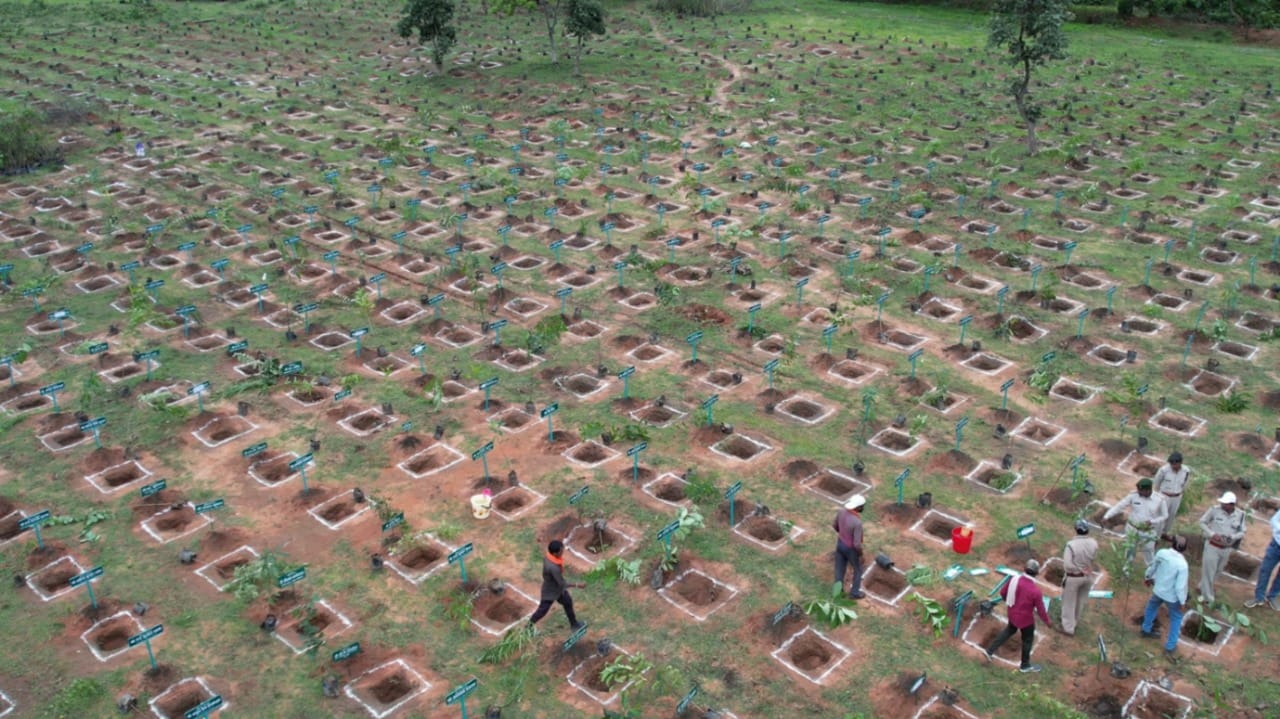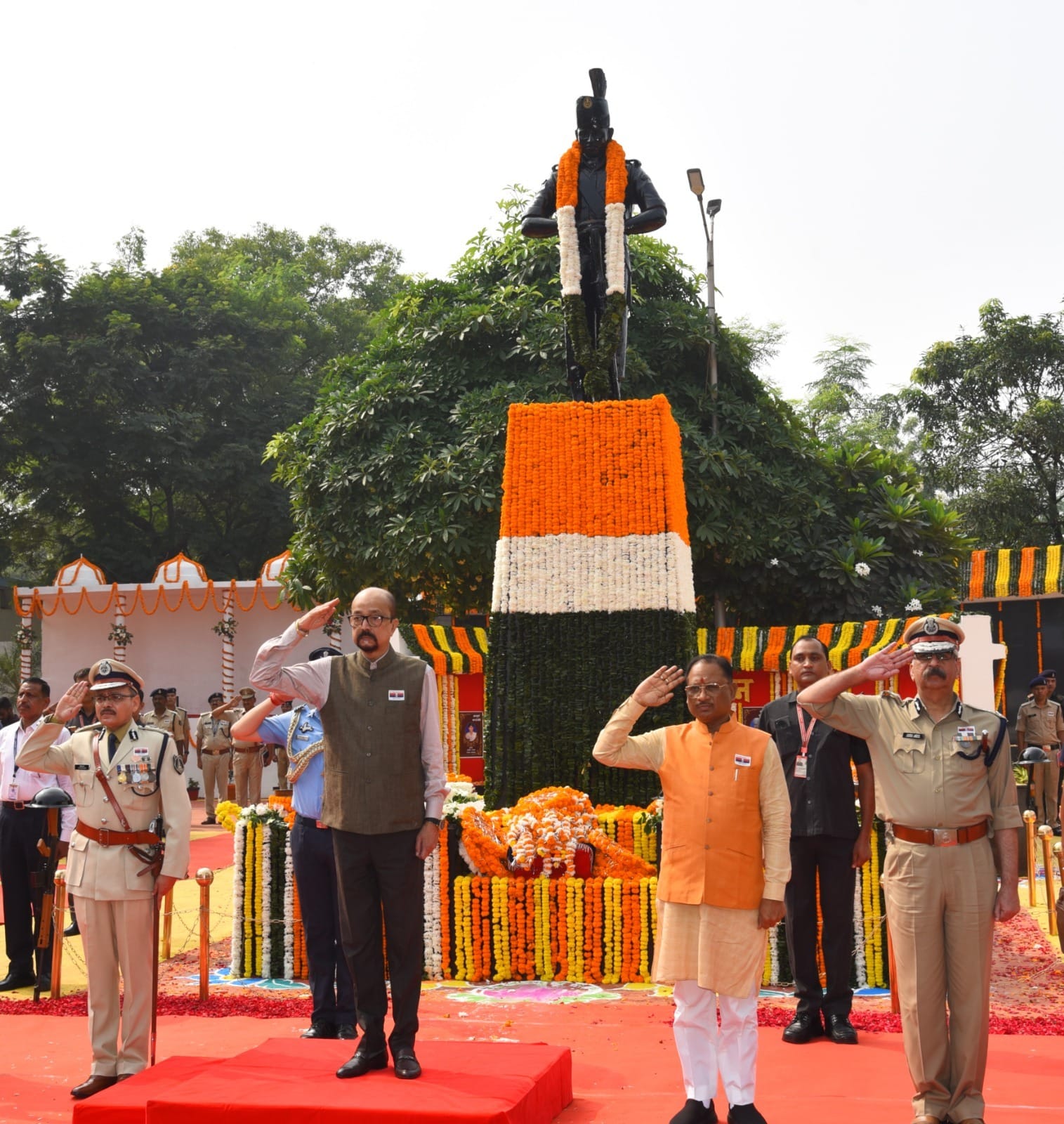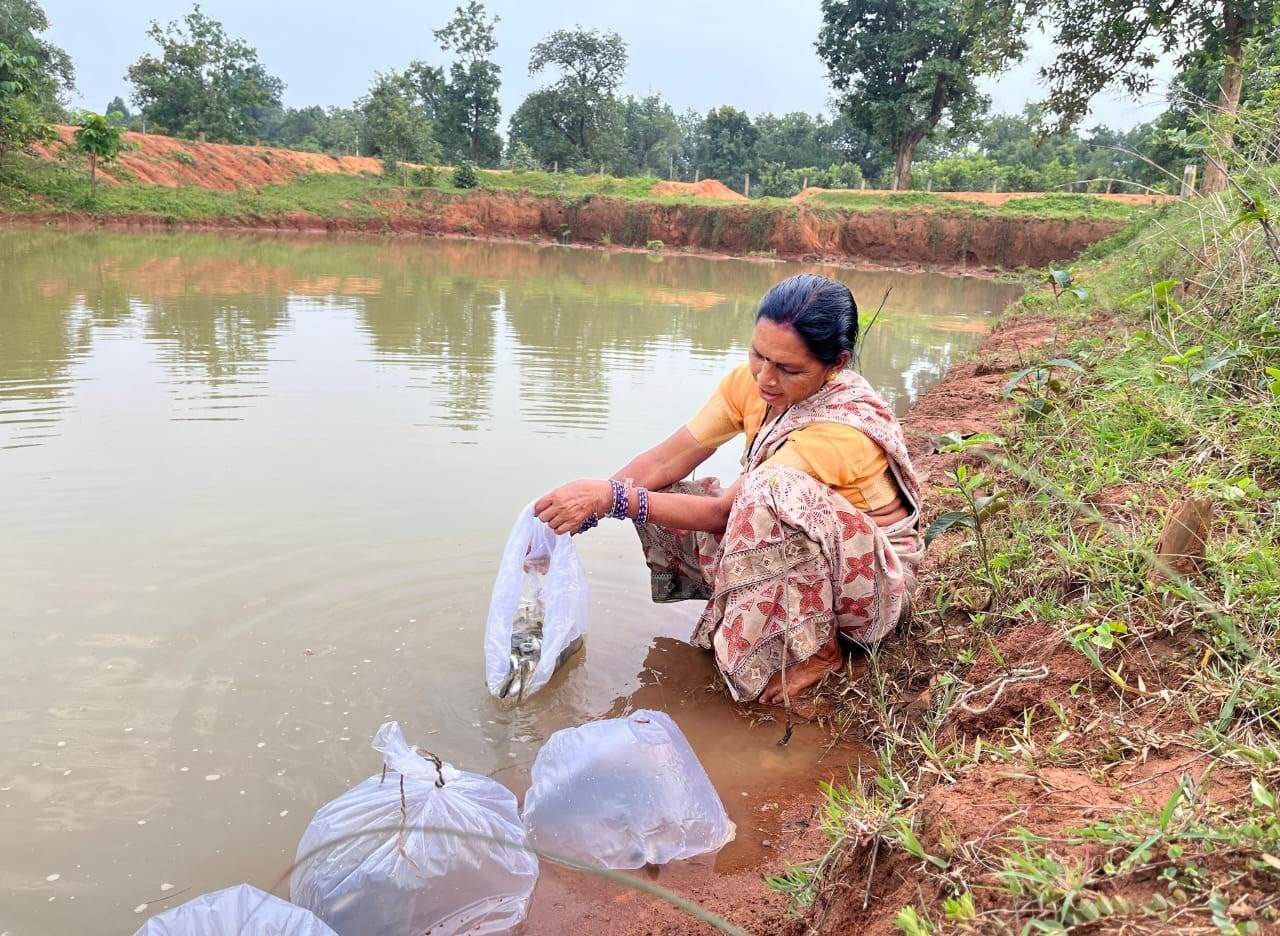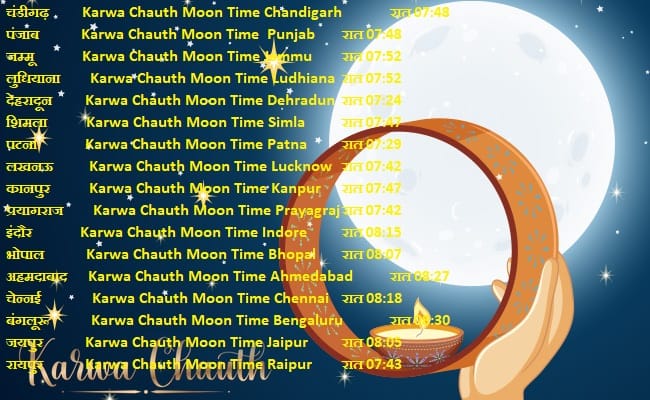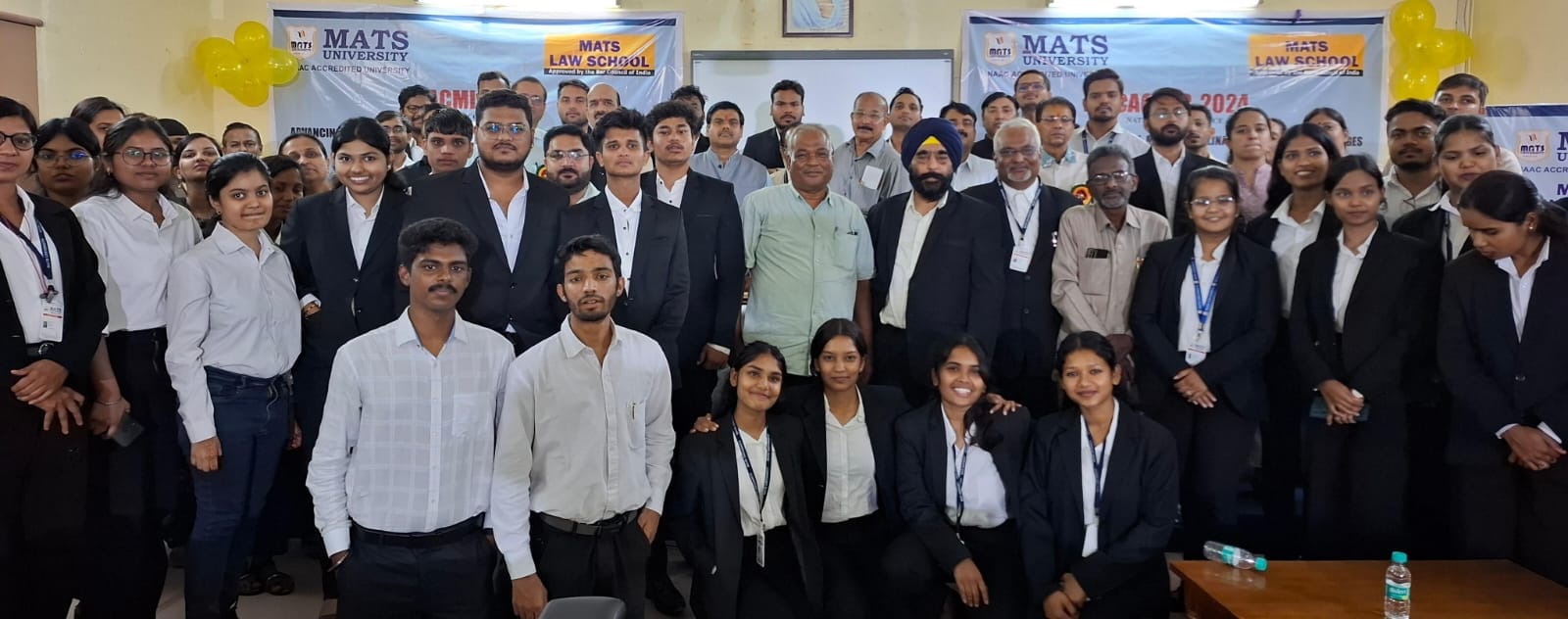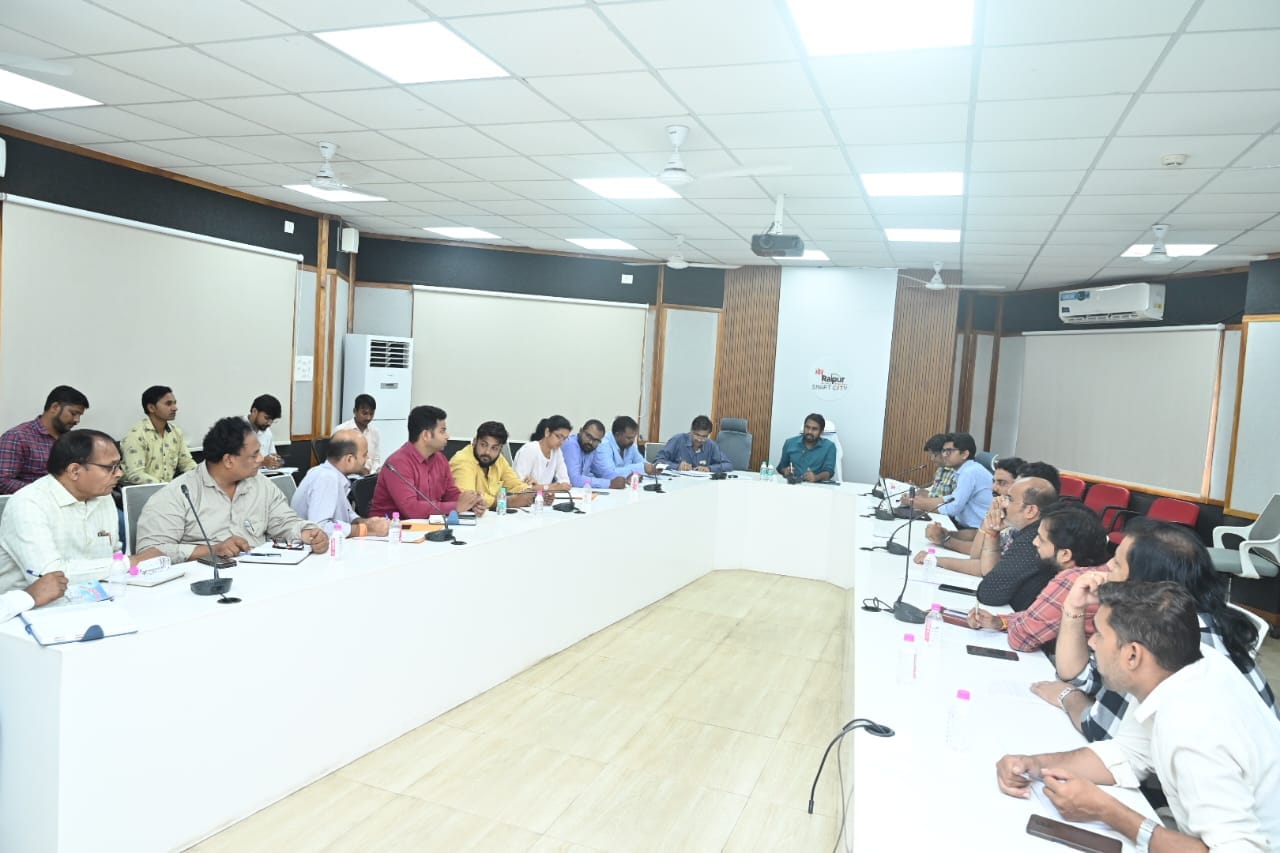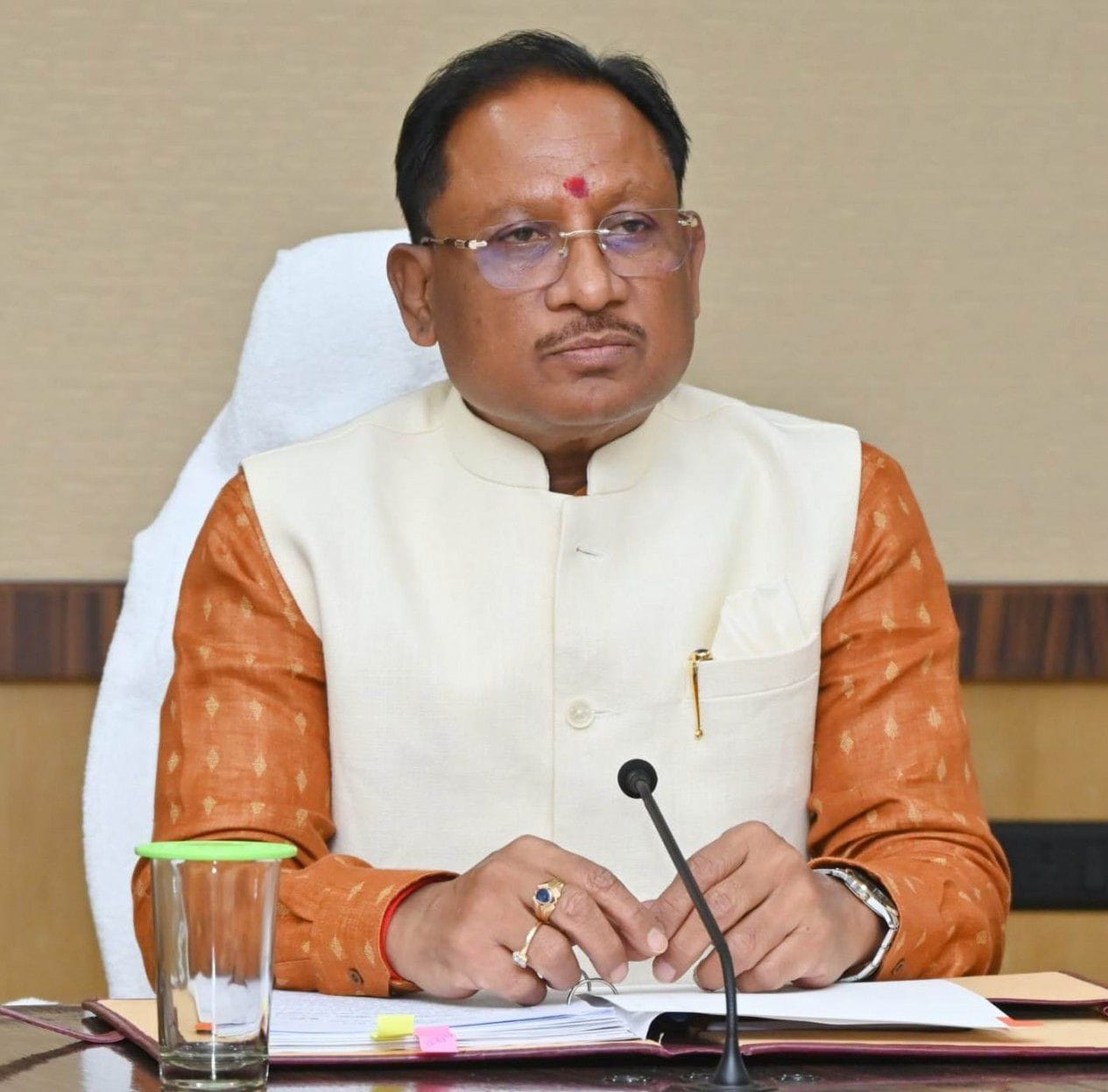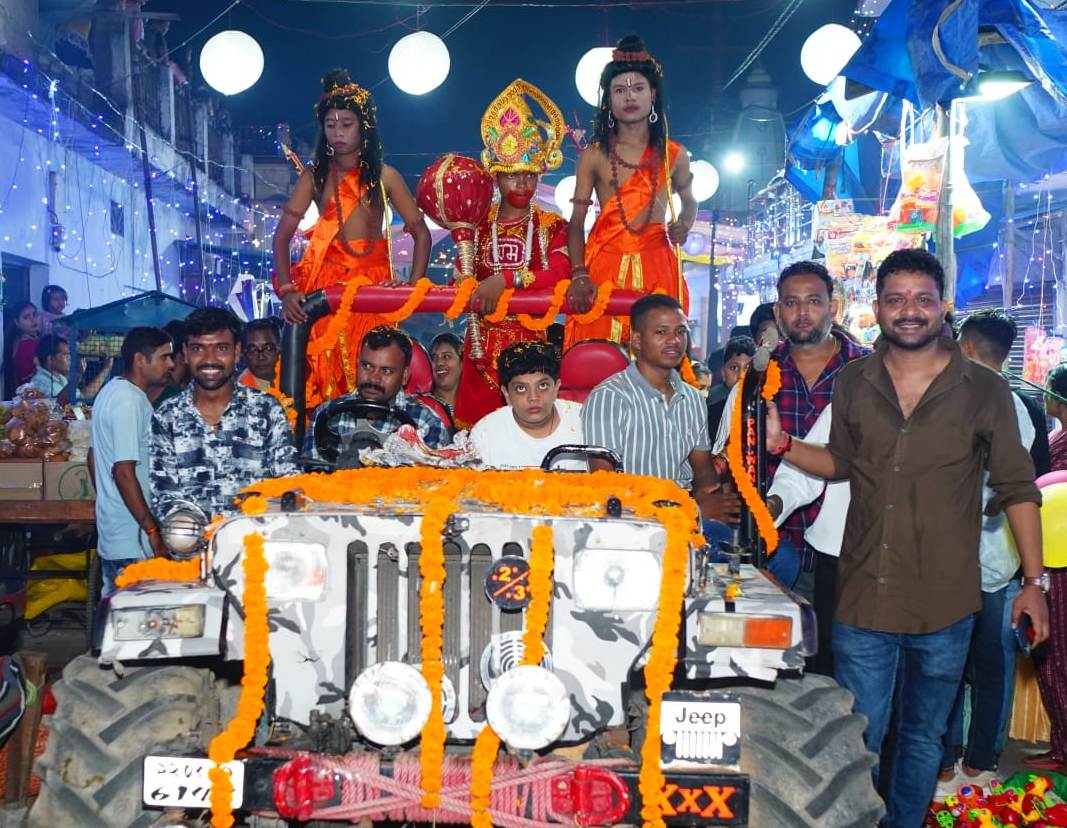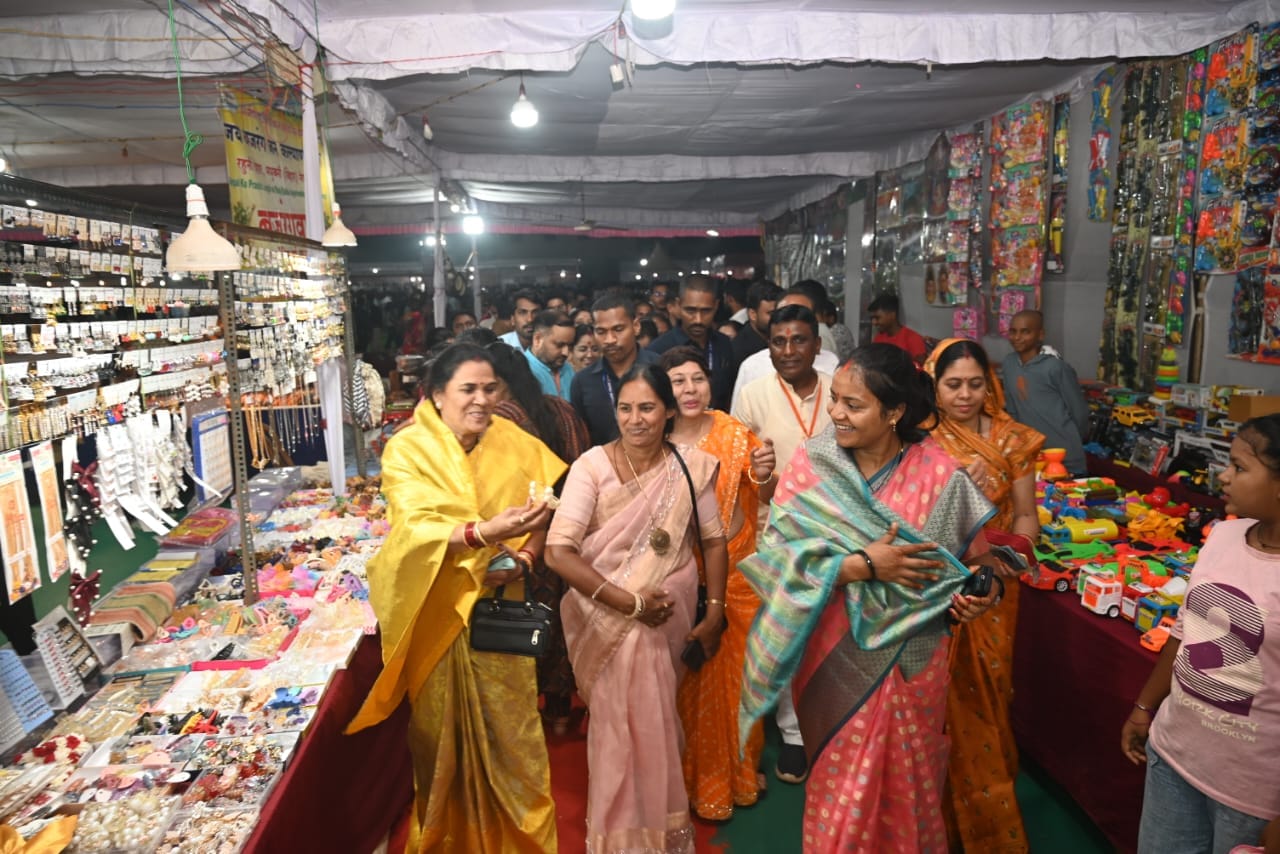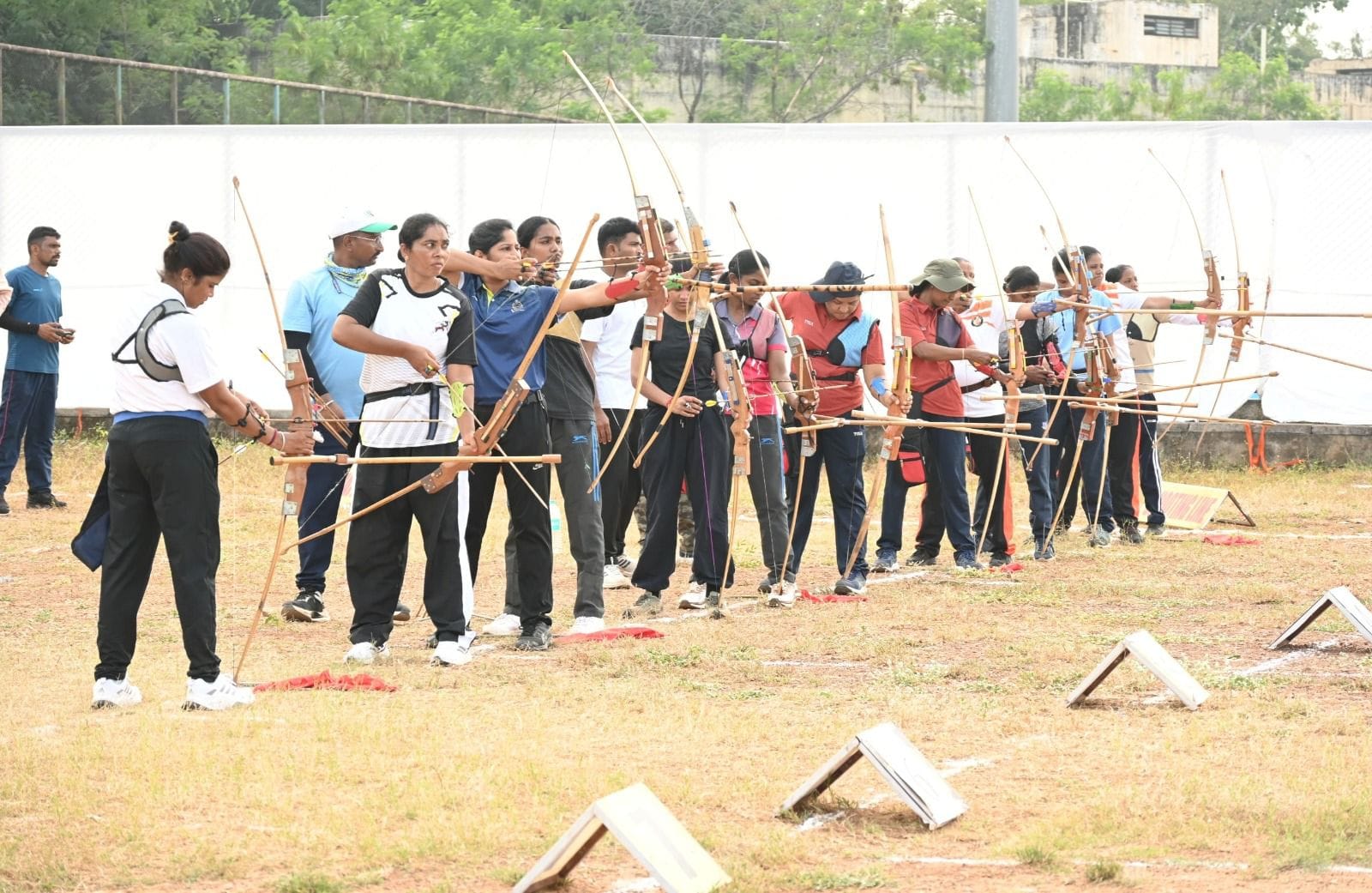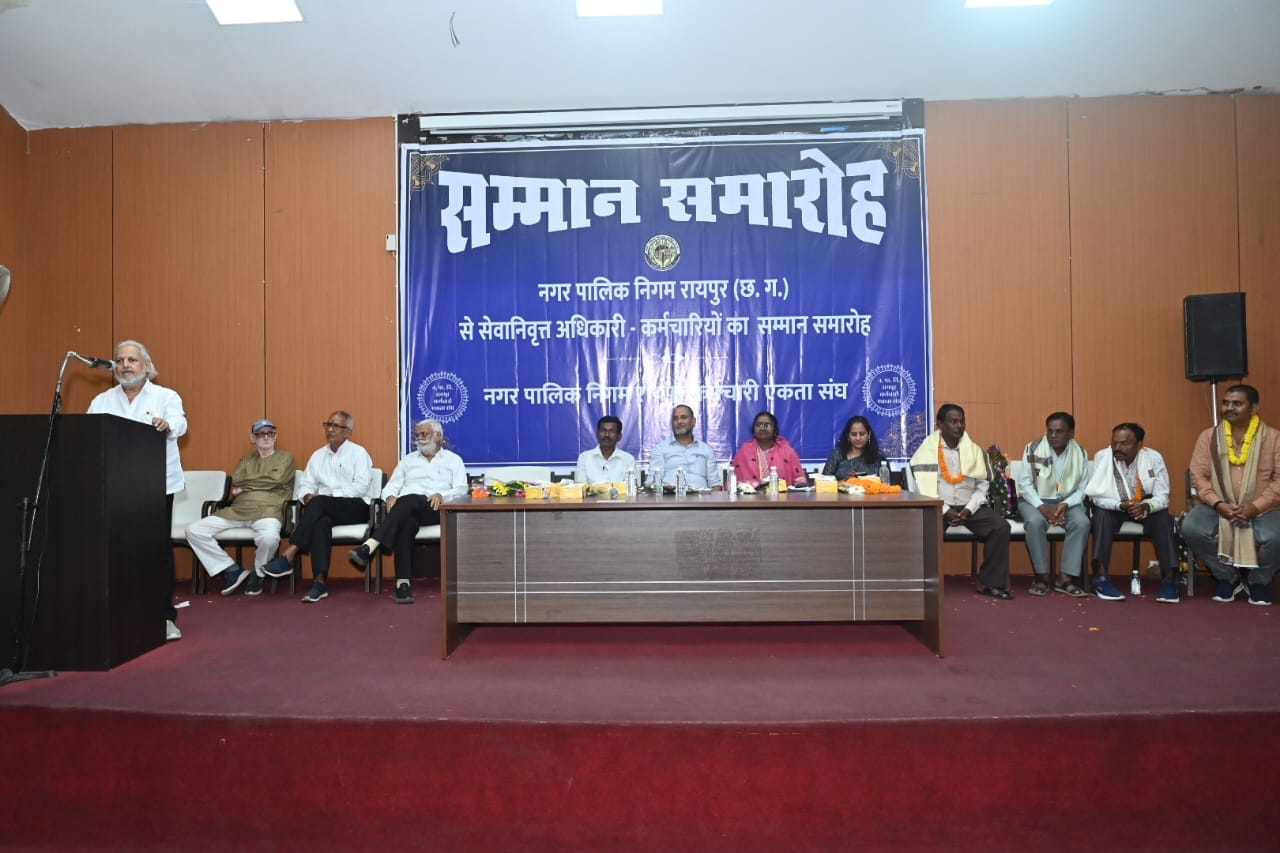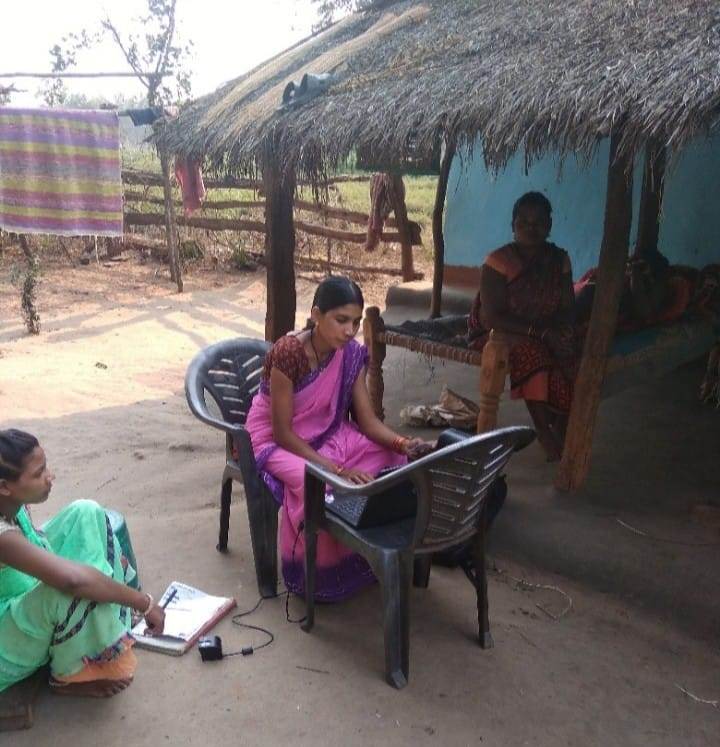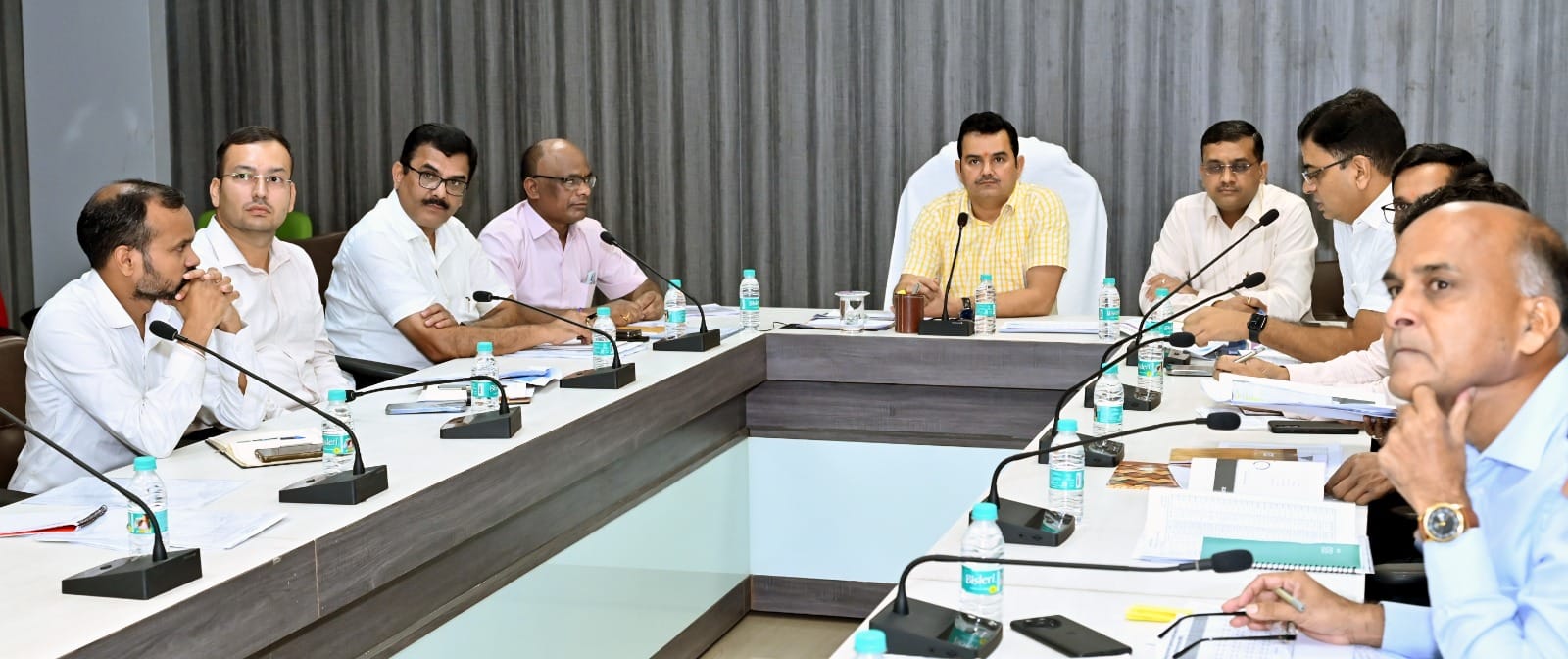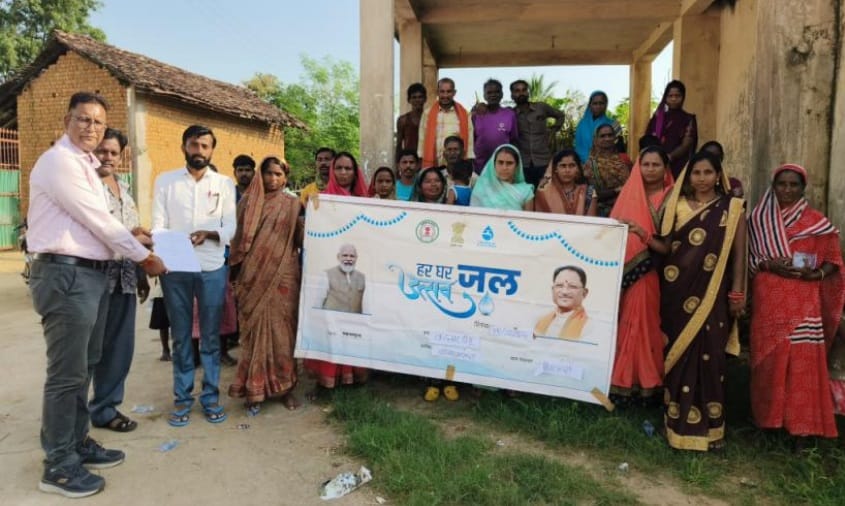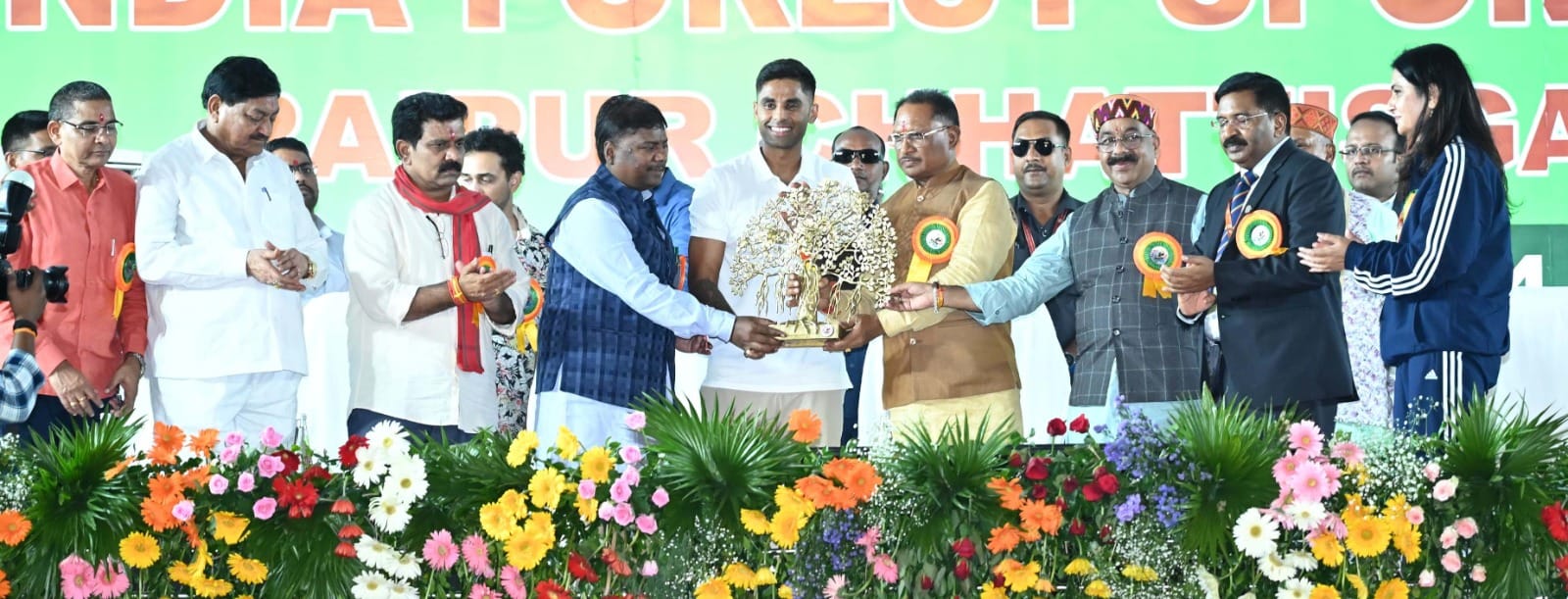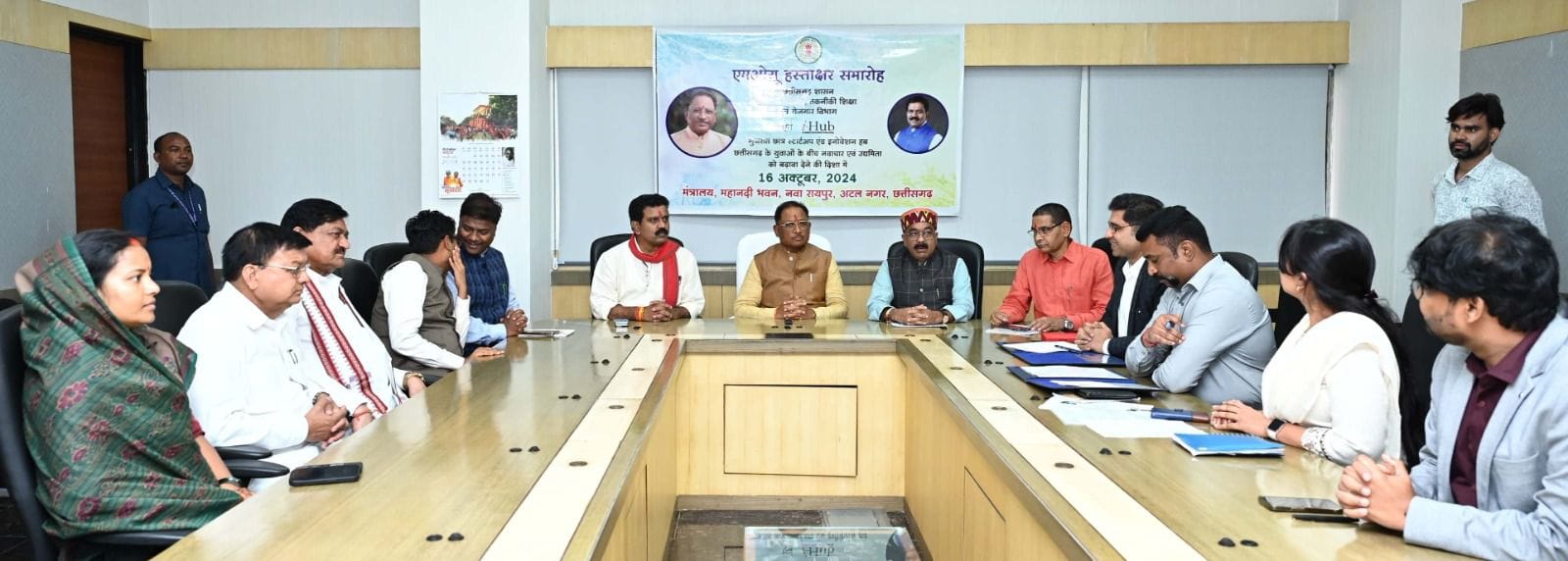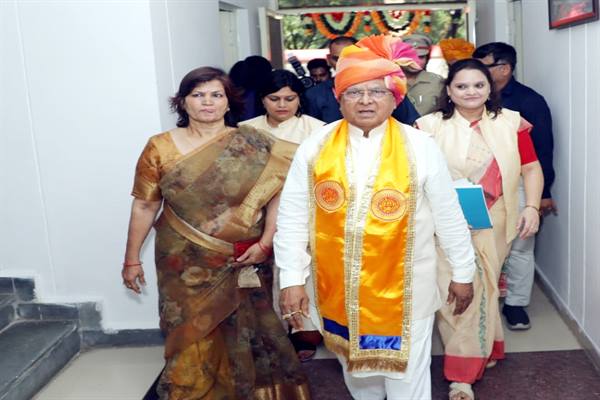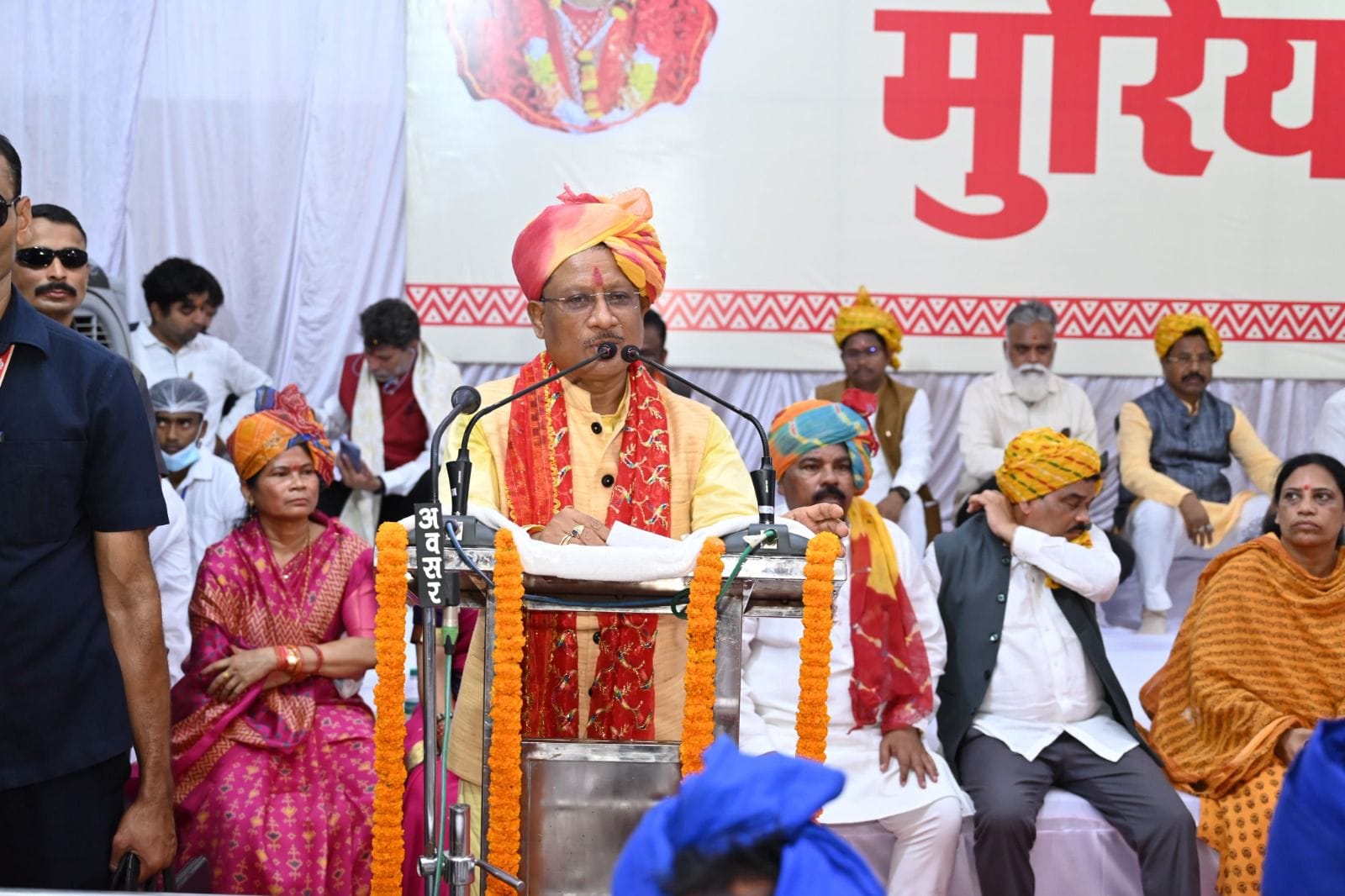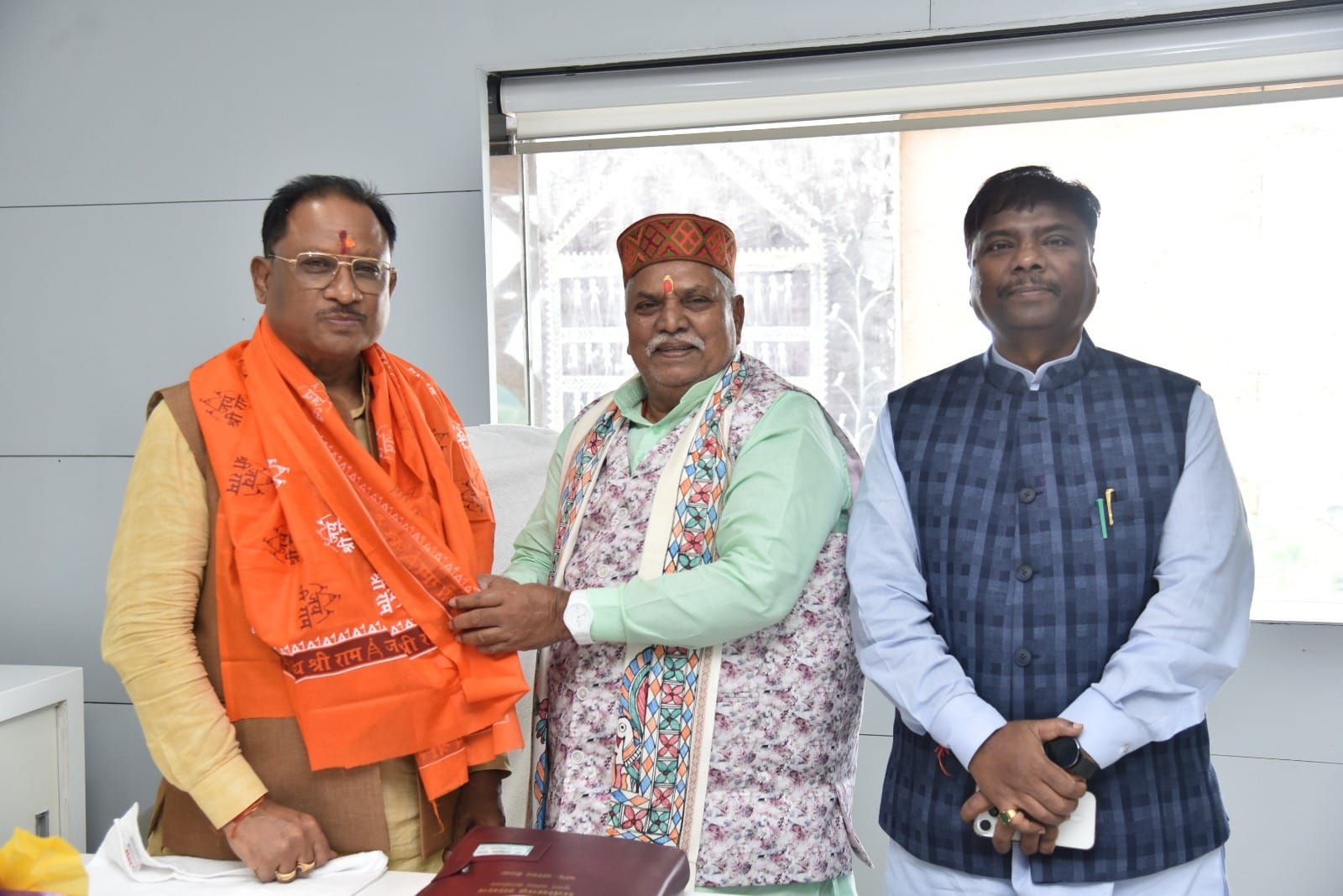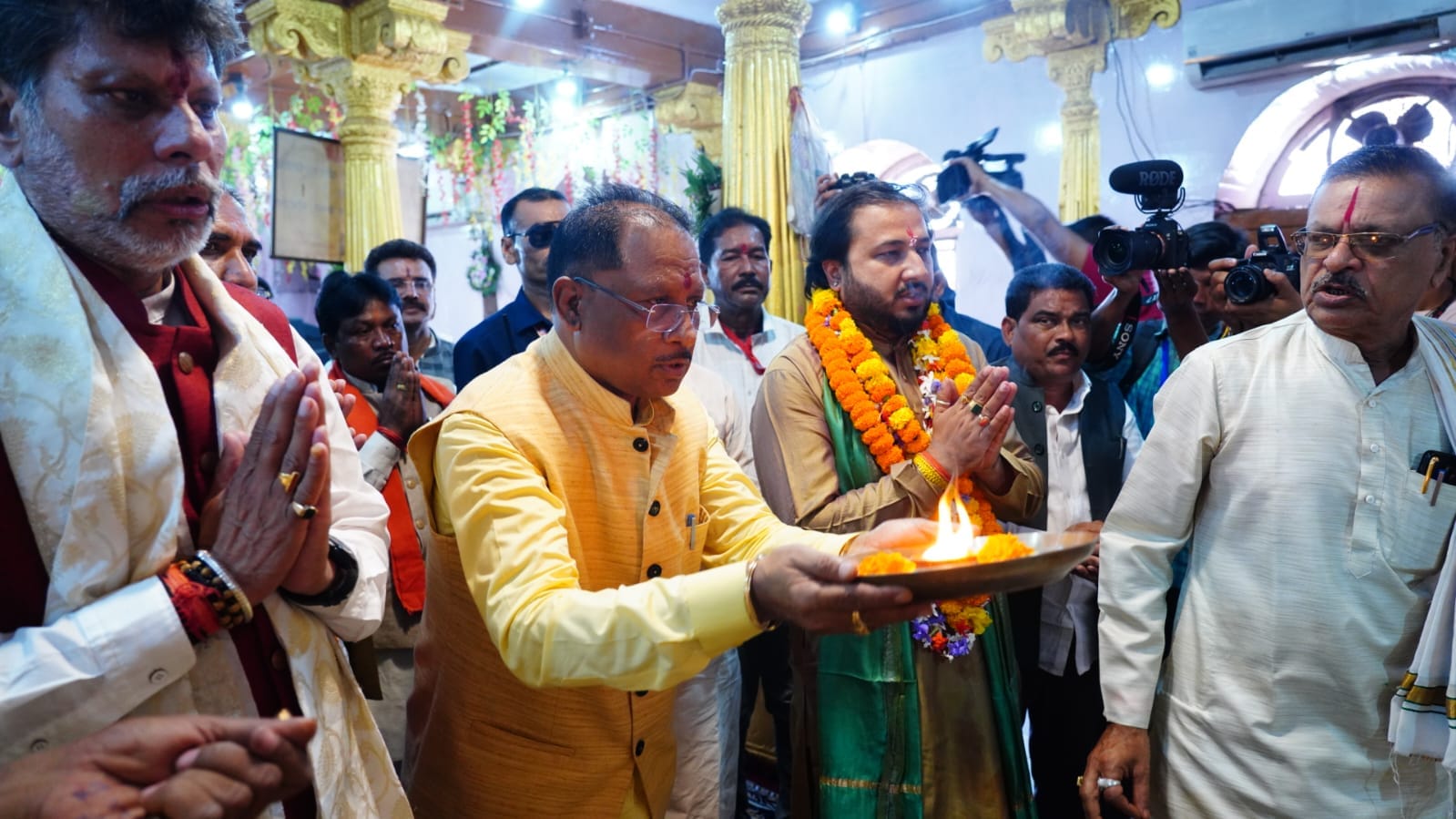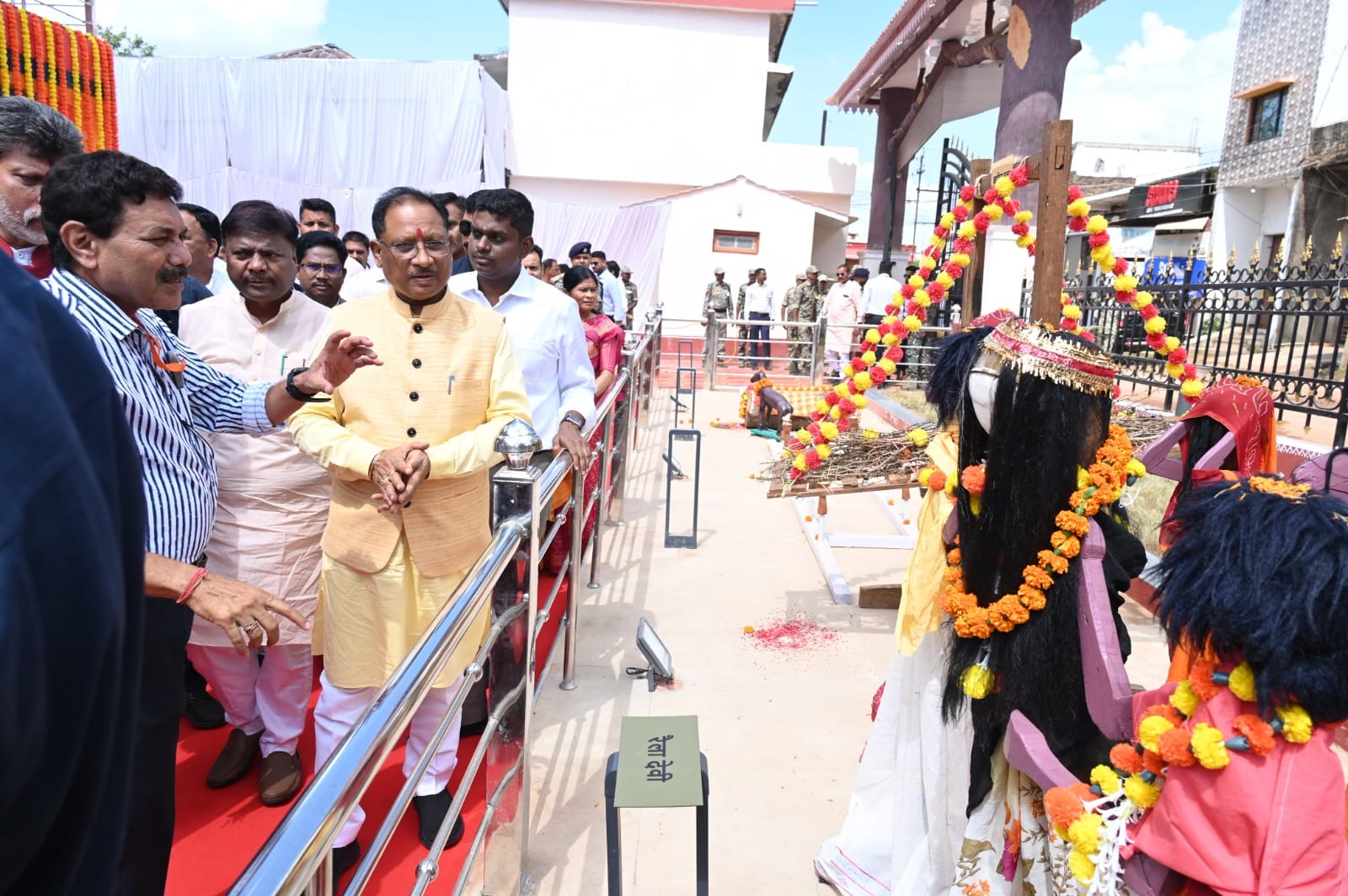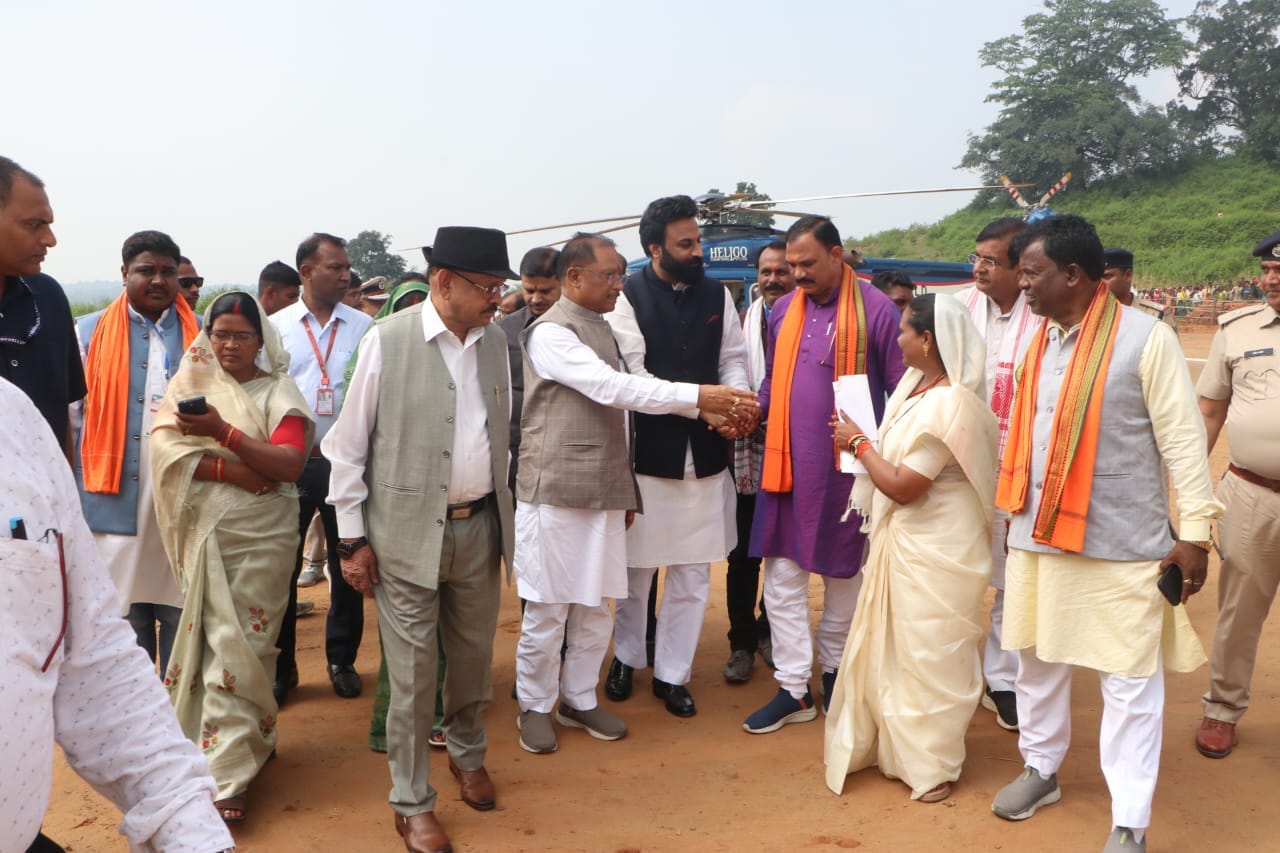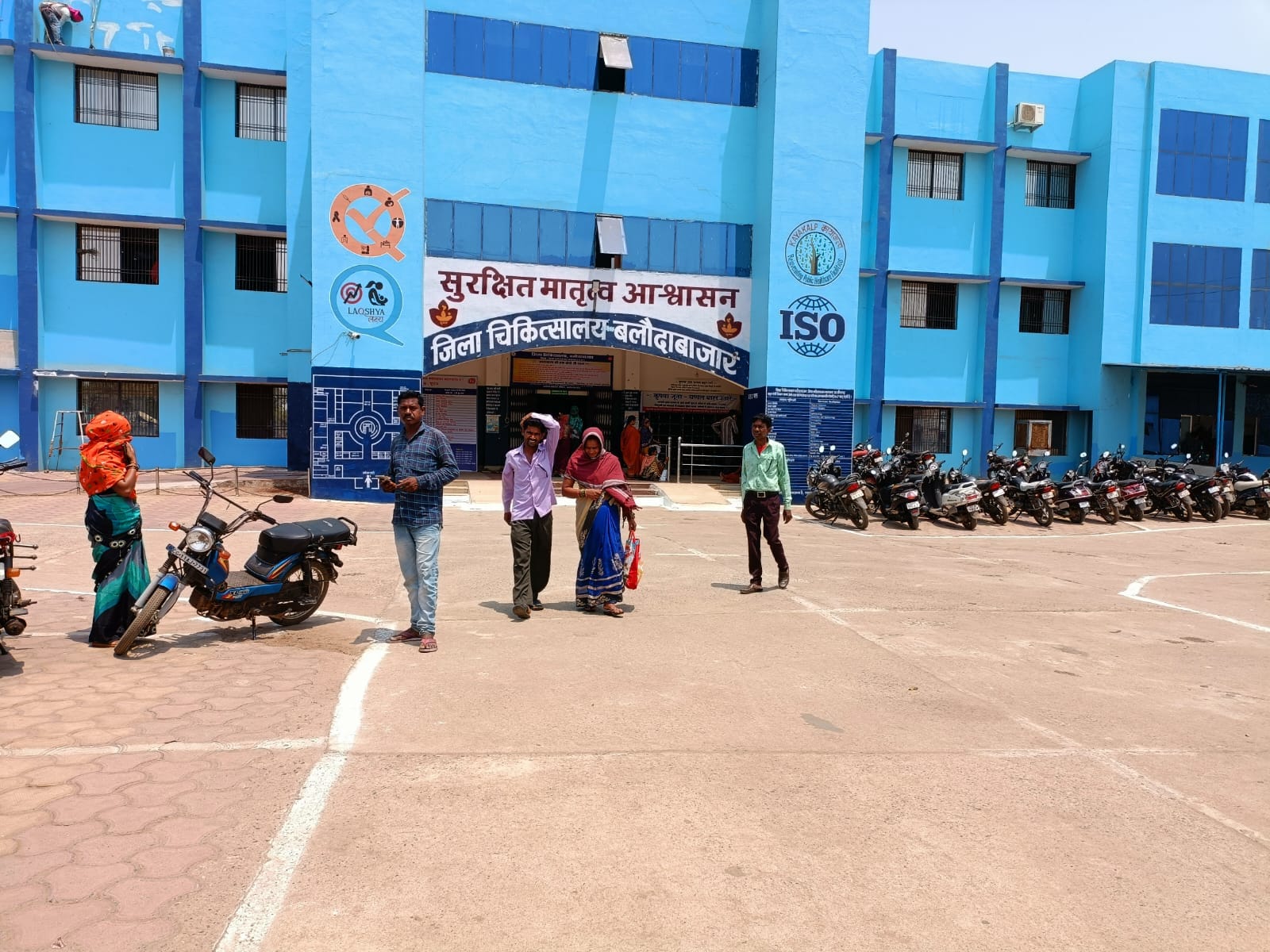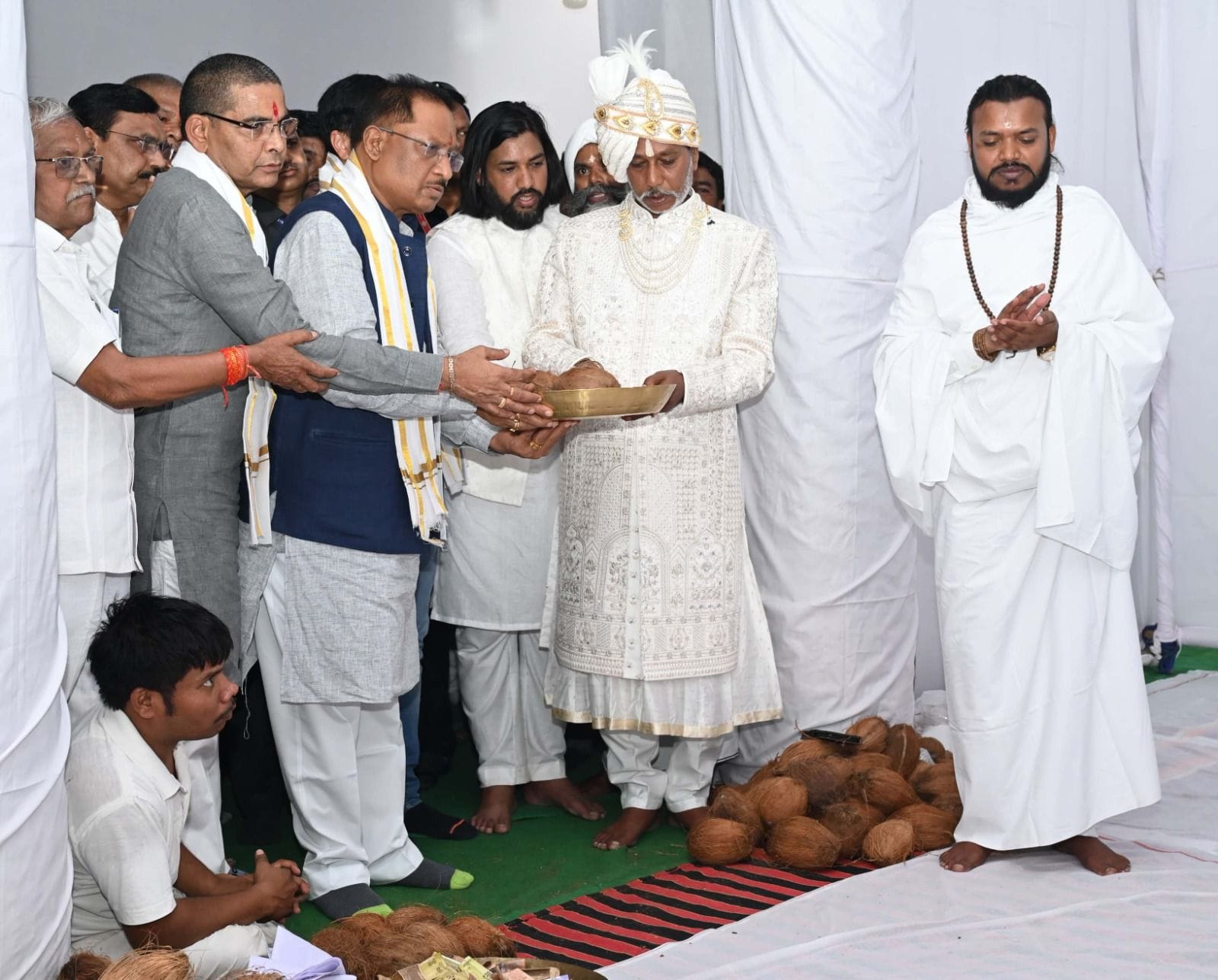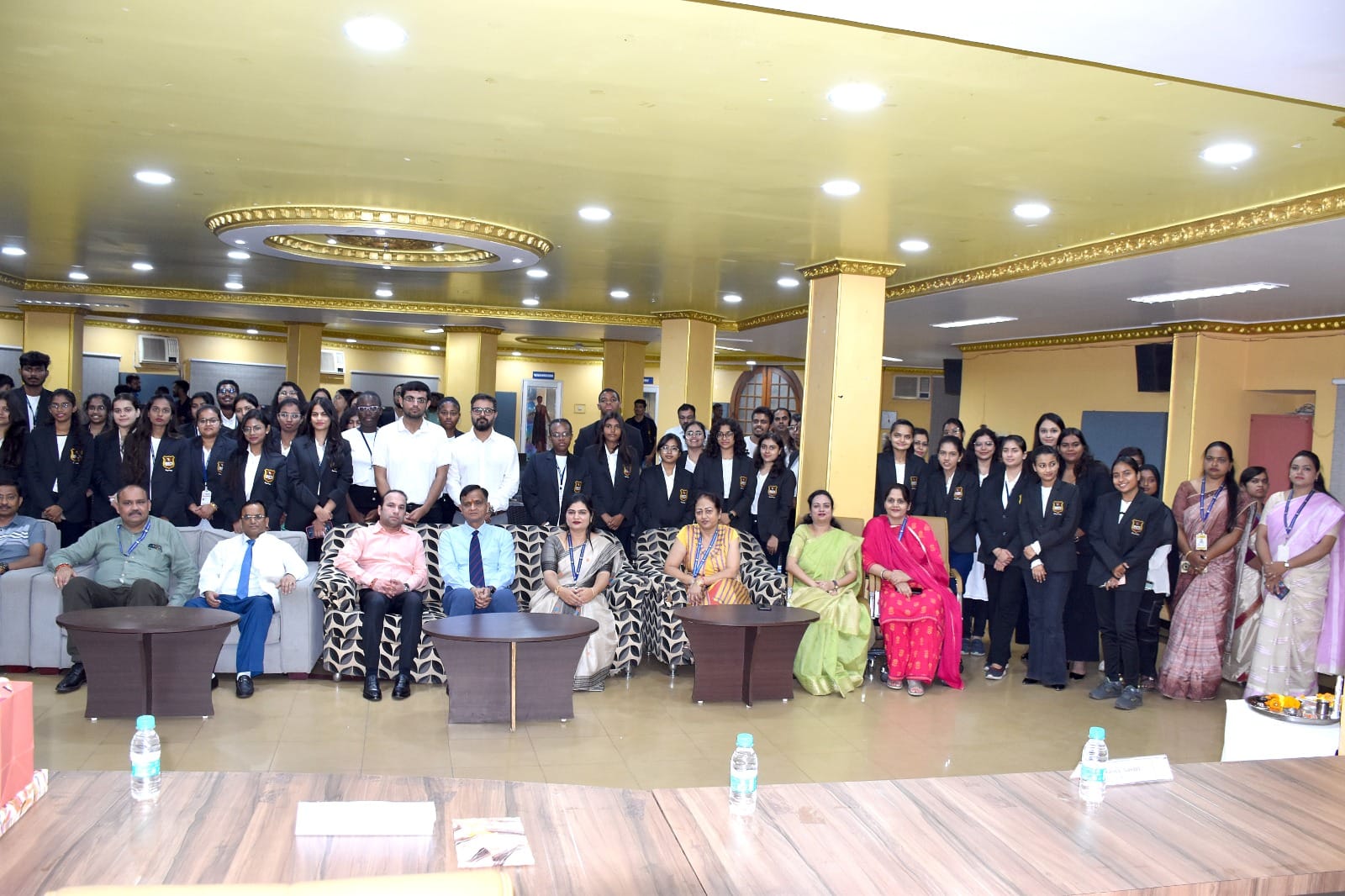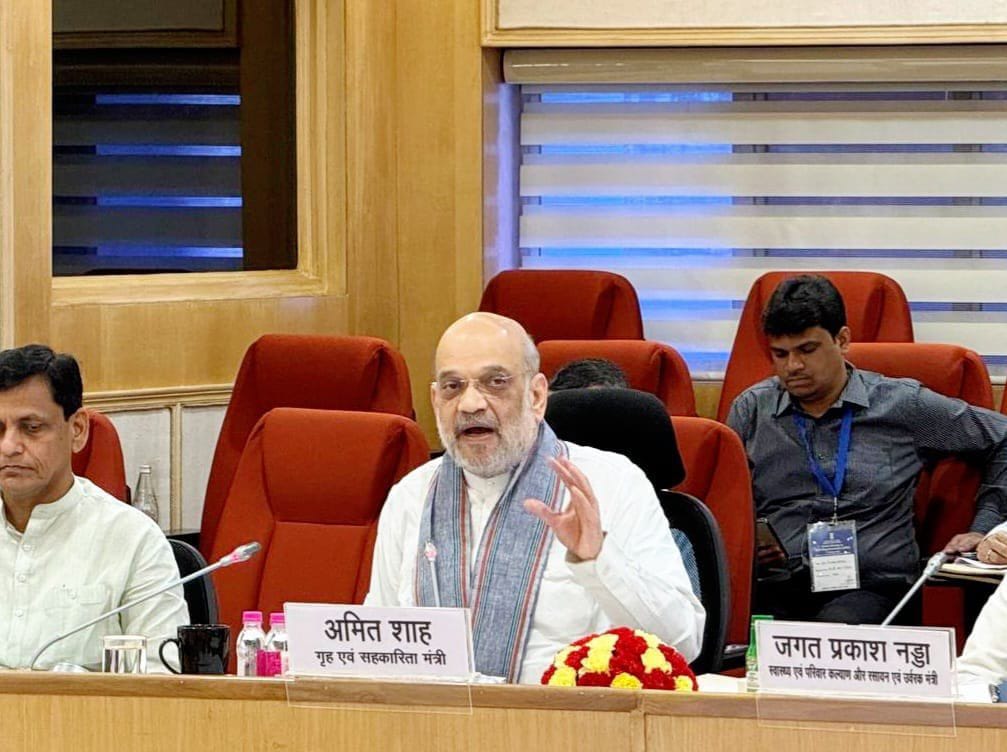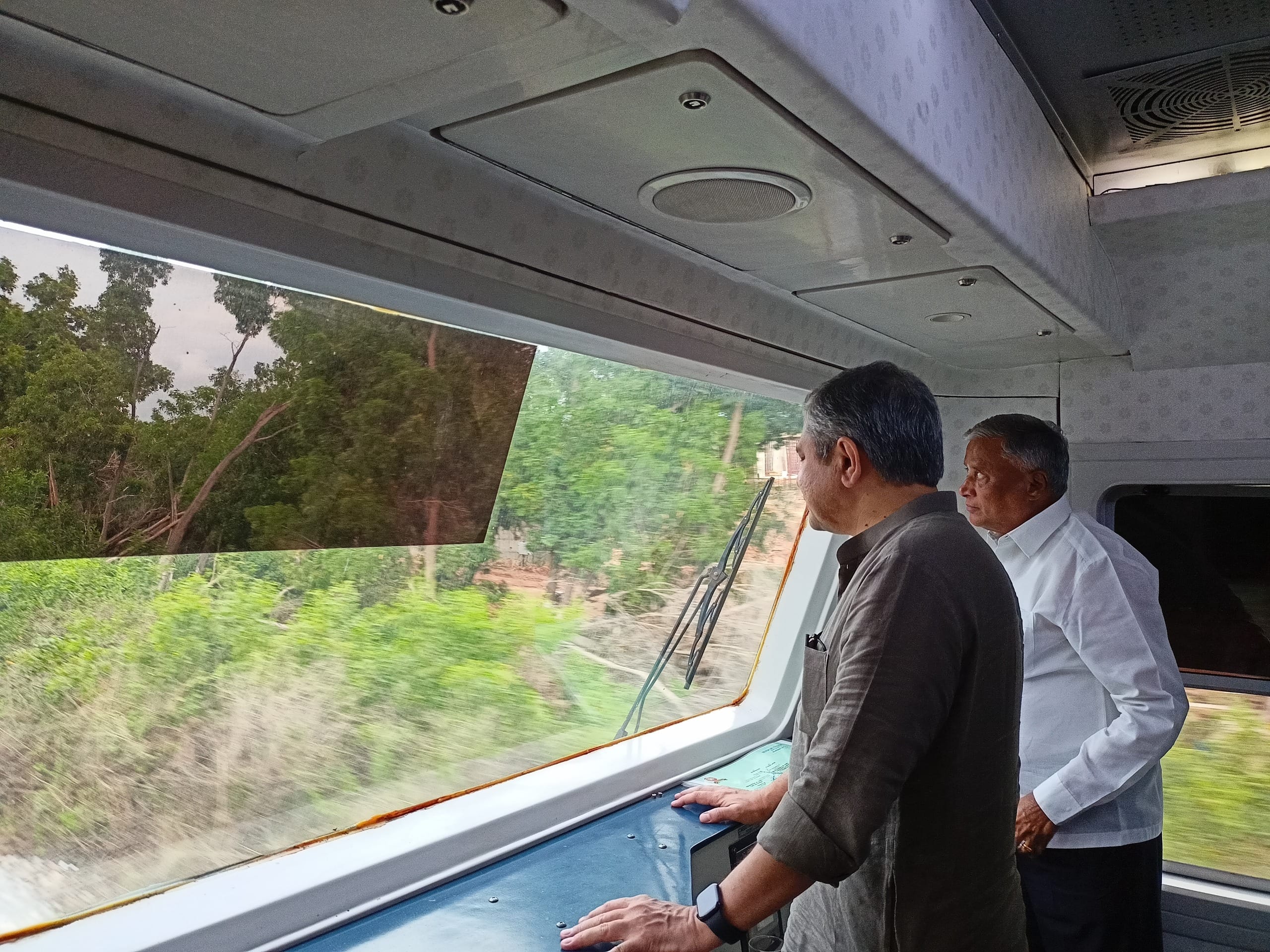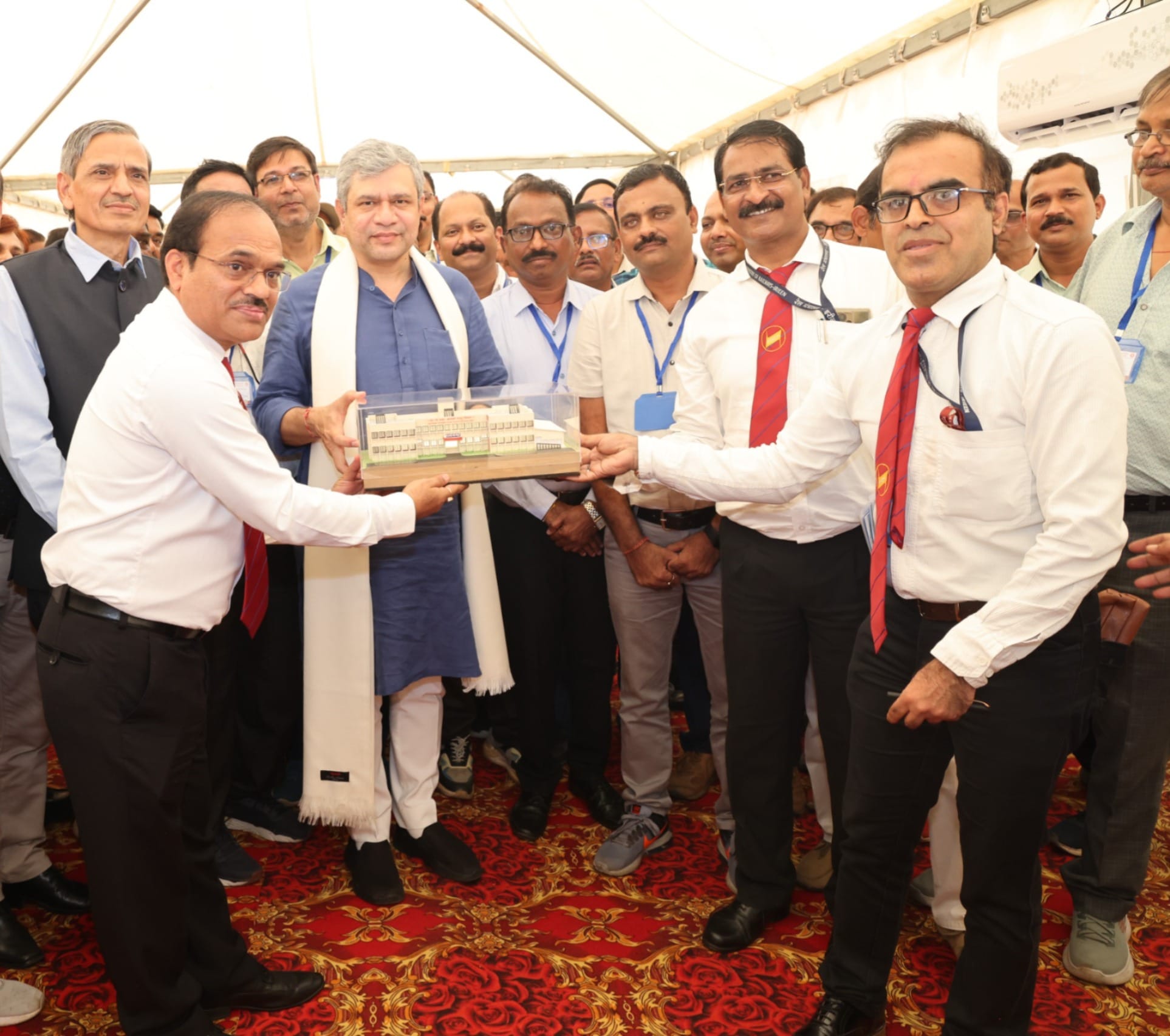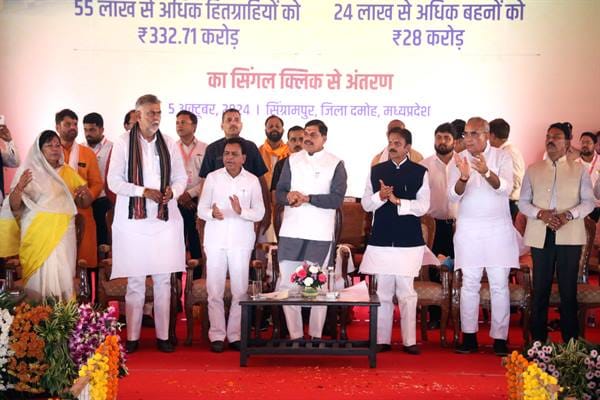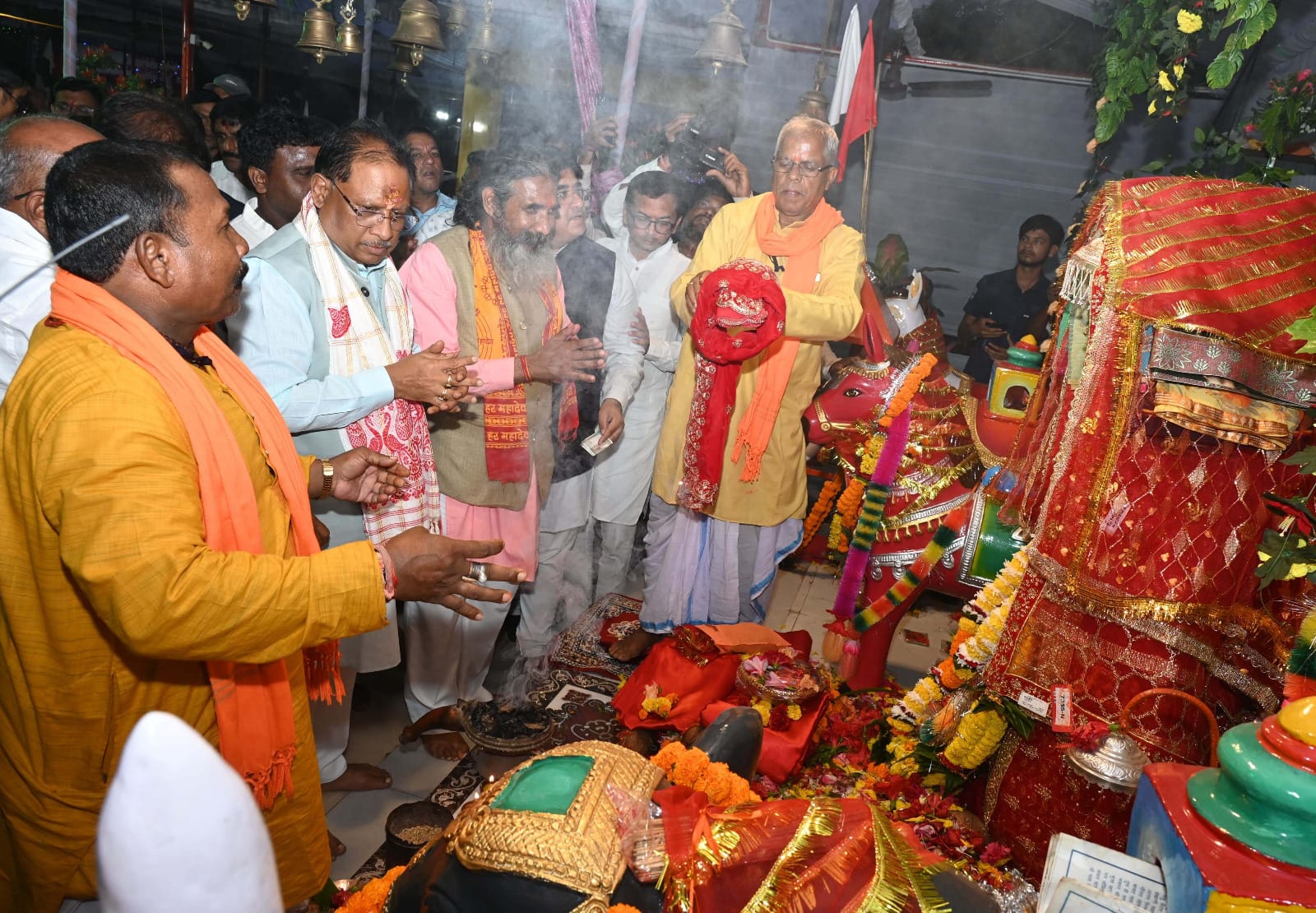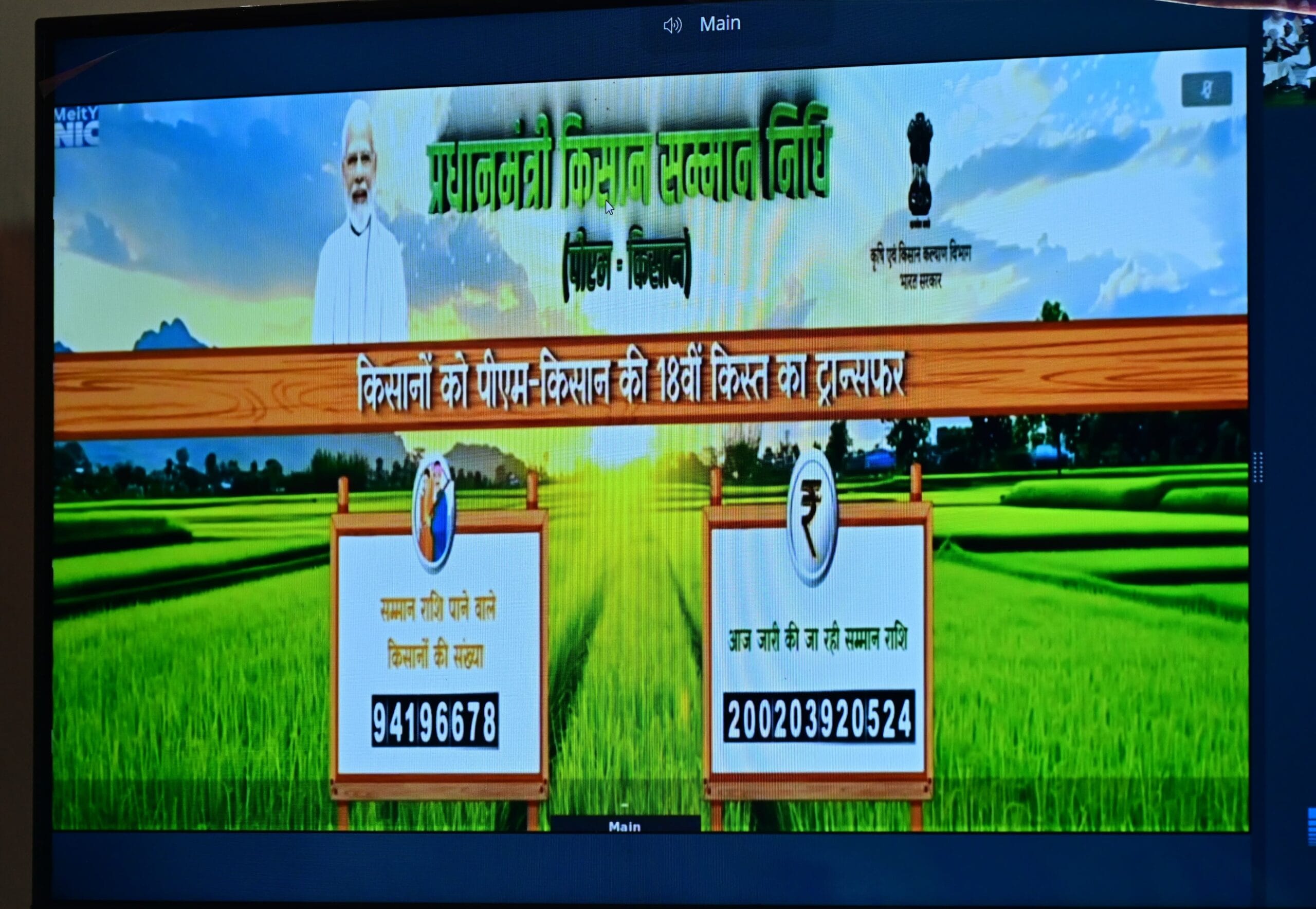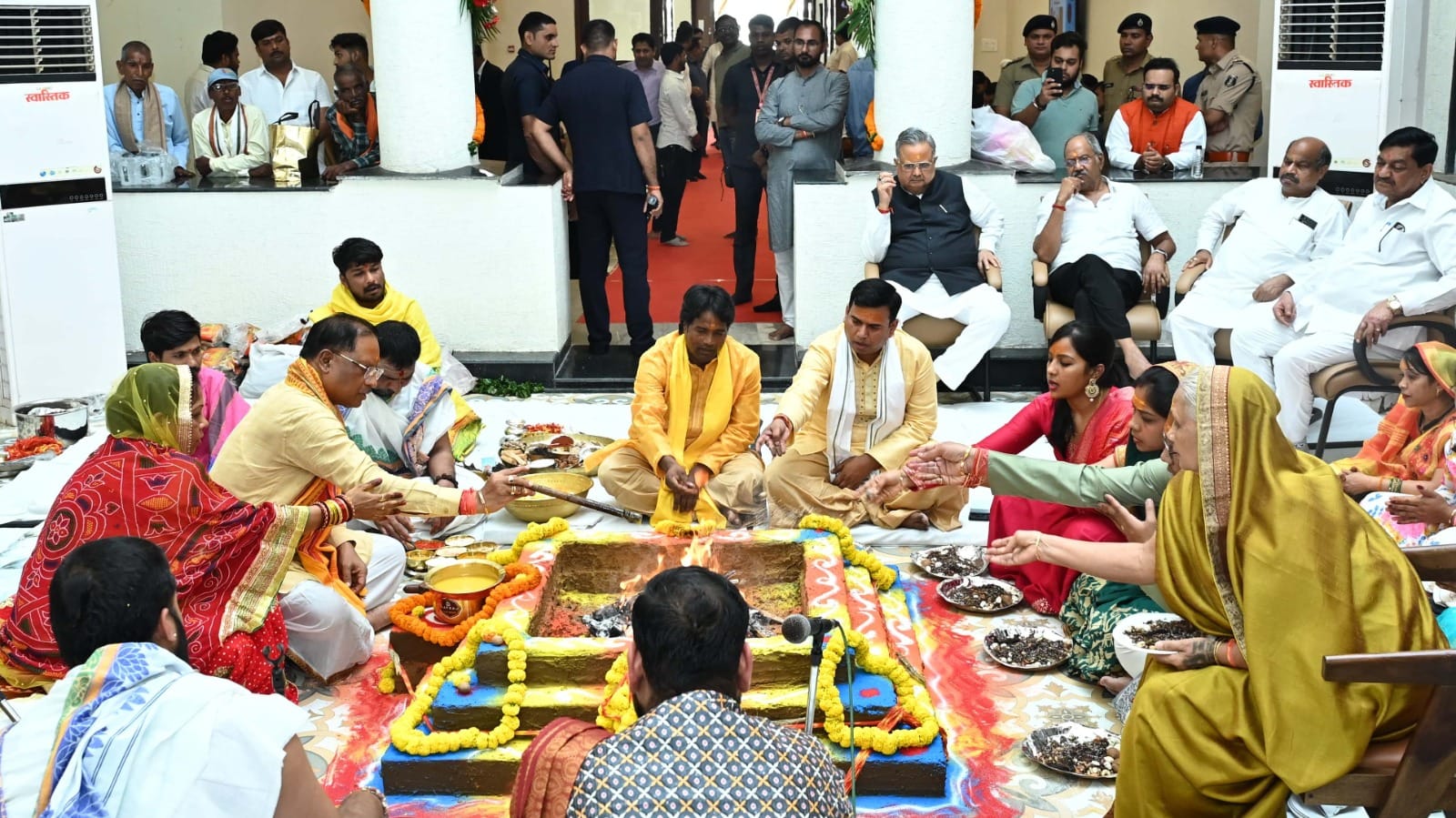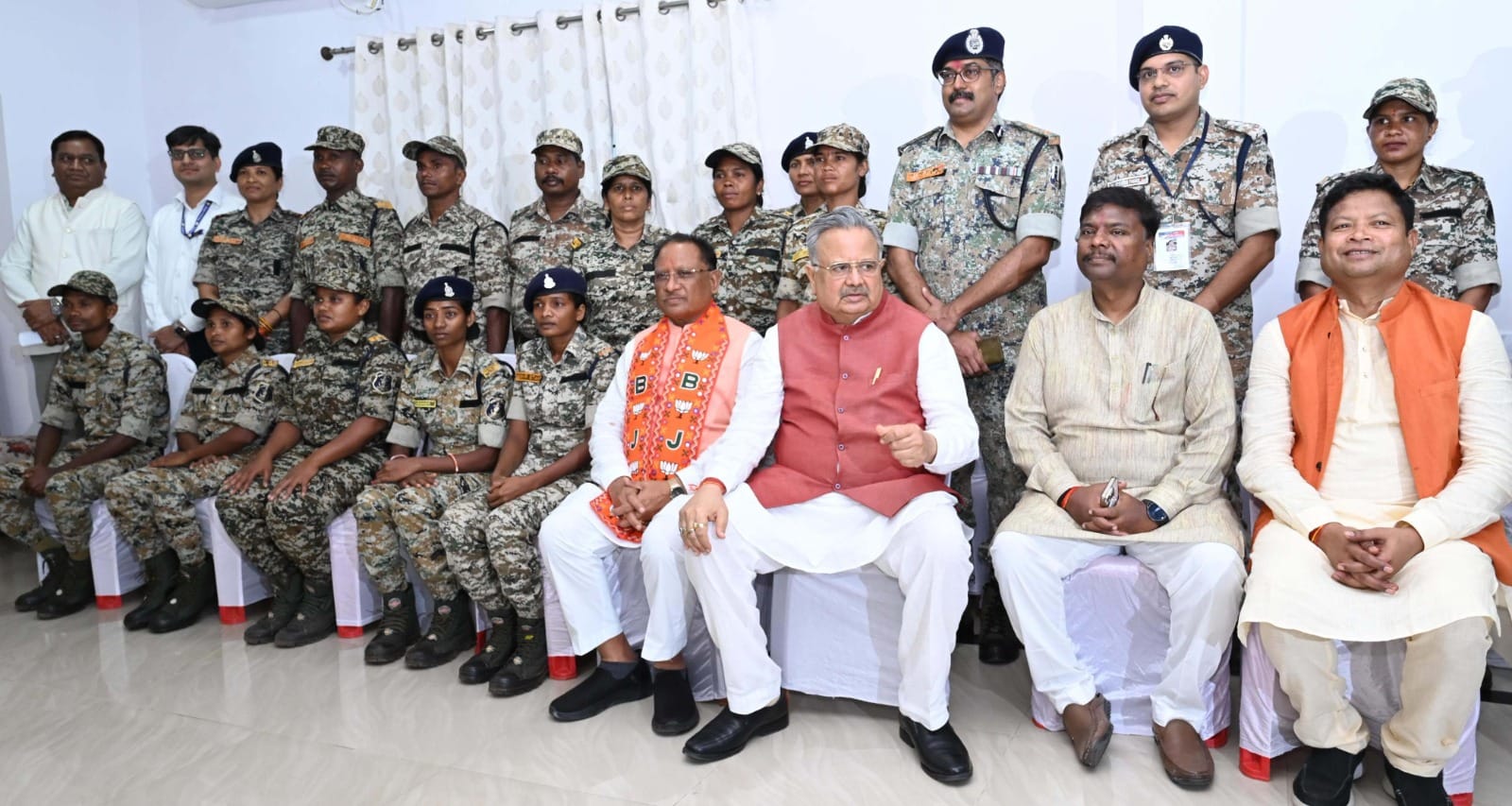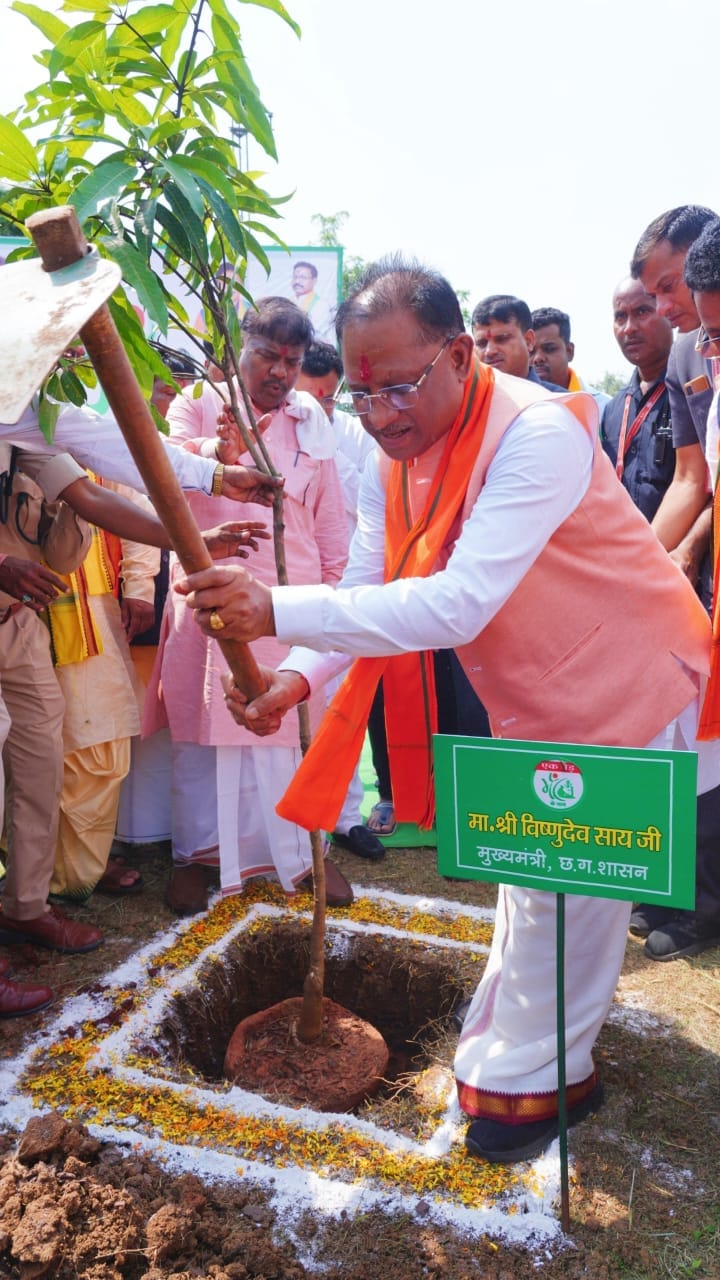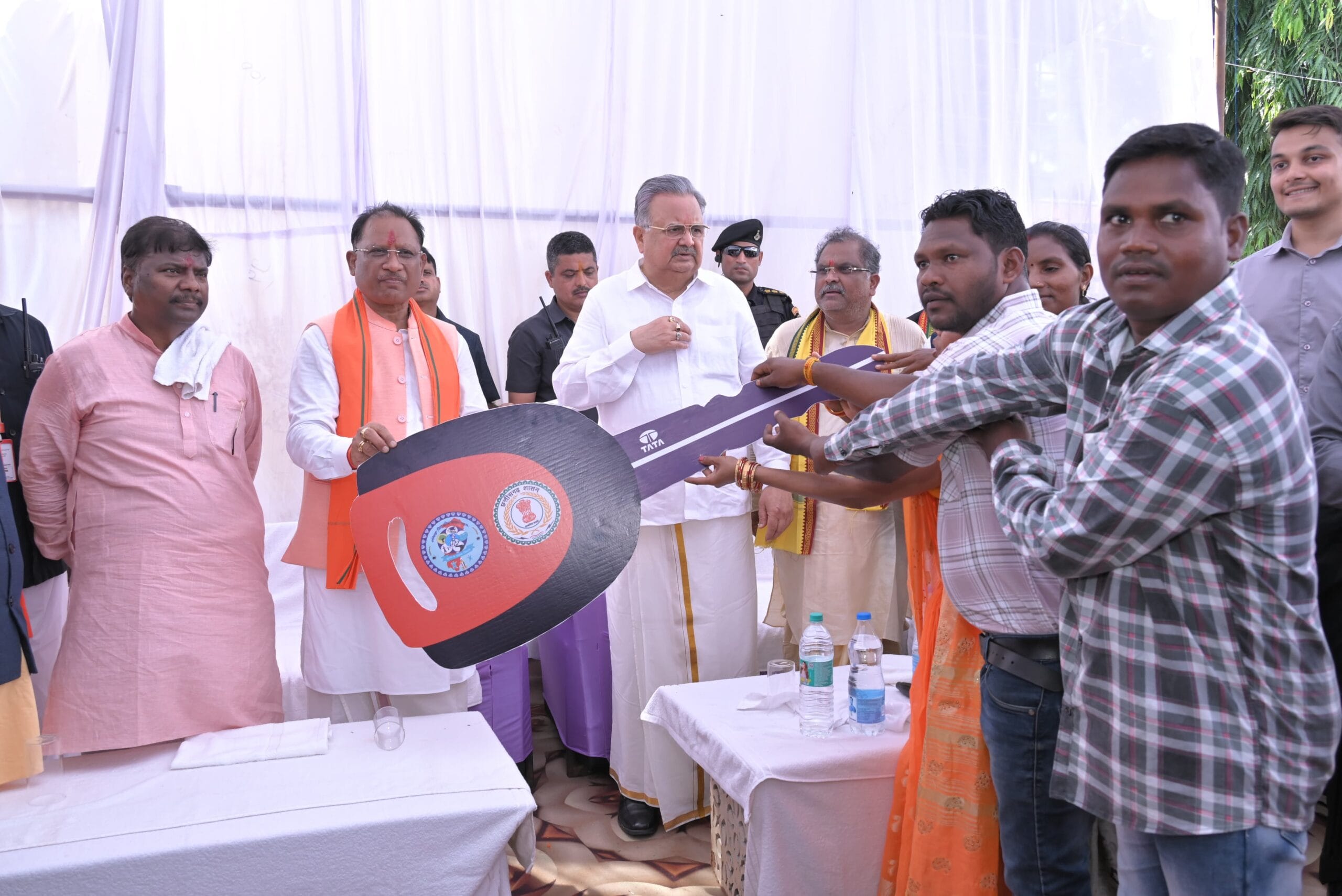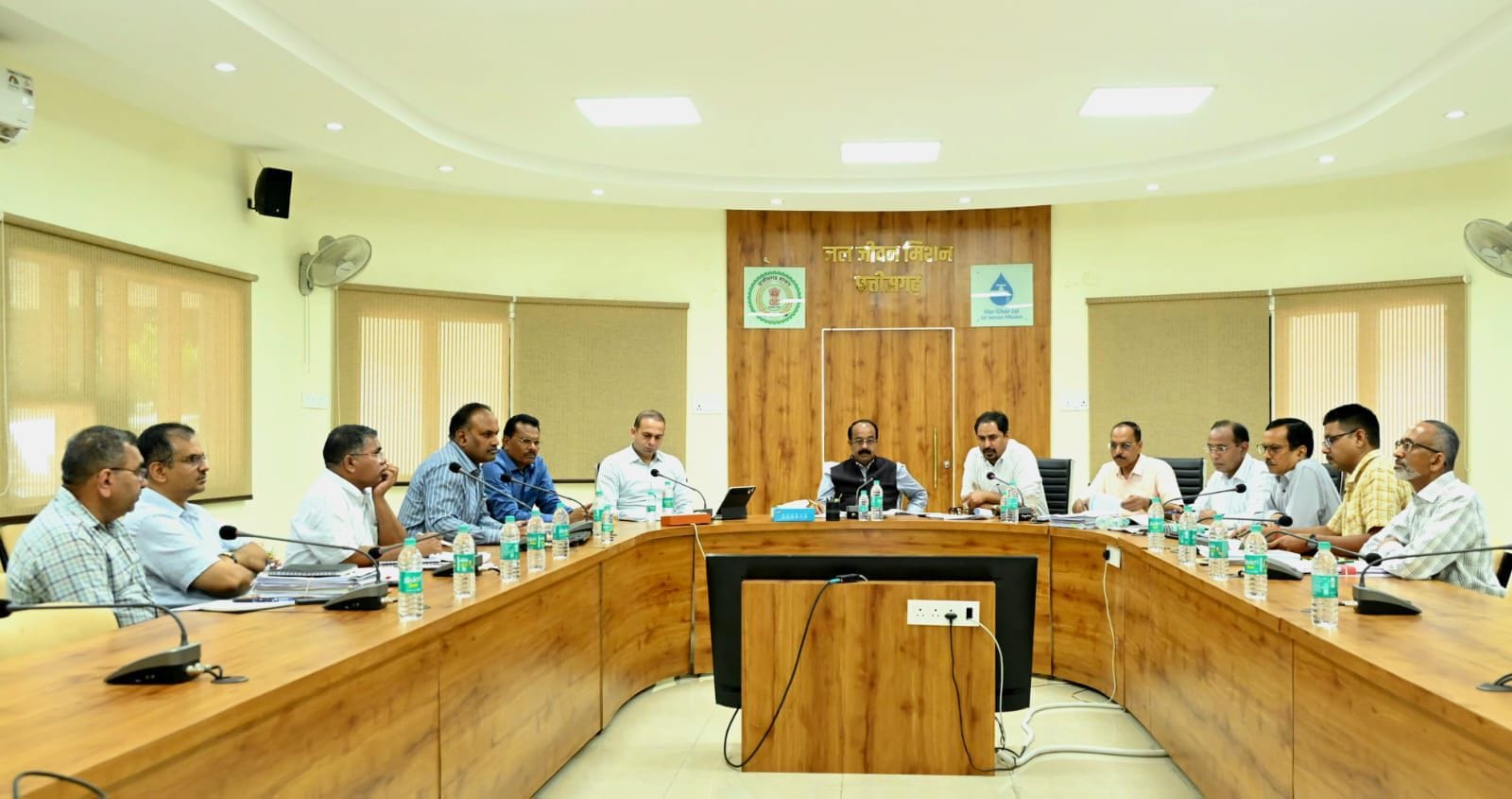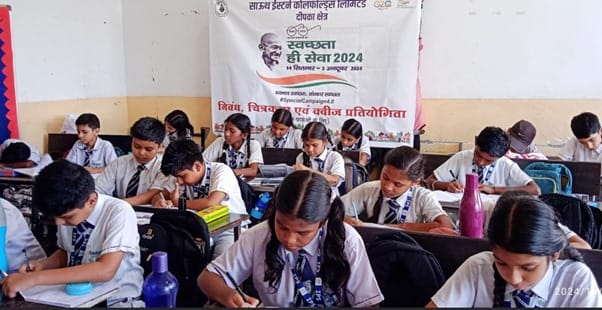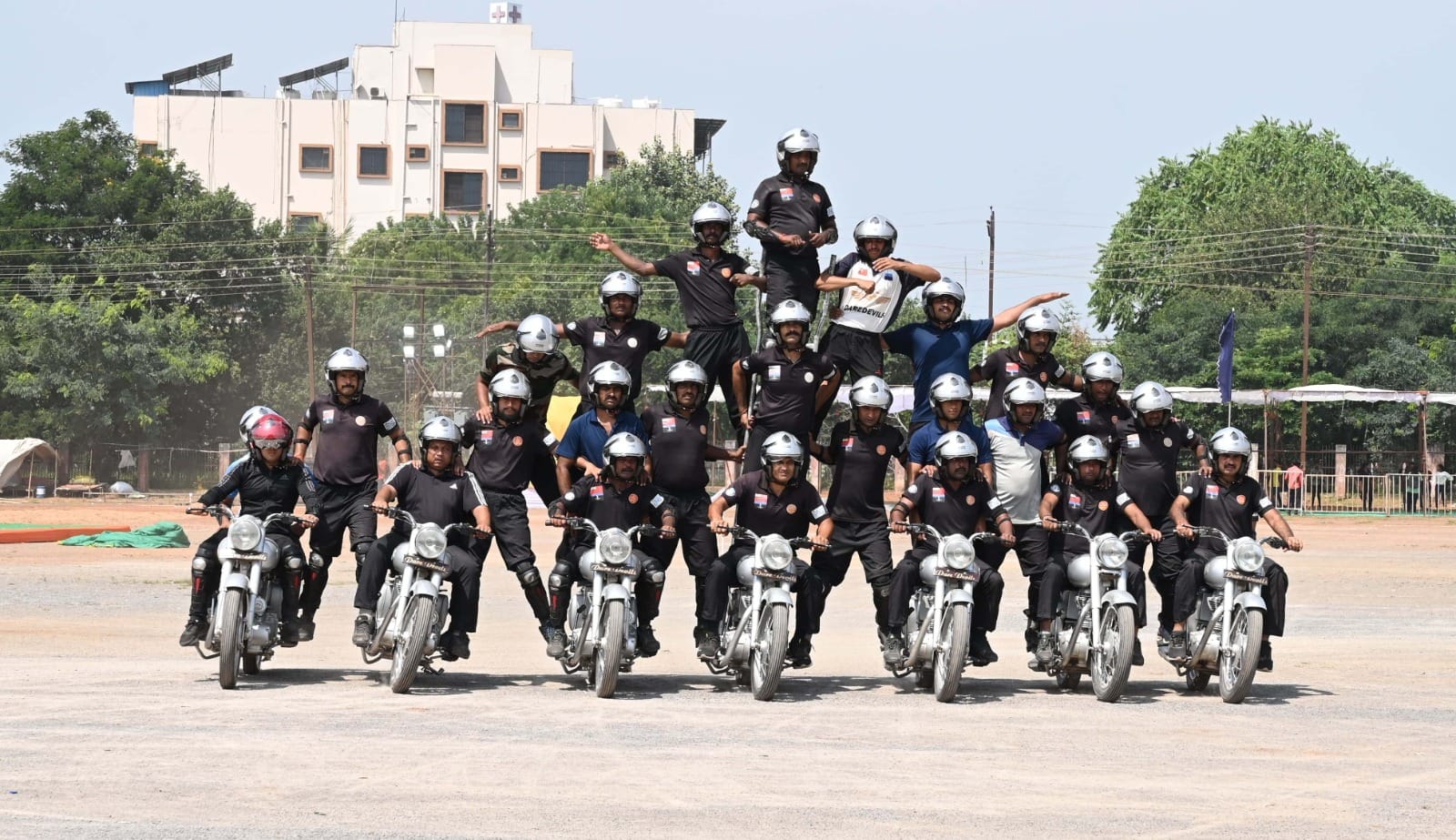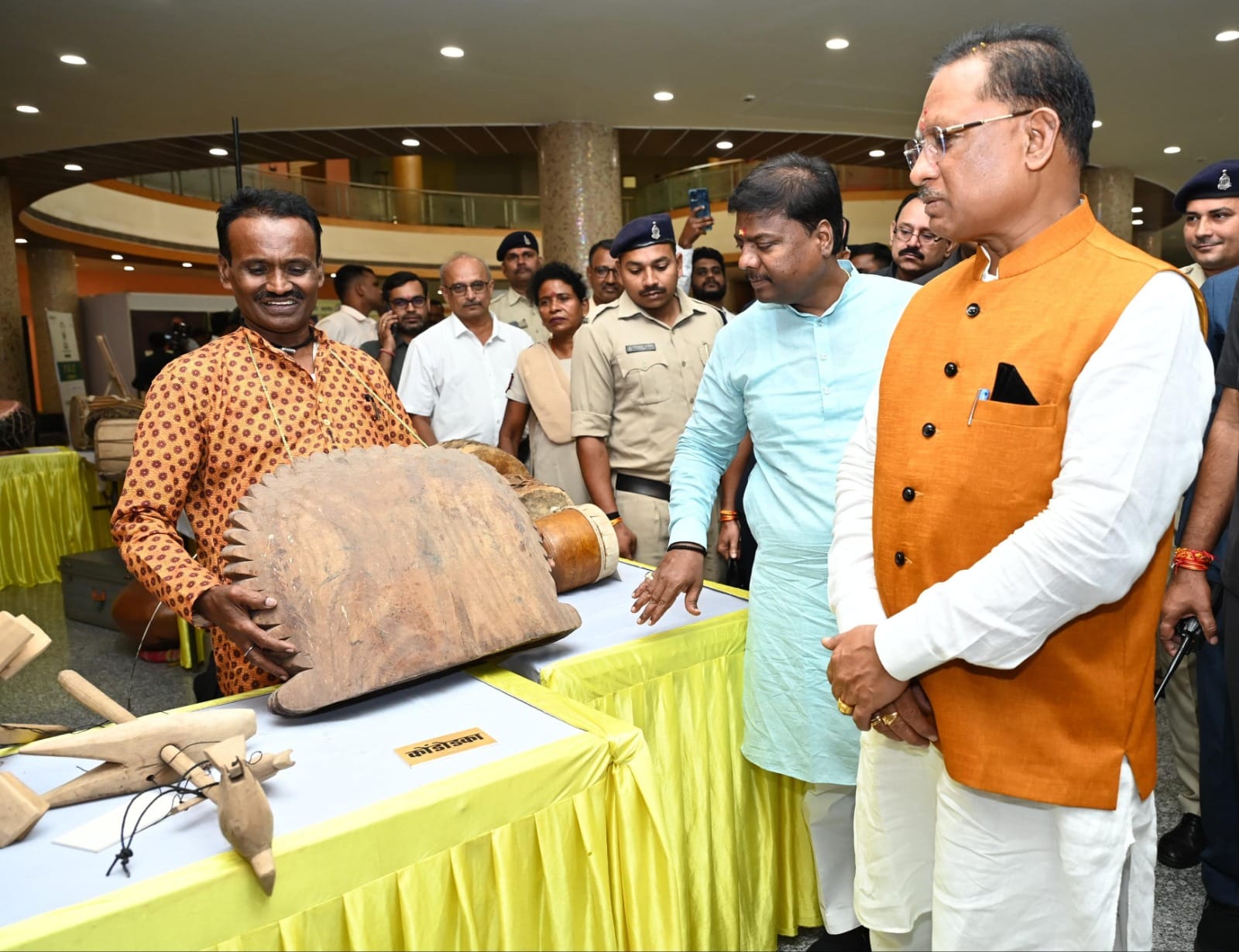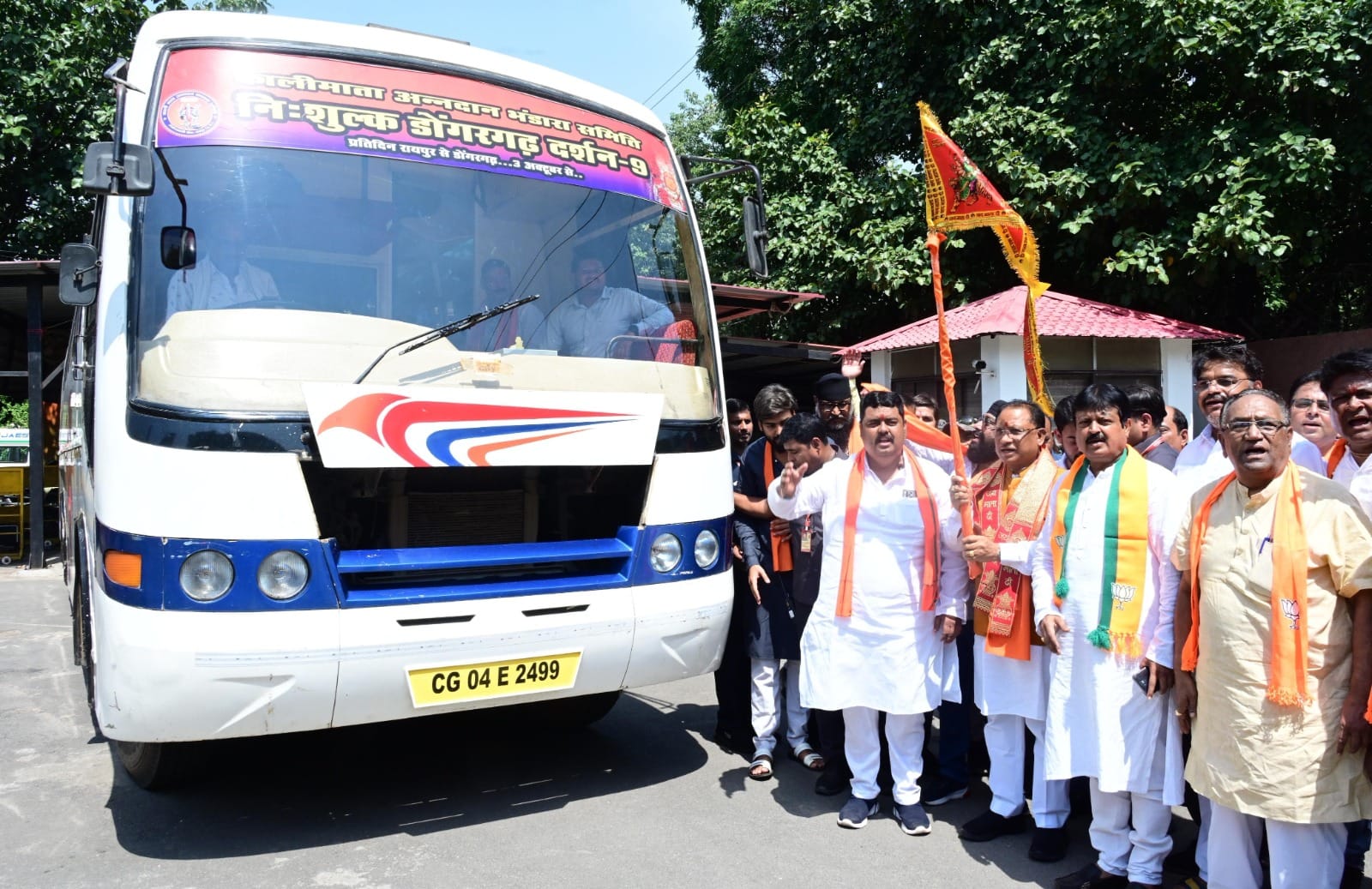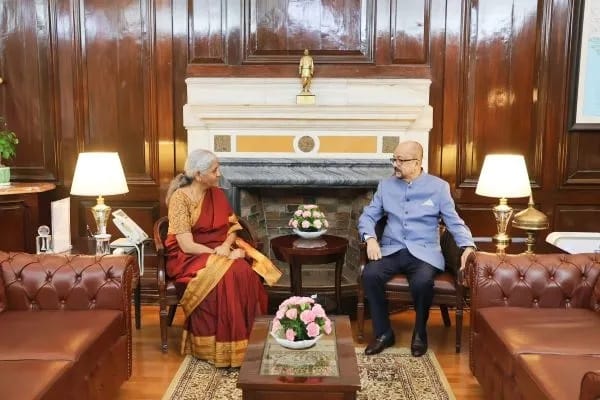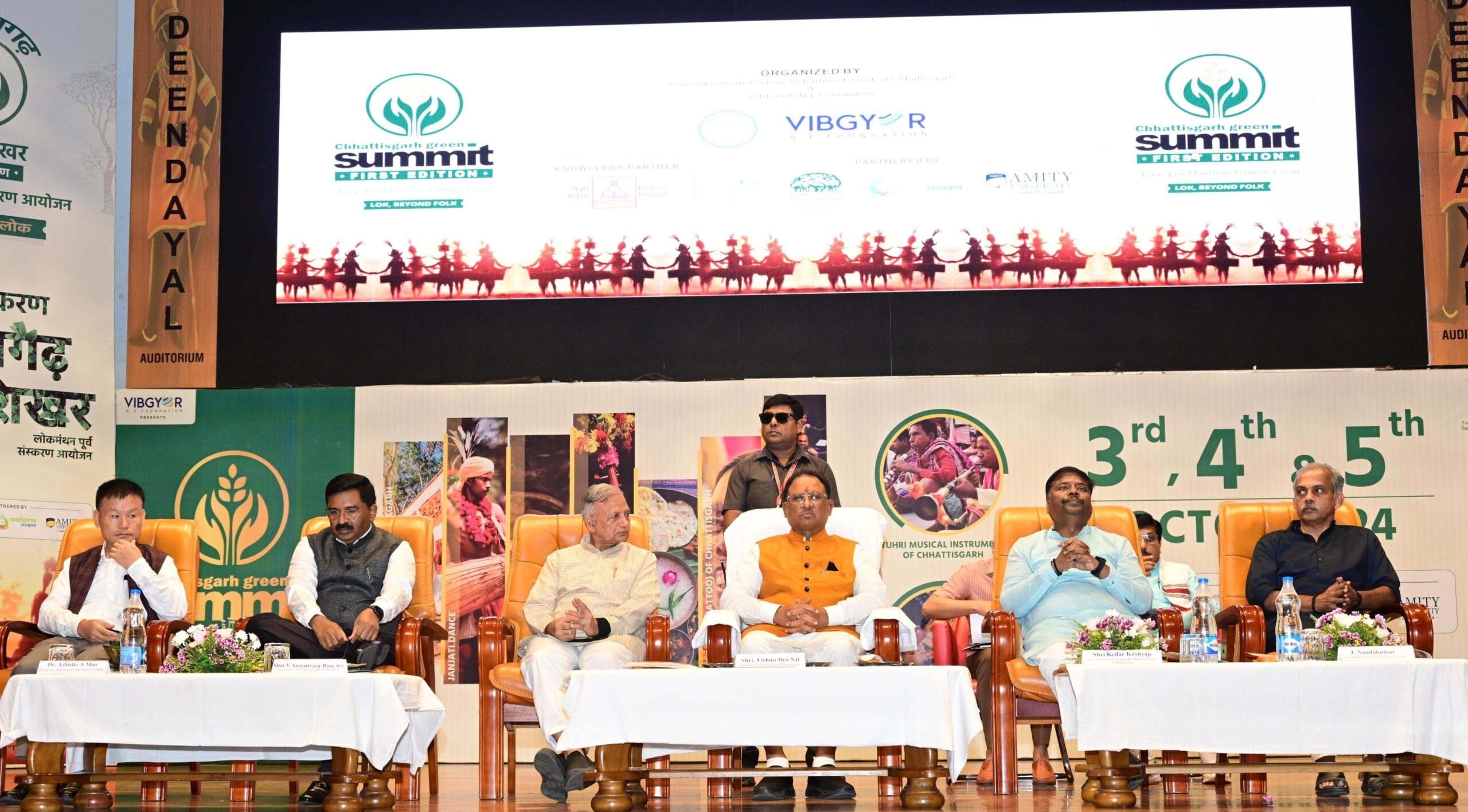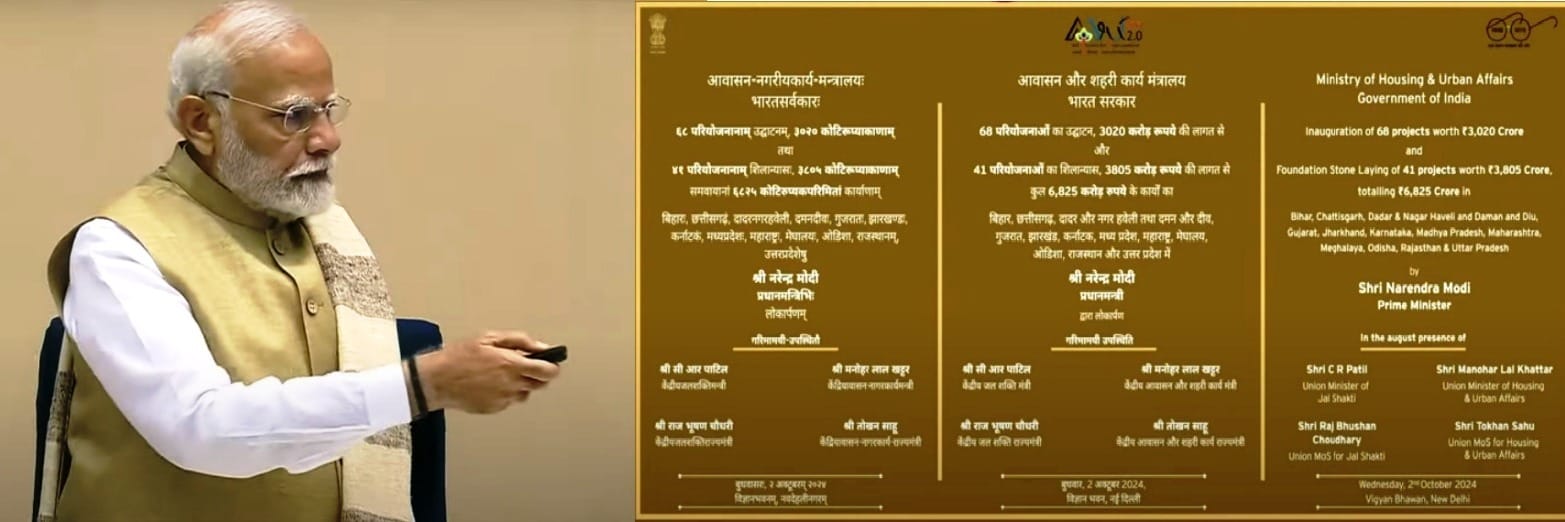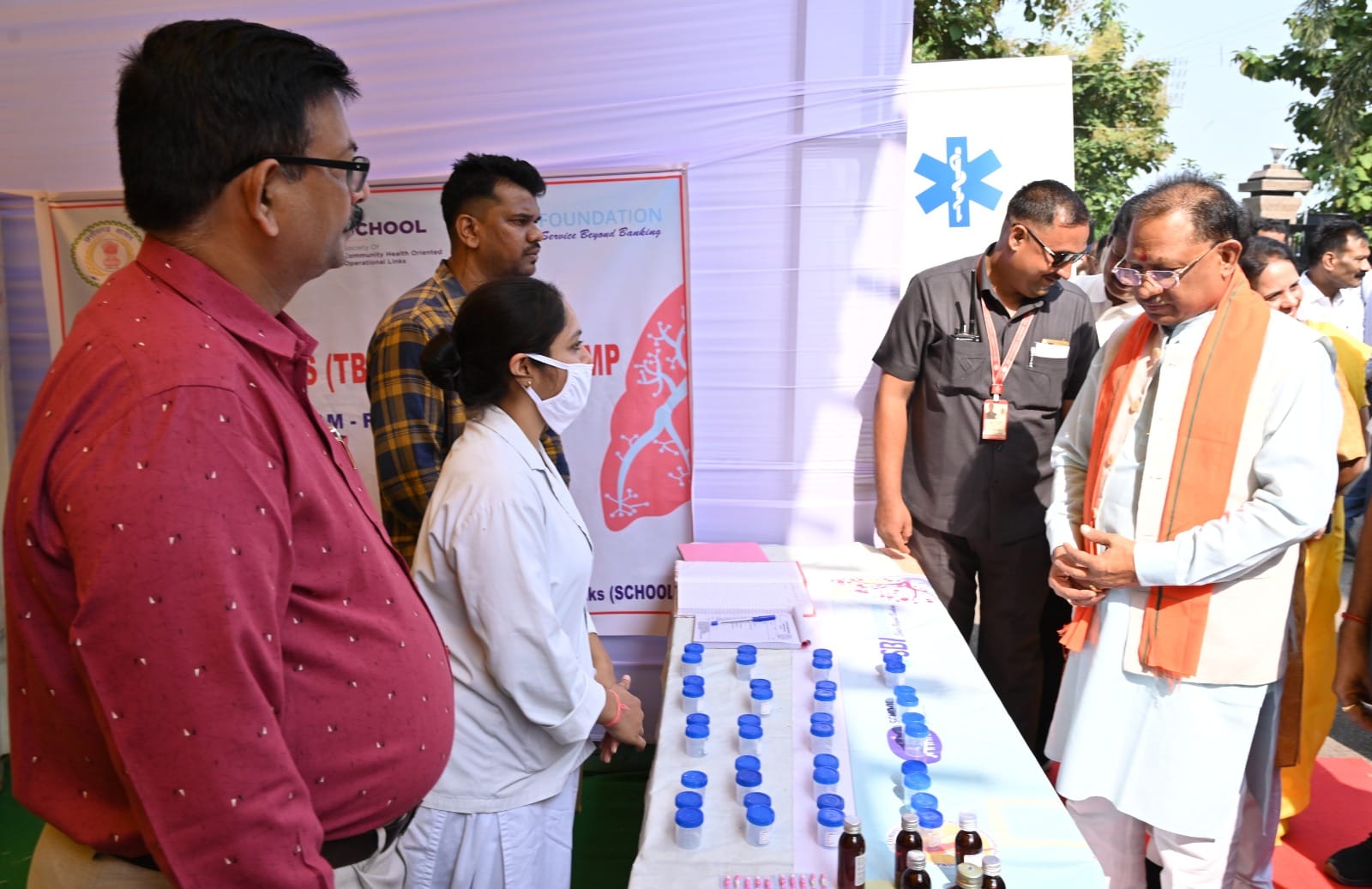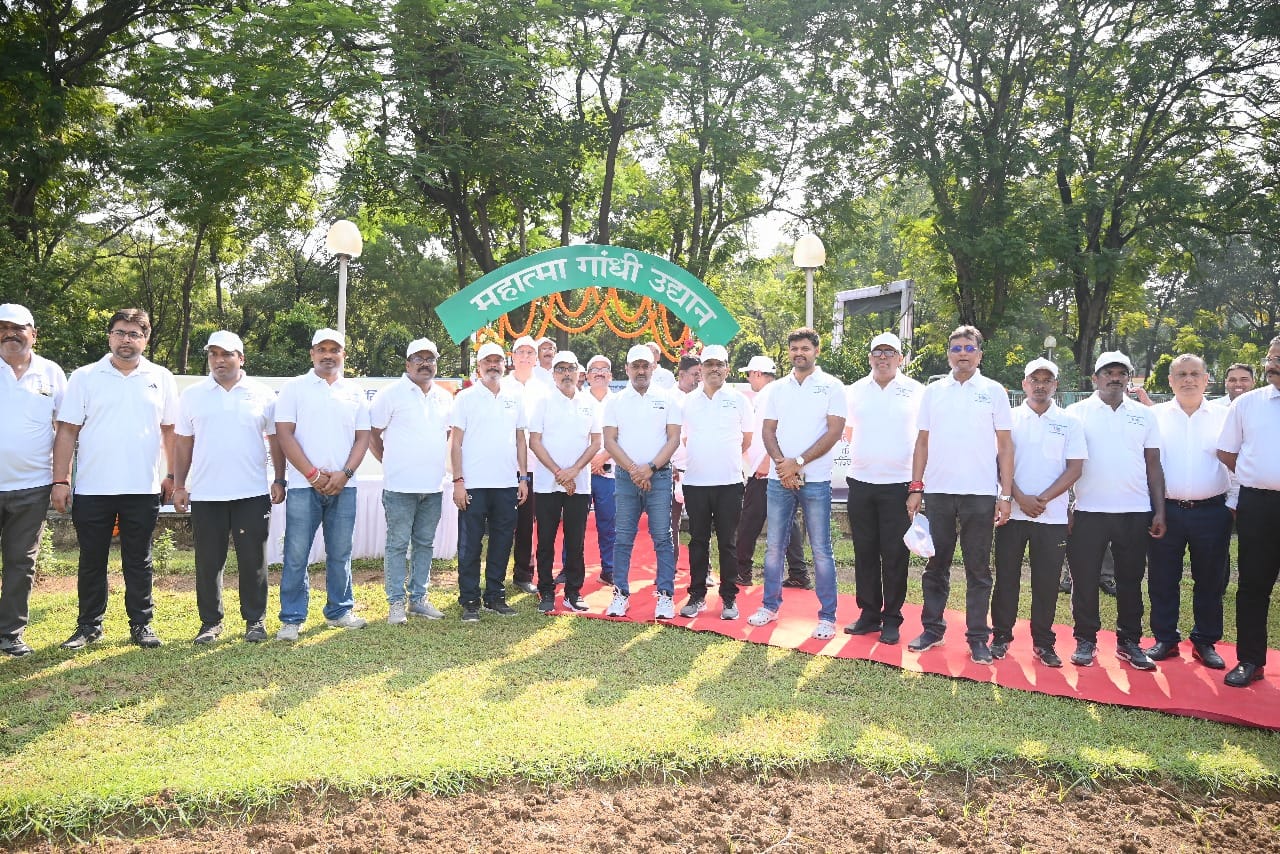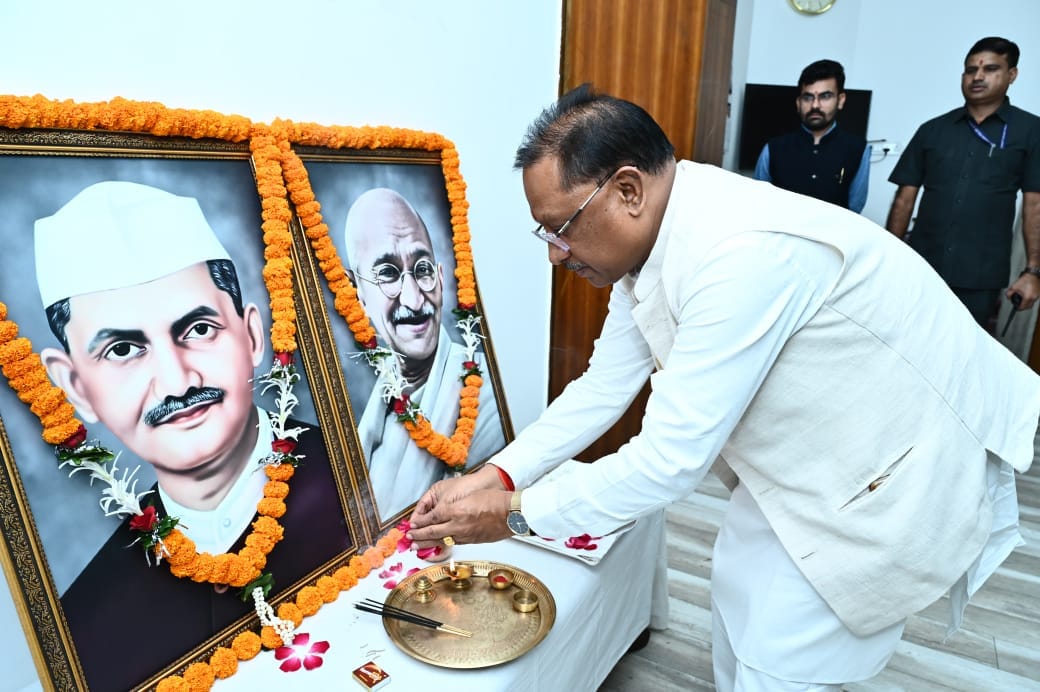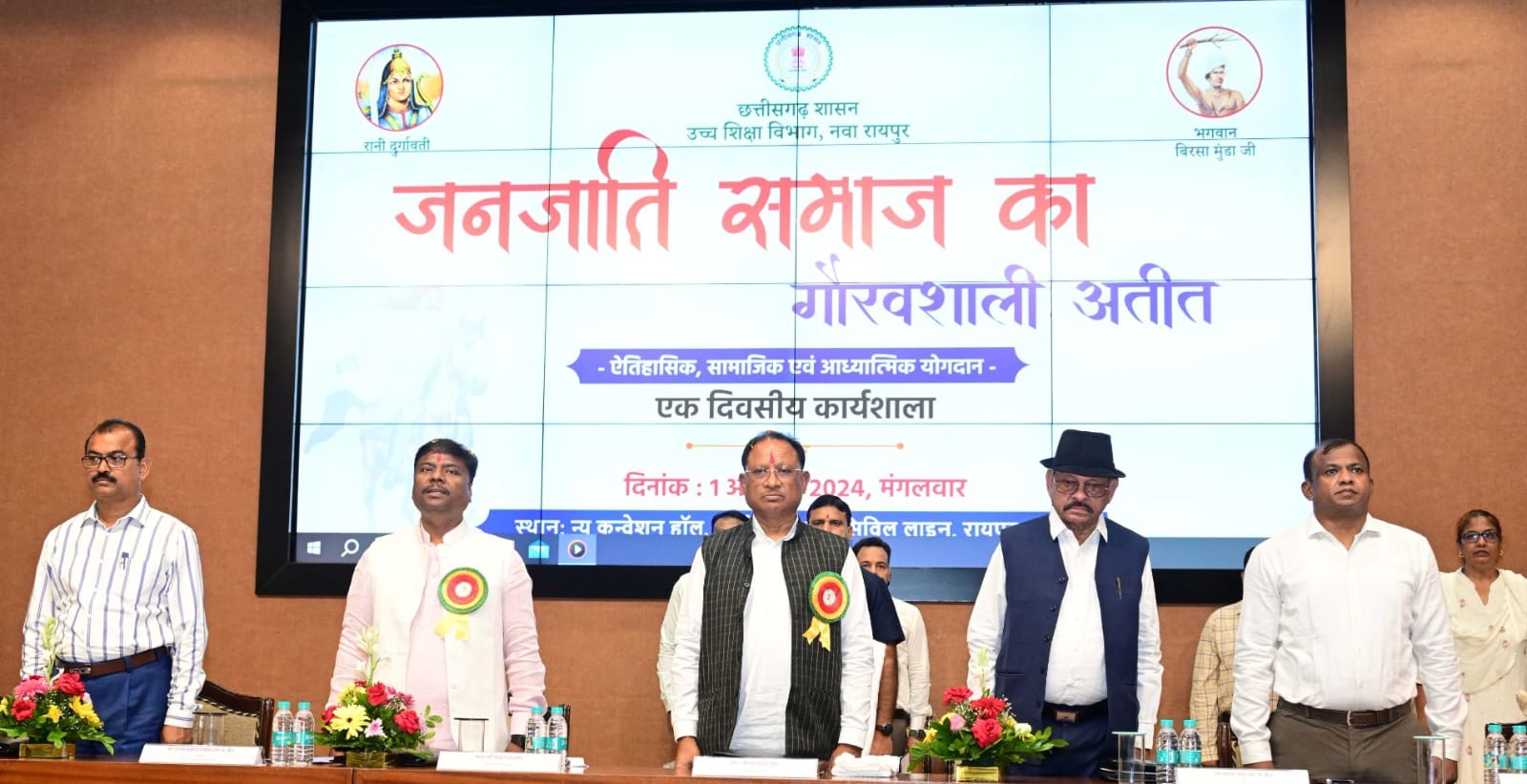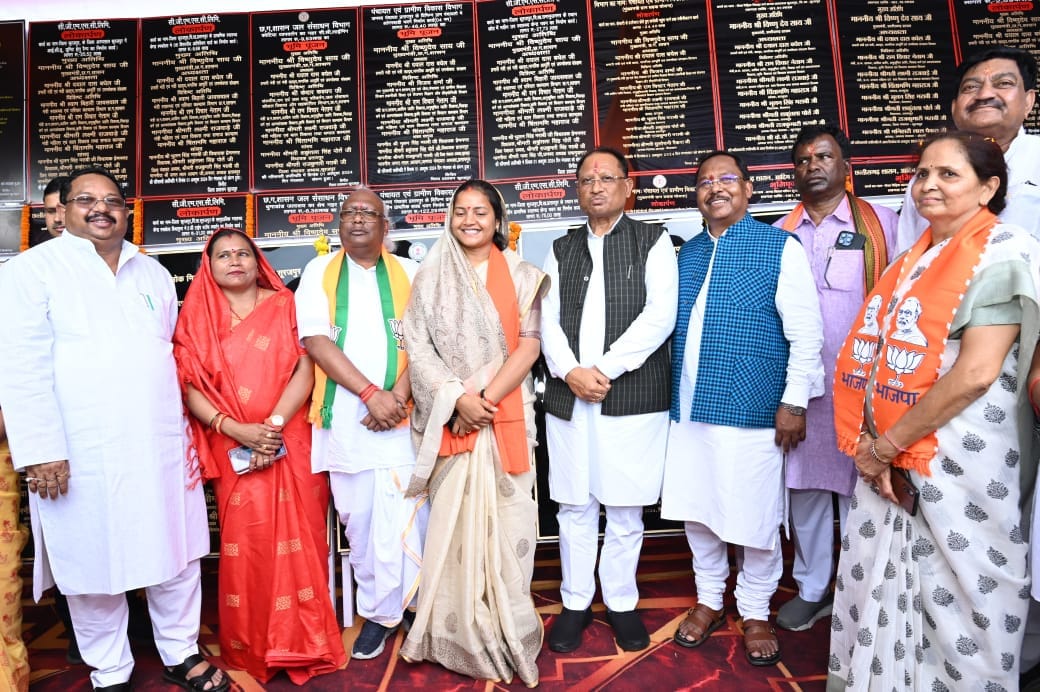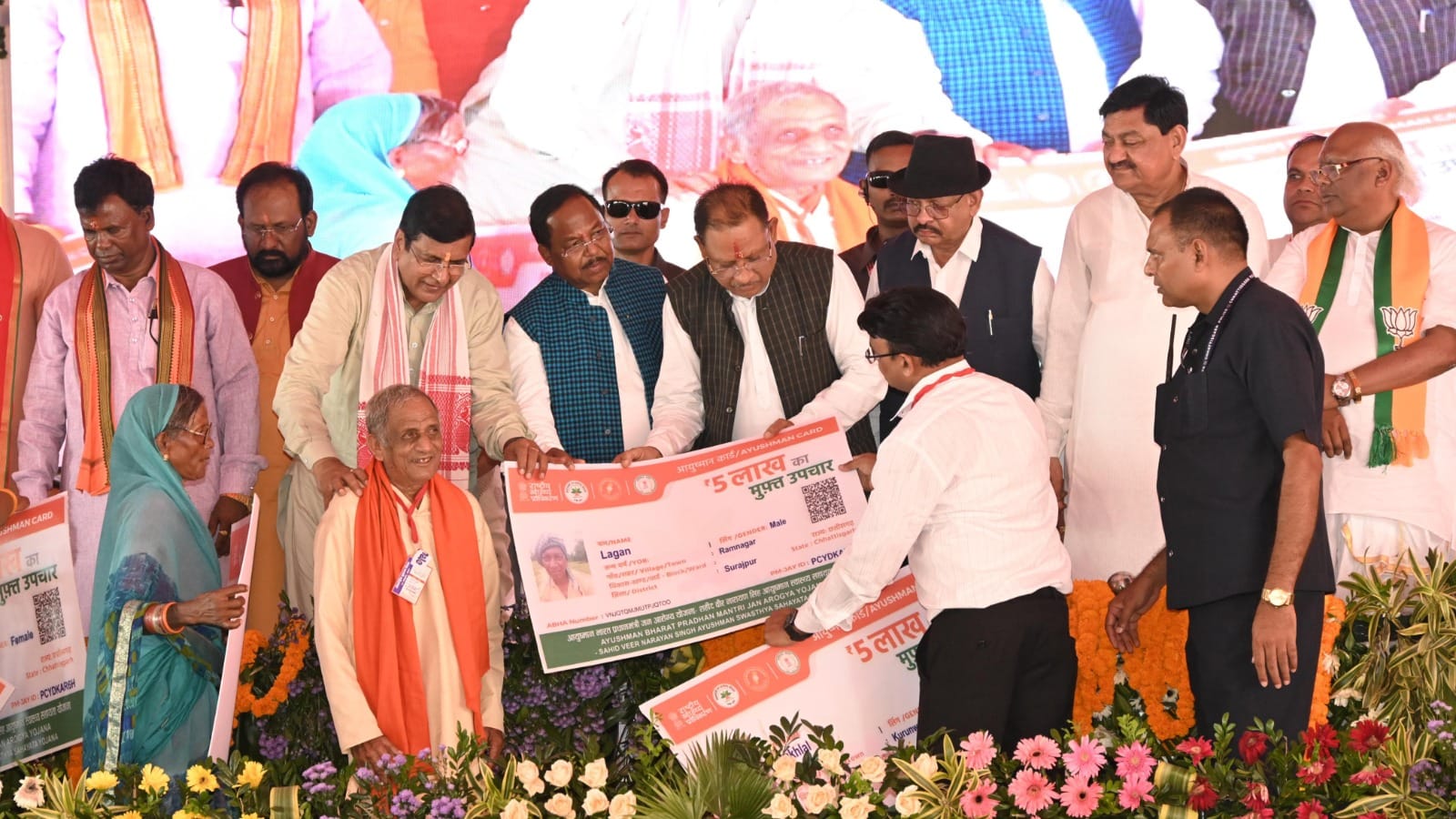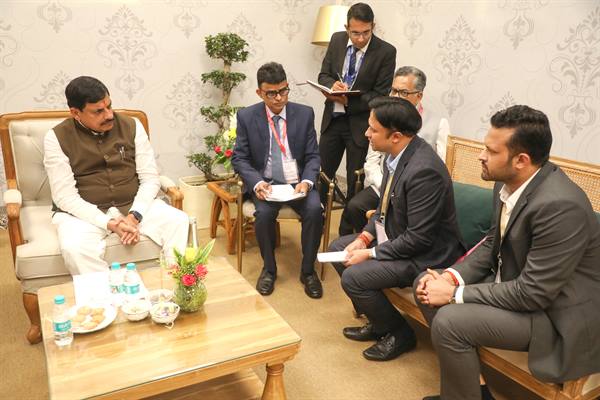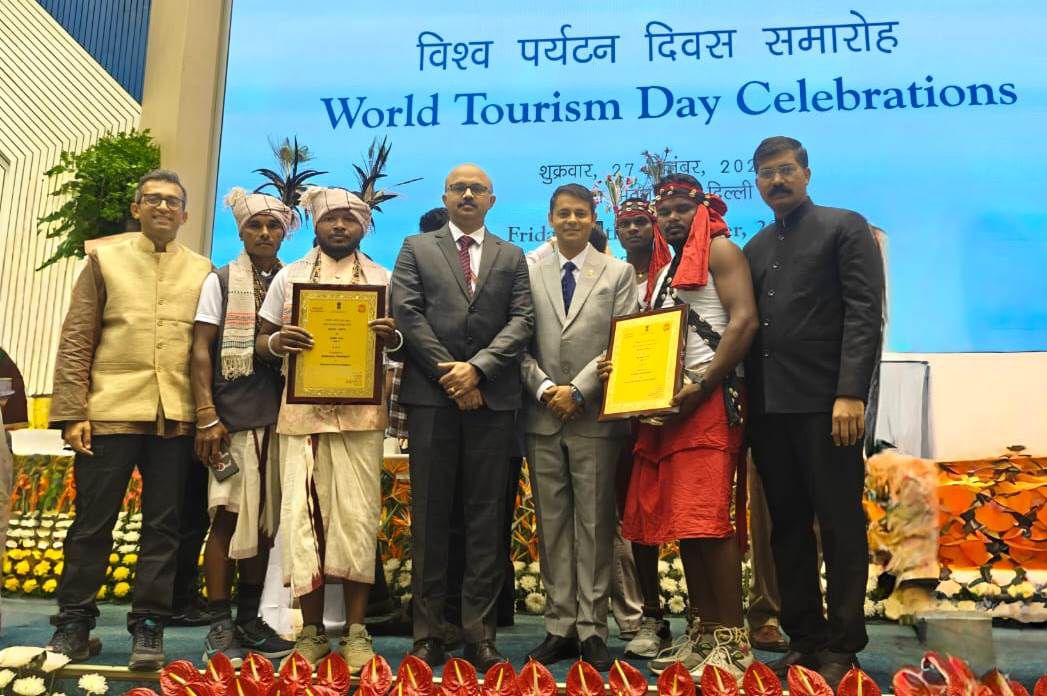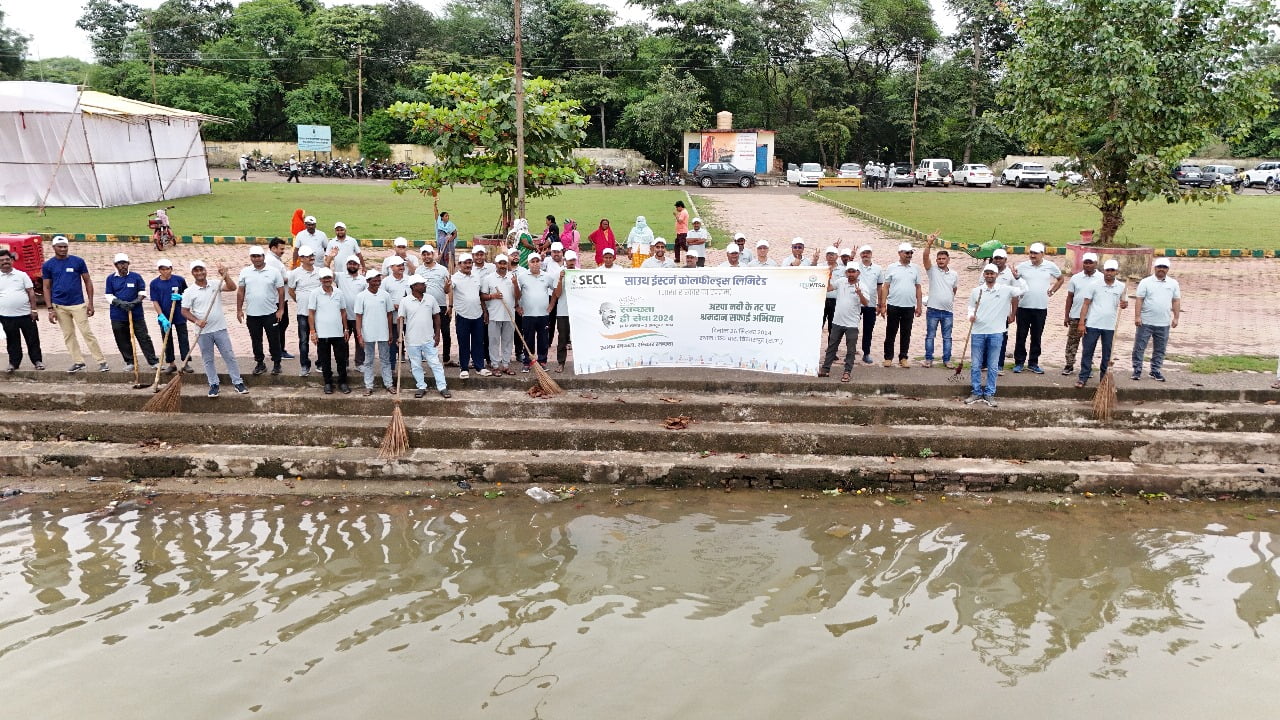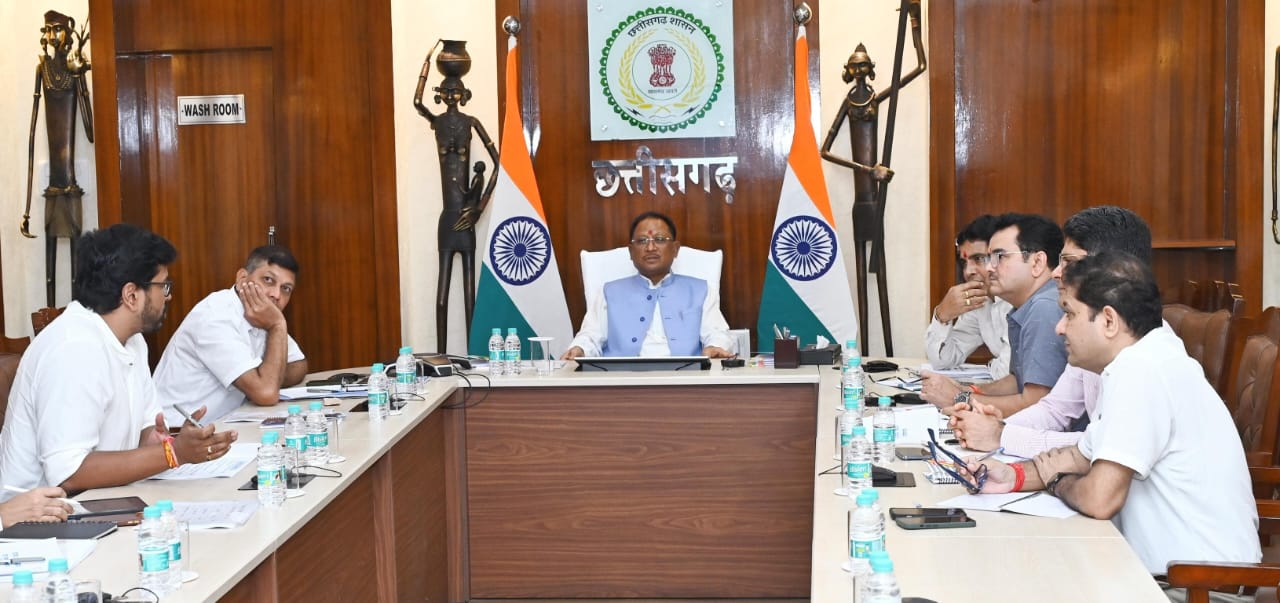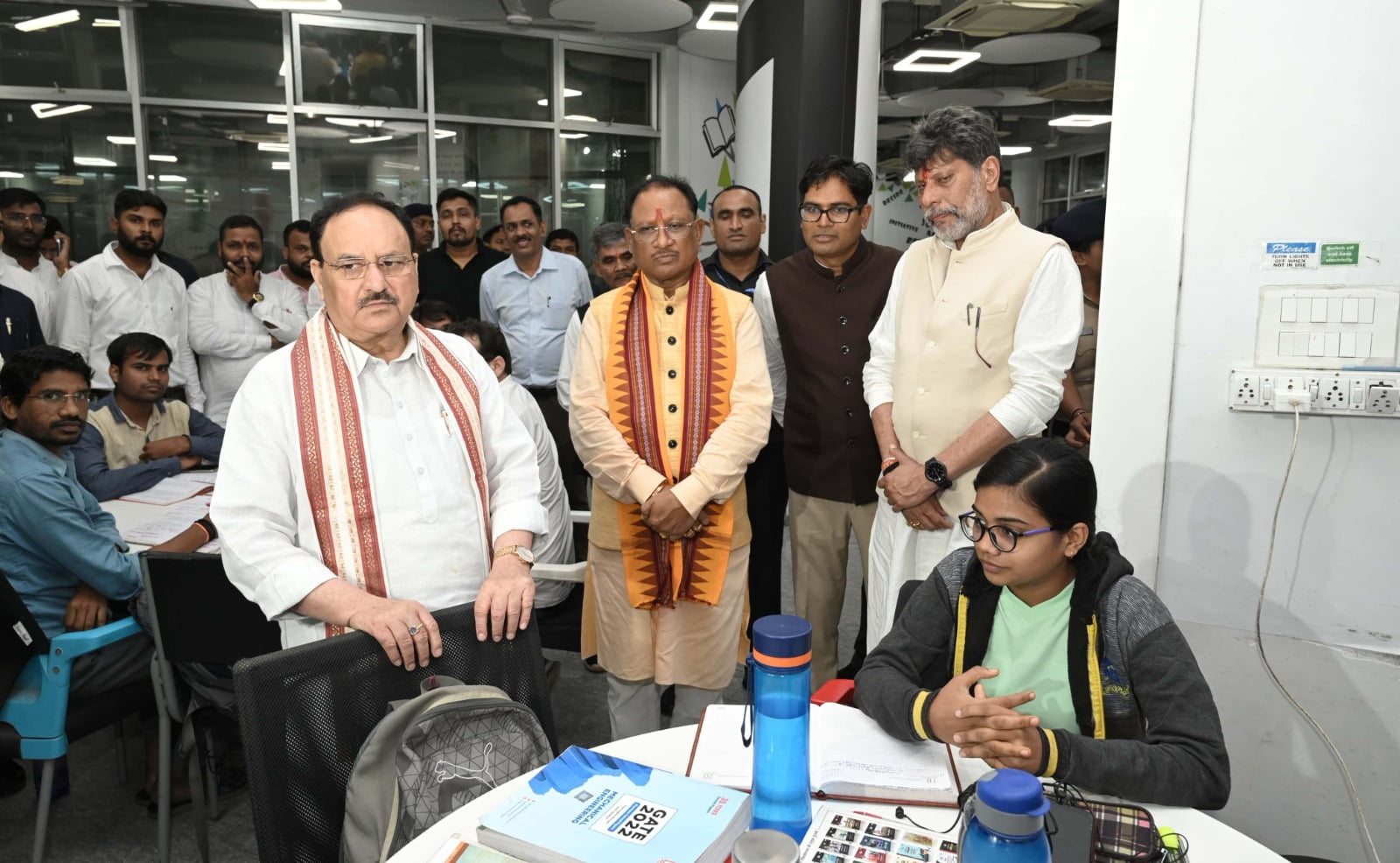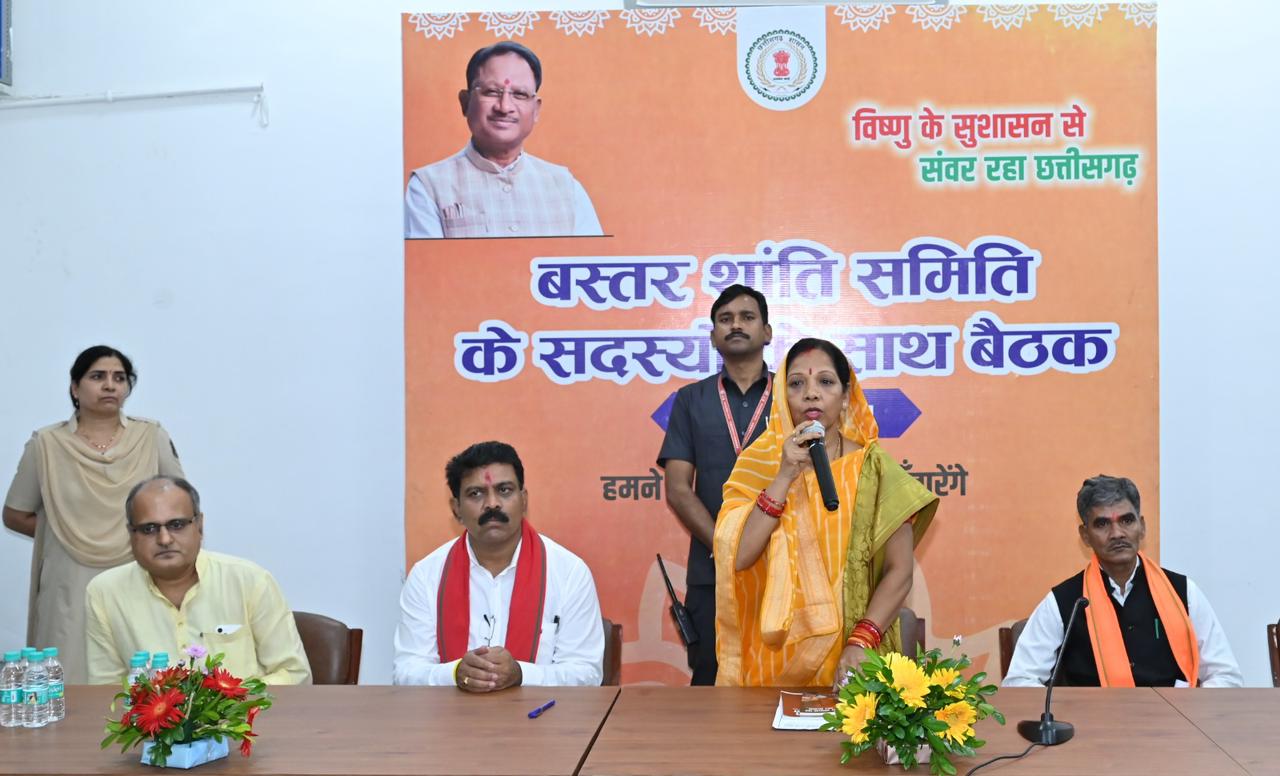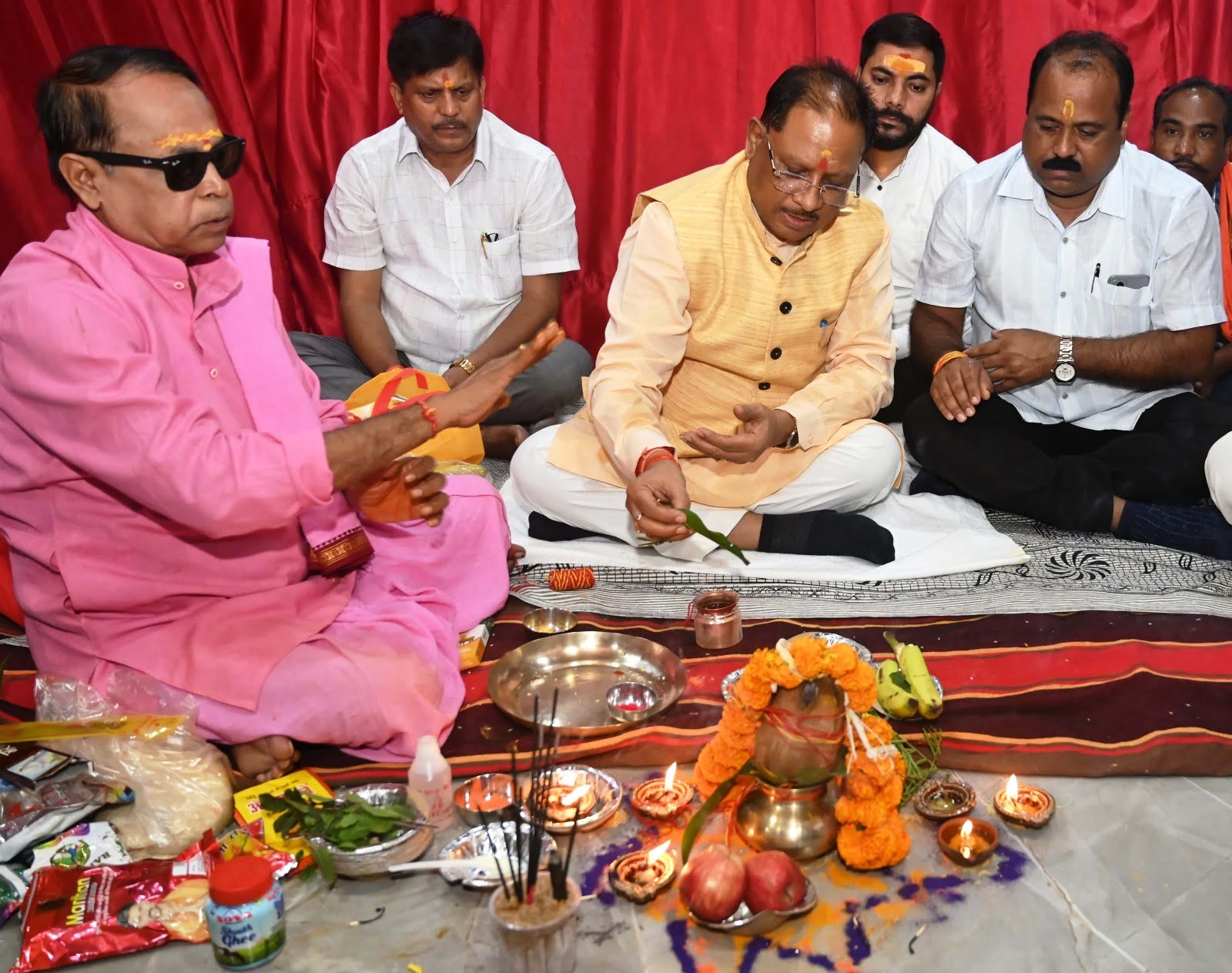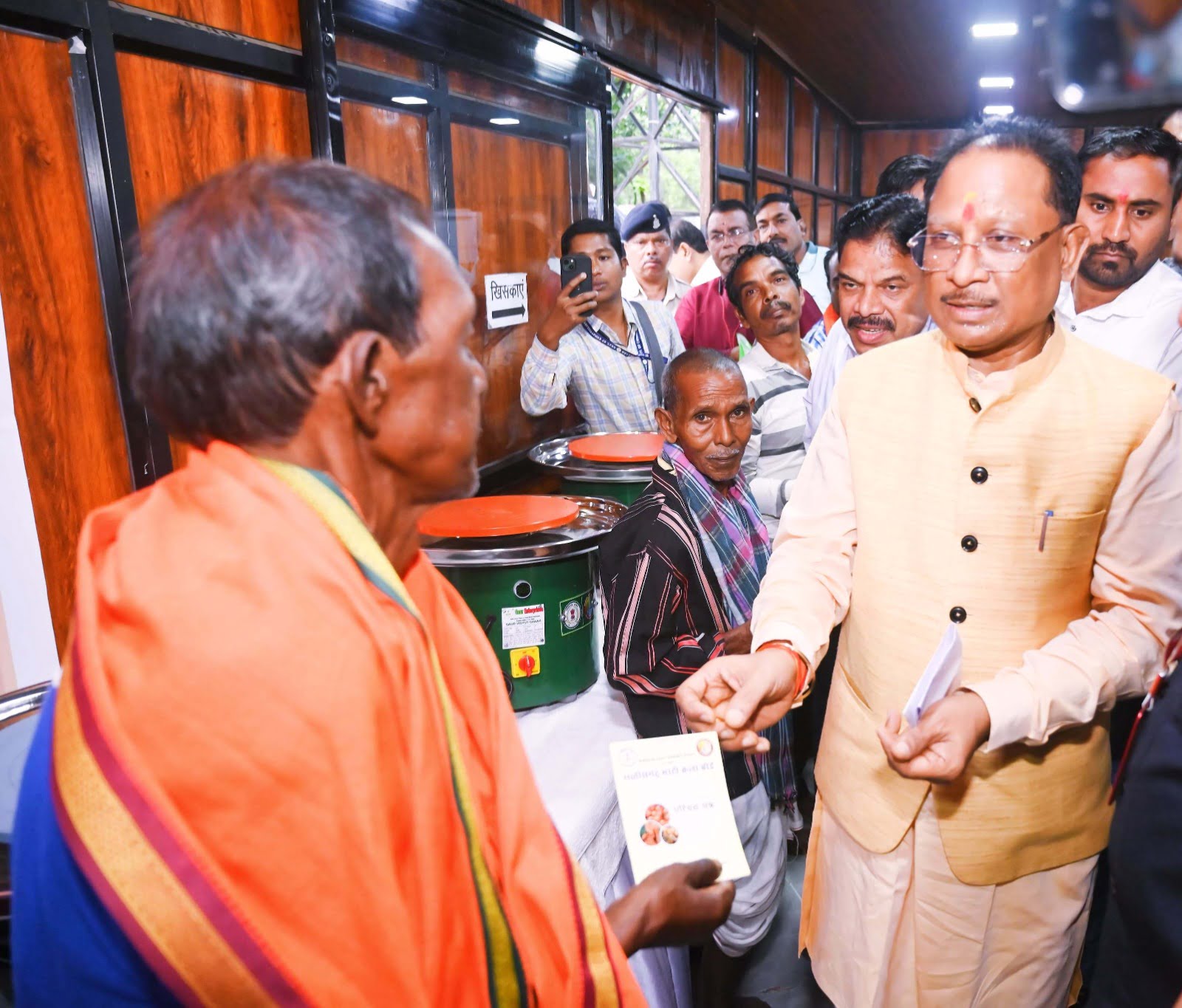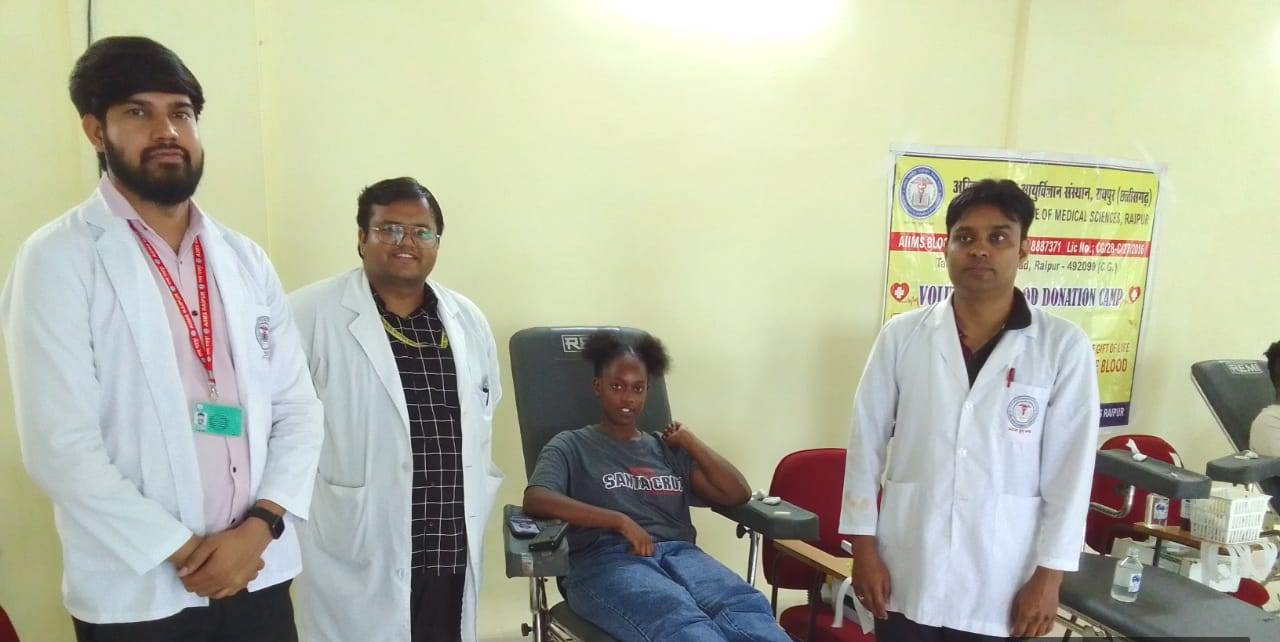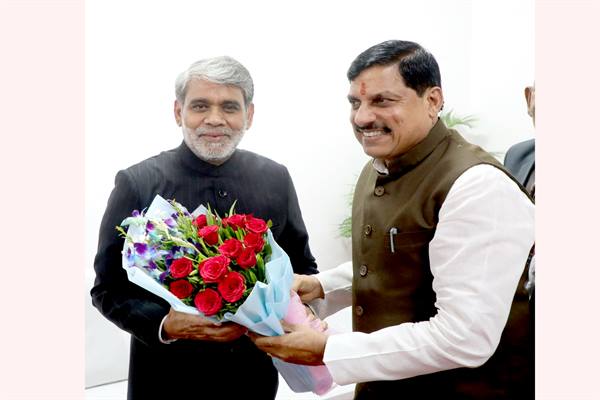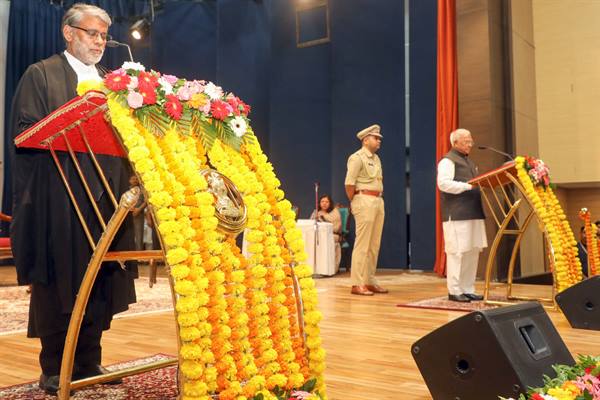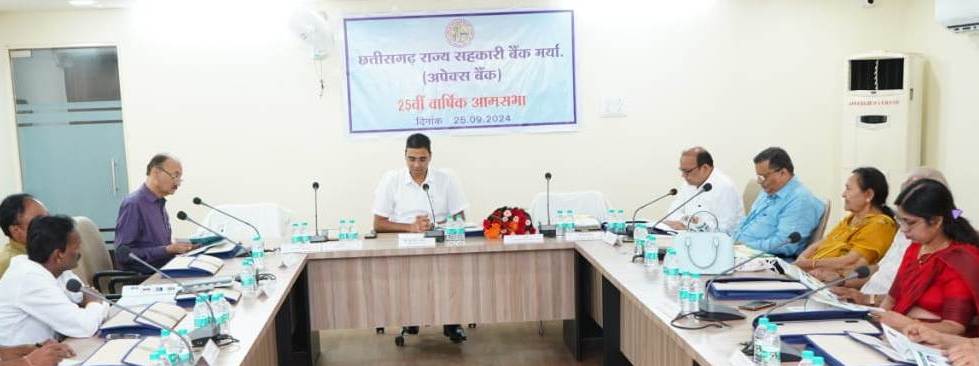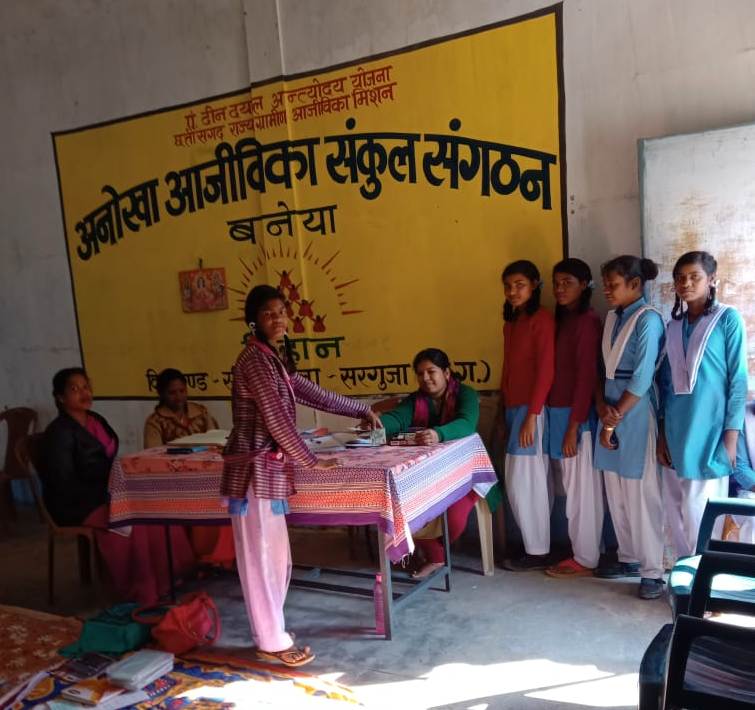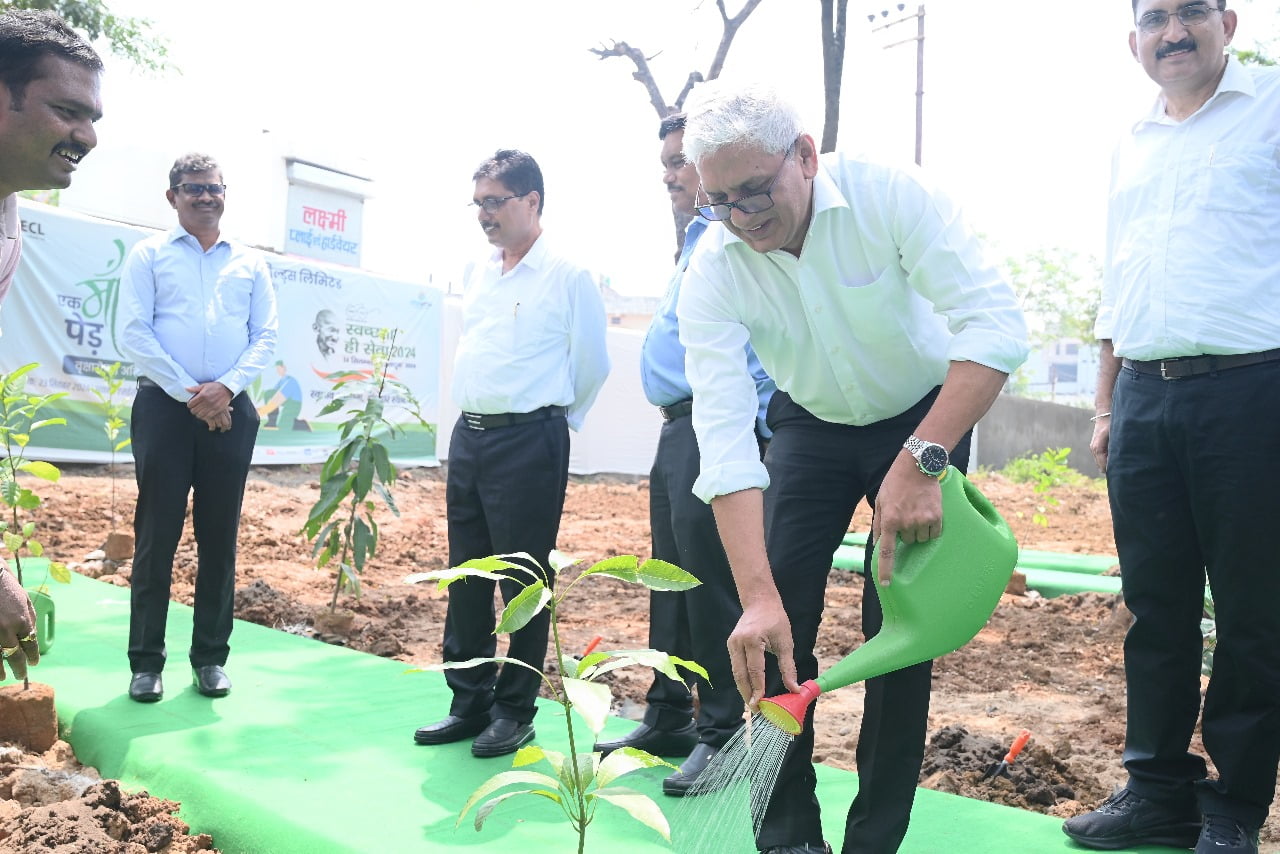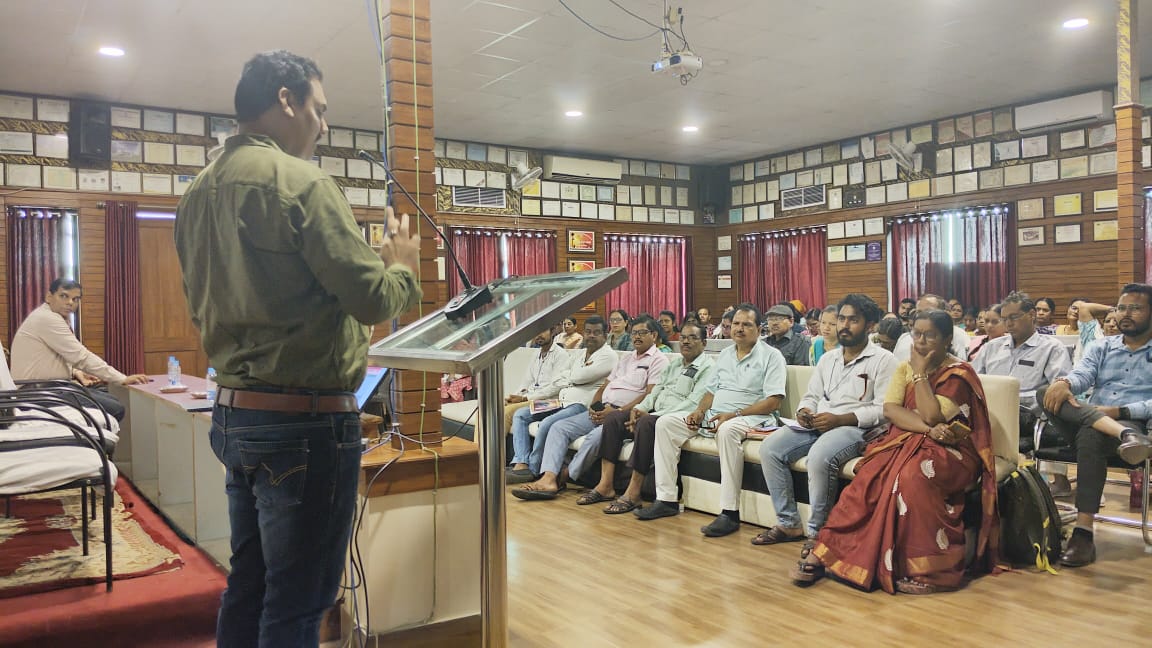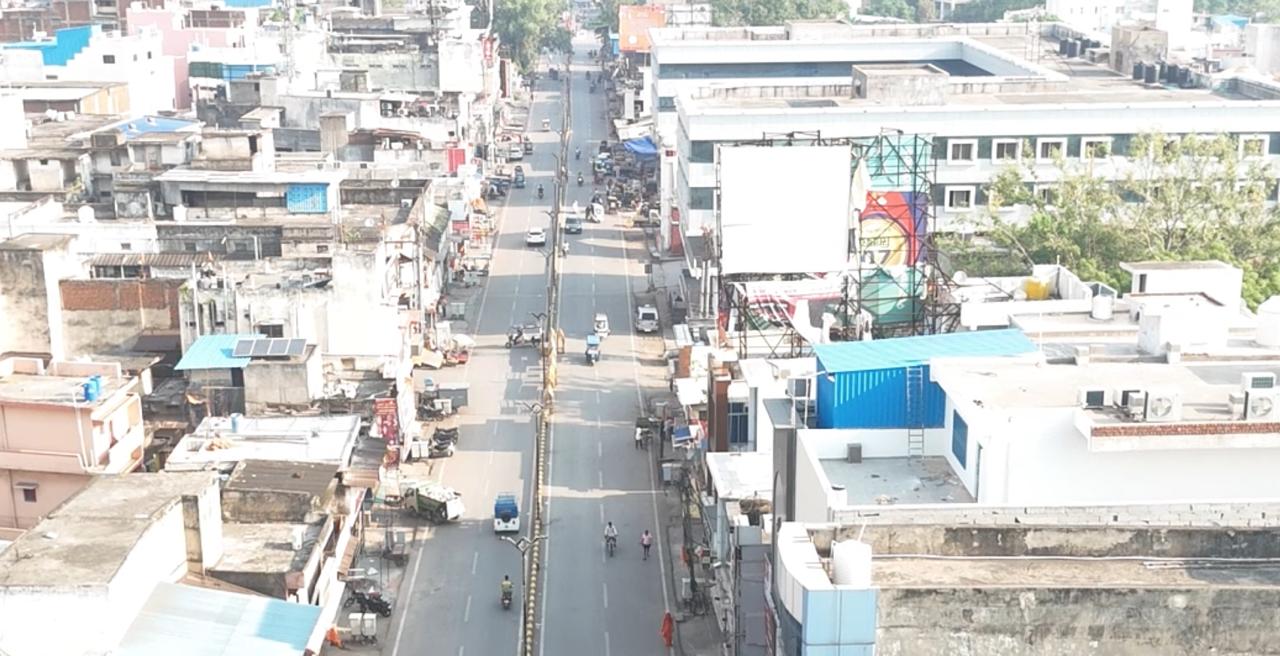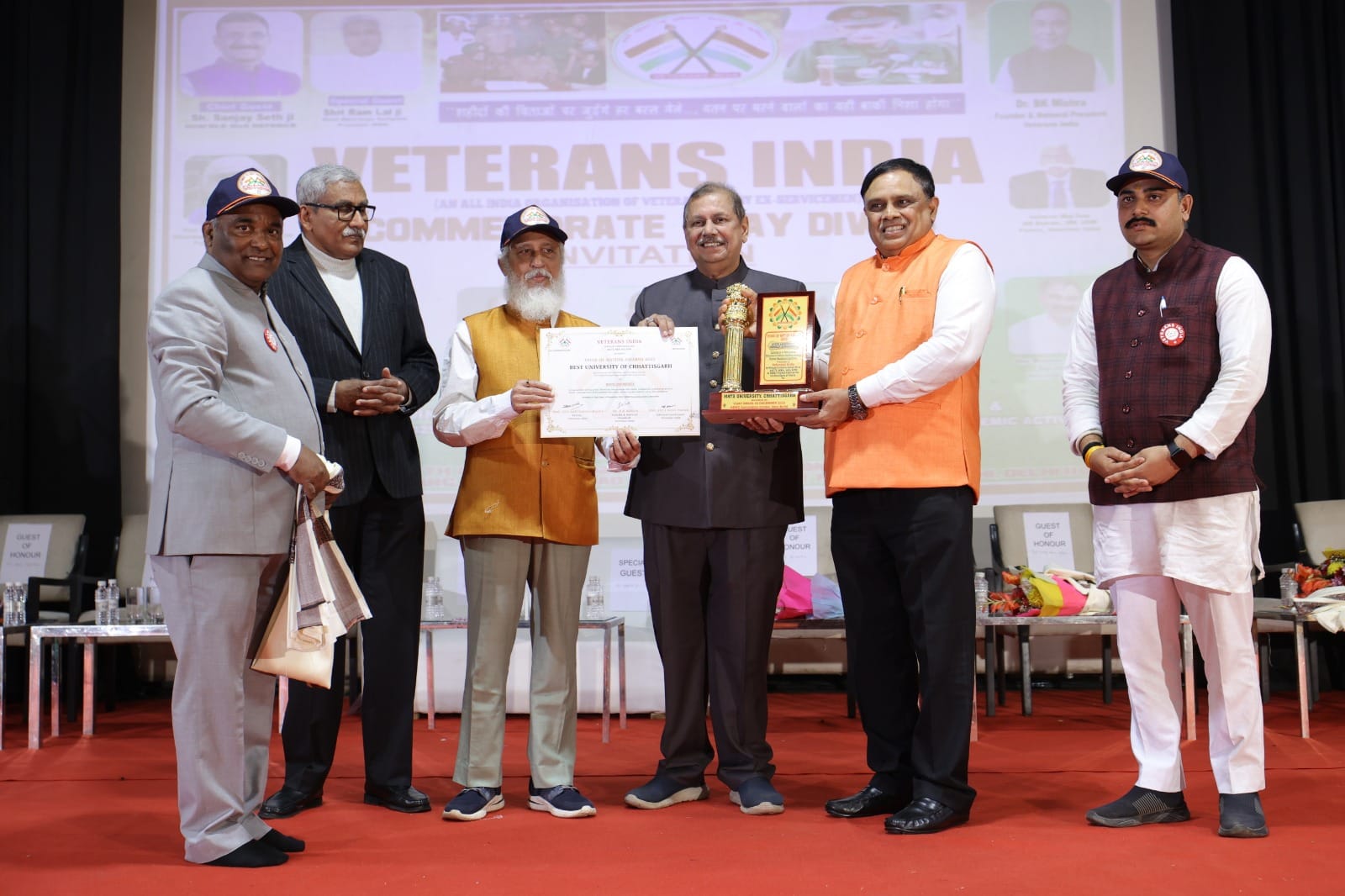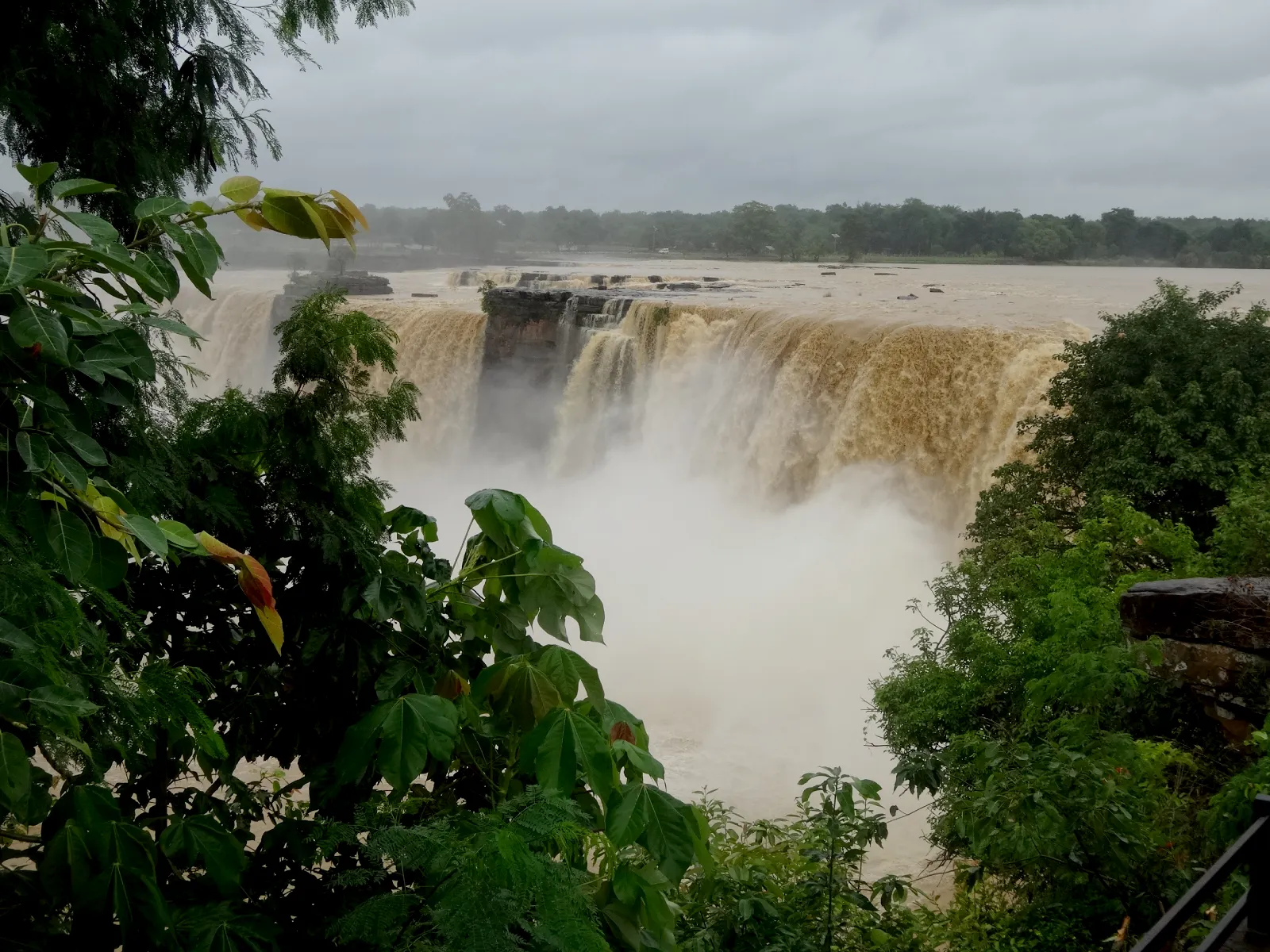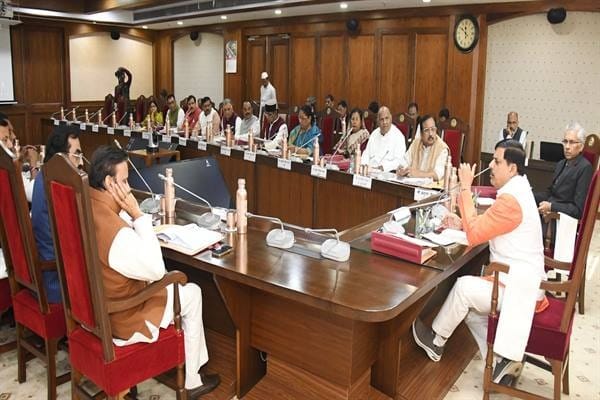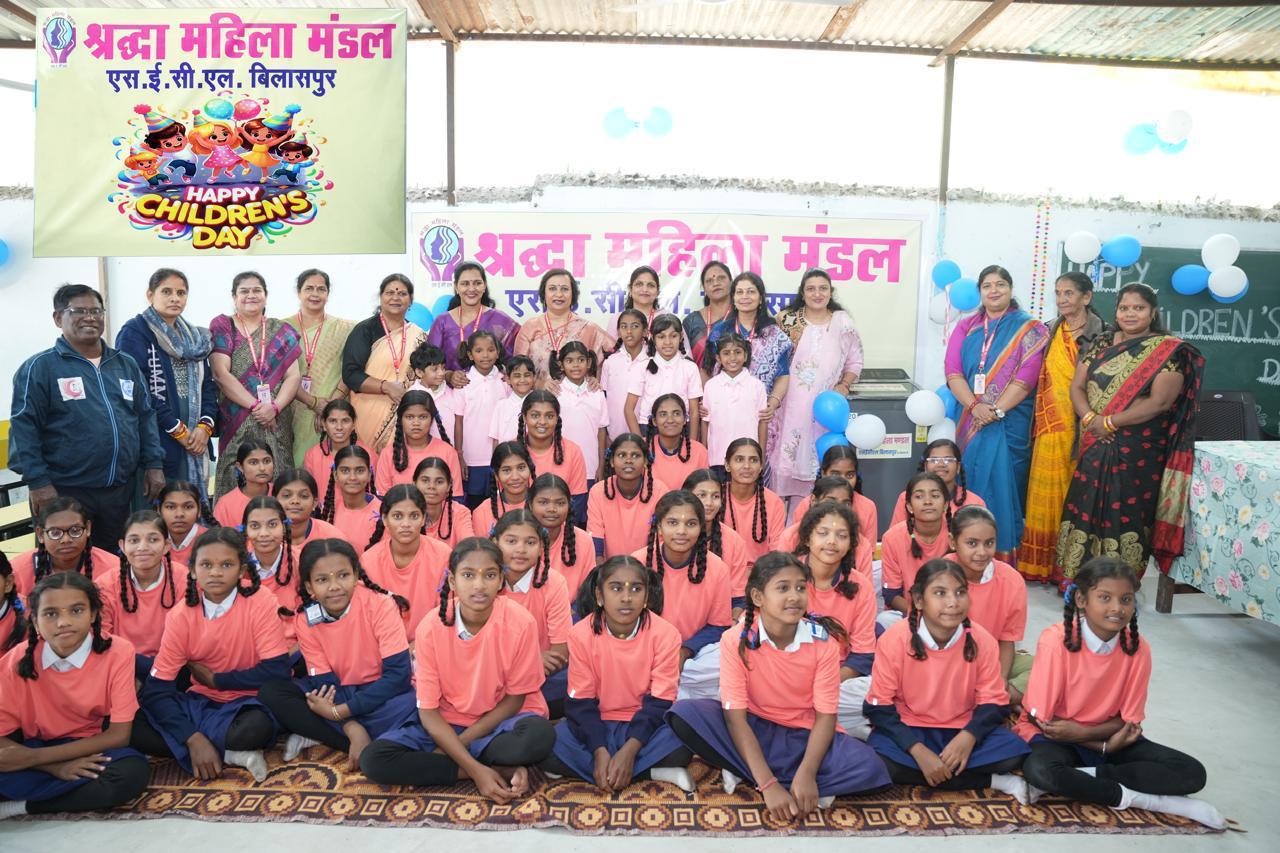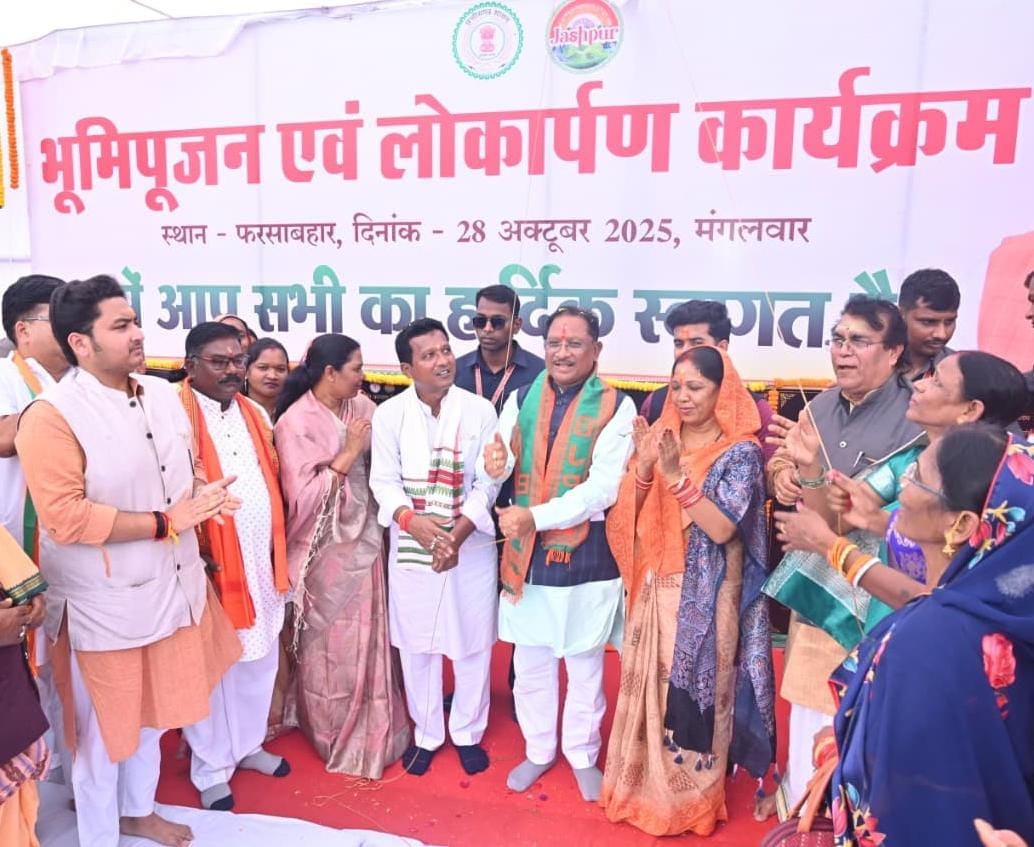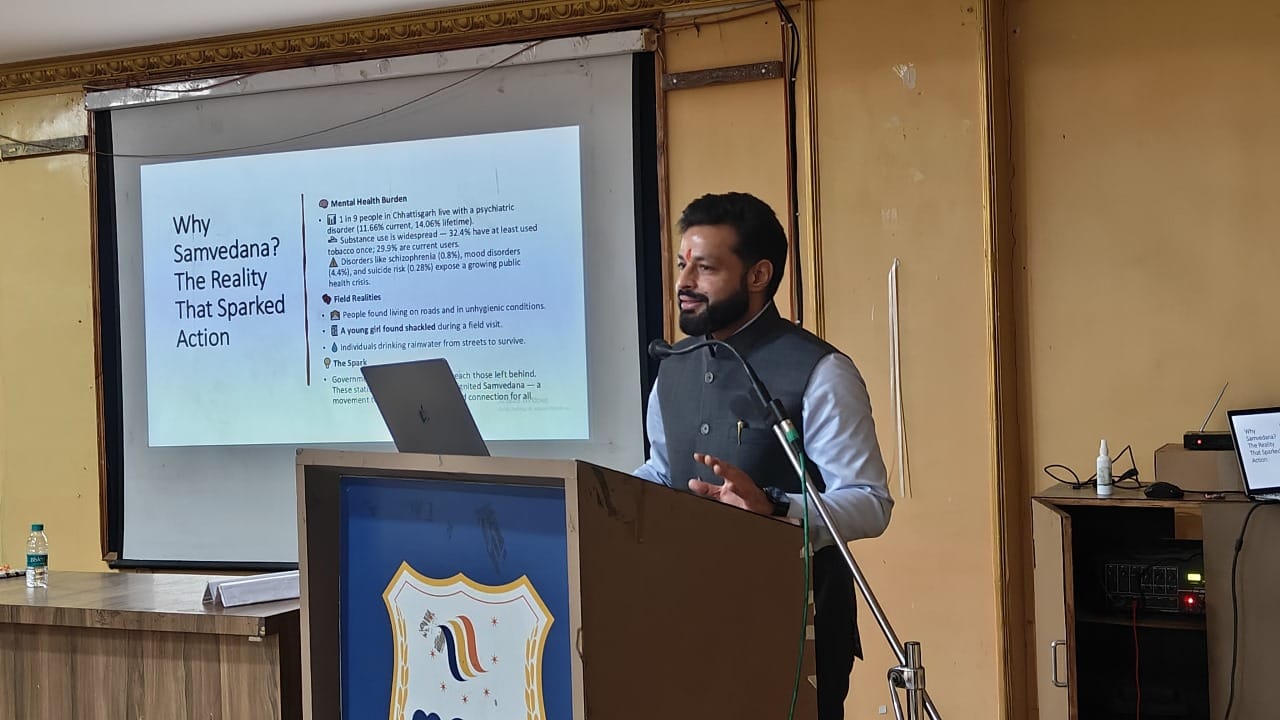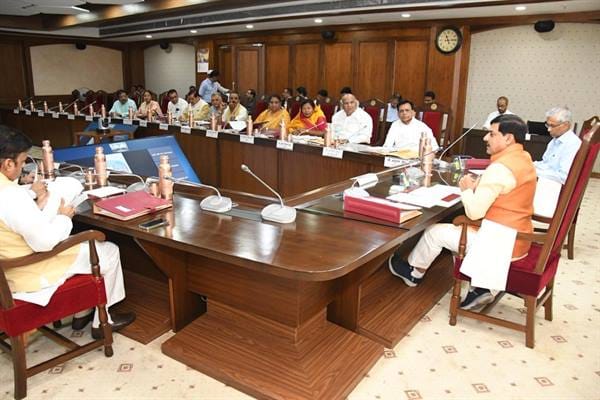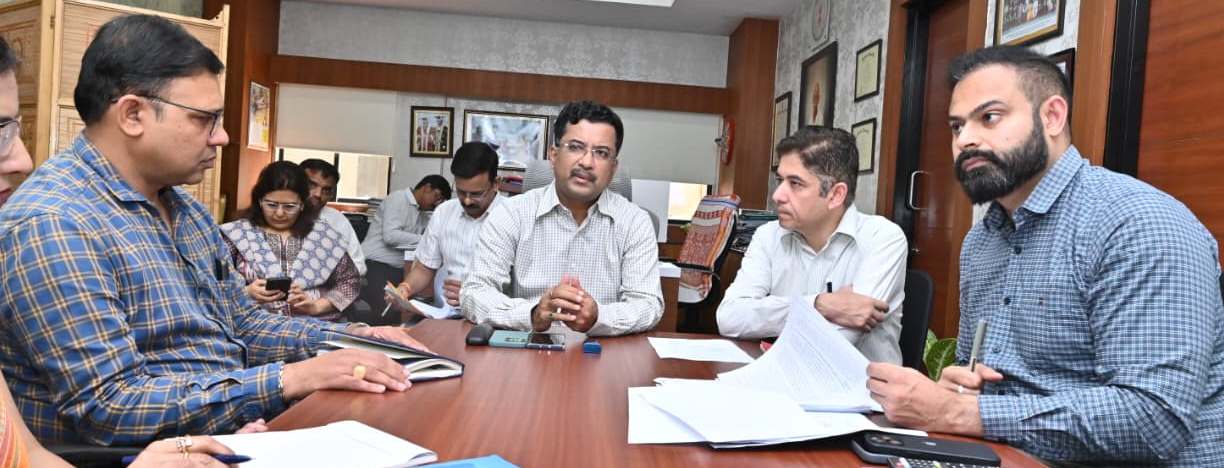- Parastarai Champions Water Conservation Against Drought
- A small village in Chhattisgarh’s Dhamtari district became an example of water conservation
- Farmers have cut back on paddy cultivation production from twice to single crop a year, while switching to pulses and oilseeds for their second and other crops cultivation
- Villagers are also preserving greenery by planting trees initiated sapling drive of Ek Ped Bhau and Betio Ke Naam Bhi – under ongoing Ek Ped Maa Ke Naam – government’s ambitious green cover drive
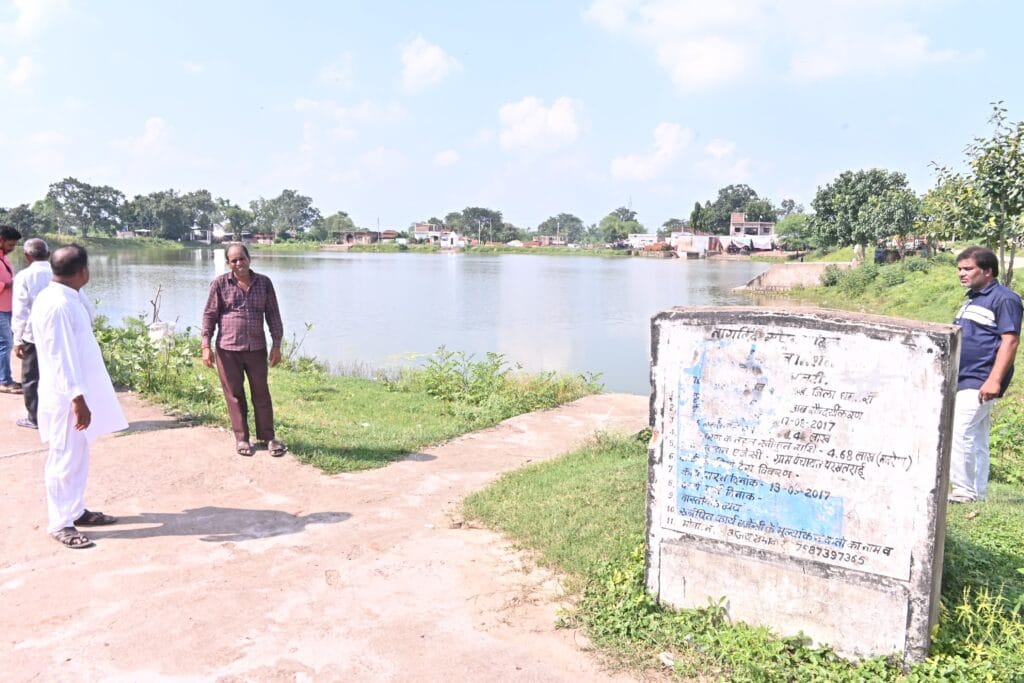
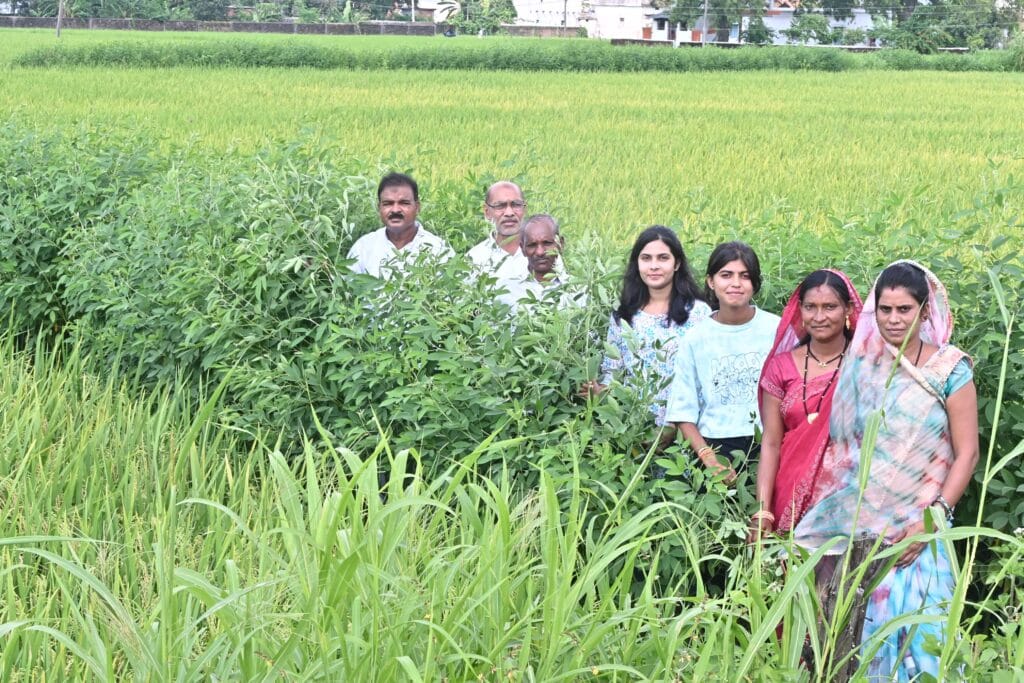
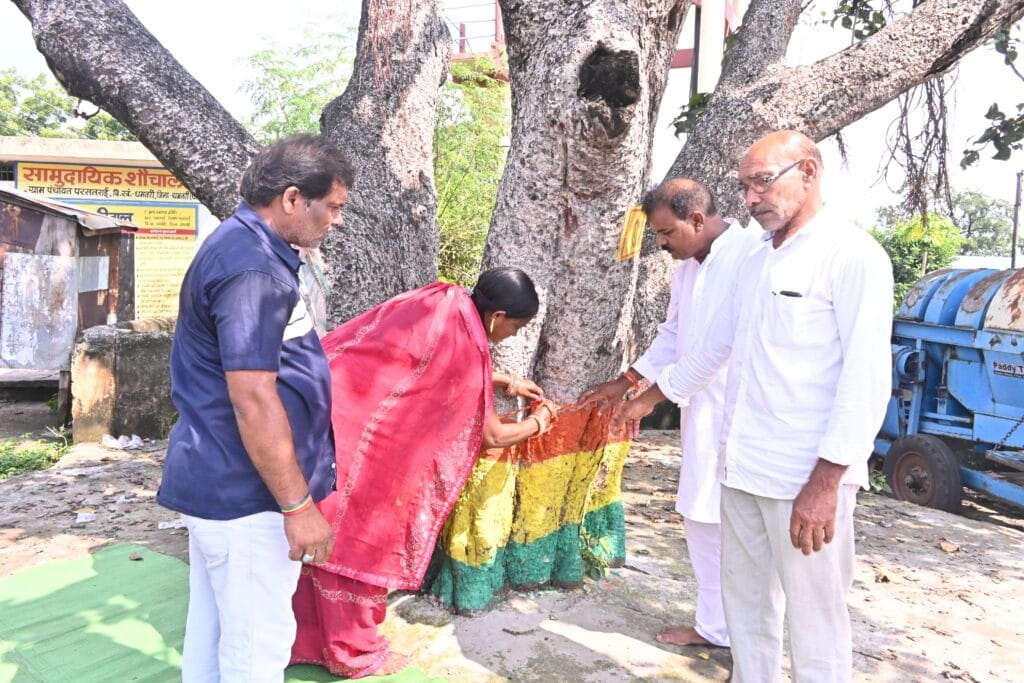
Amidst the problem of declining groundwater levels, Chhattisgarh’s Parastarai village in Dhamtari district champions water conservation against the drought, resulting in a tangible increase of ground water level and self-sustainable farming practices.
Once earmarked as prone to groundwater depletion in the year 2022 among one of 150 districts across country, Dhamtari, situated approximately 80 kilometers south of Raipur, has changed the scenario, resulting in bringing water and soil conservation in Parastarai village – ushering in innovative practices and community- driven initiatives that have significantly improved local resources.
Hence, to share their success story Dhamtari administration is hosting two-days International Water Conference on October 5th and 6th in Ravishankar area also known as Gangrel dam. The conference aims to highlight farmer’s contributions of adoption of crop rotation and relevant soil revival practises to conserve water.
The depletion of water was identified in a survey conducted by Jal Shakti Mantralaya in the year 2022. It highlighted the irony that despite surrounded by four dams – three in Dhamtari and one is Dudhawa located in Kanker, the water level was depleting due to practise of intensive paddy cropping in Rabi and Kharif seasons. Therefore, to curb the major root cause, the BJP led Chhattisgarh government directed the Dhamtari administration to spread awareness among farmers to adopt practise of crop rotation, which eventually reaped results.
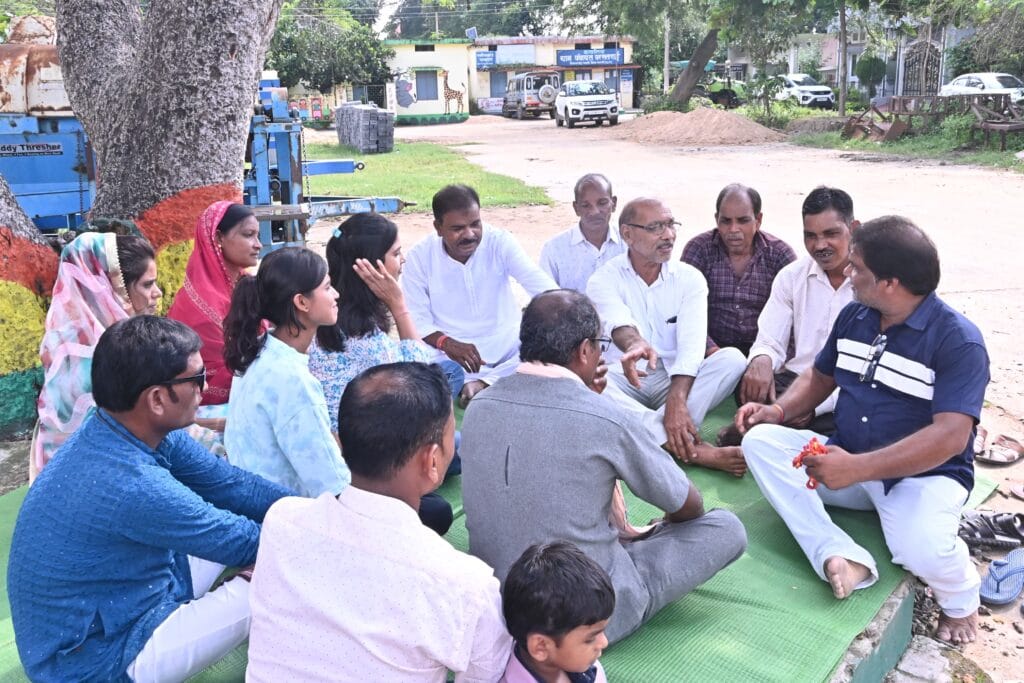
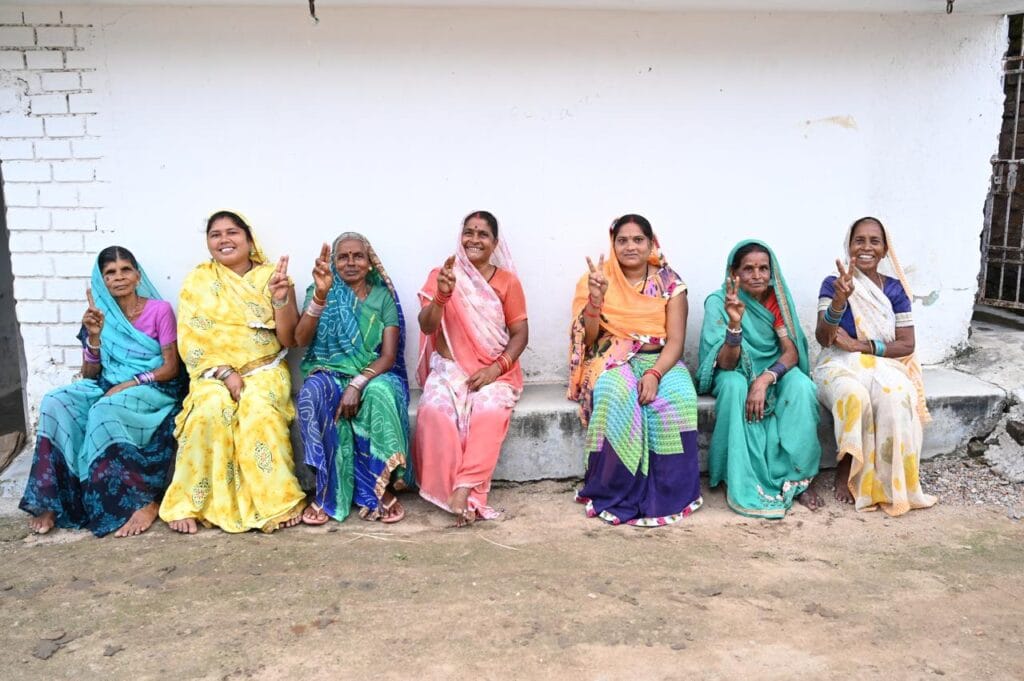
Chhattisgarh is known for releasing one of the highest Minimum Support Price (MSP) to farmers. In light of the need for water conservation, farmers in Parastarai have shifted to a single paddy crop rotation instead of twice a year. The farmers are growing paddy as a single crop and for their second and third crops they are cultivating pulses and oilseeds, which require less water.
Emphasizing the need for collective action to tackle the sharp dip, the small village of Parastarai not only emerged as a model for water conservation in Dhamtari but inspired nearby several villages to take up water conservation practices like rain water harvesting, keeping track of trees by numbering them and making the villages plastic free.
The depletion of water levels started in Dhamtari district when majority of farmers started using ‘borewell’ for irrigating their fields and households usages despite replying on Chhattisgarh’s largest water reservoir of Ravishanker Sagar also known as Gangrel Dam, built across Mahanadi River. This dam supplies year round irrigation, allowing farmers to harvest two crops per year. Hence, reliance on underground water for paddy cultivation during the Rabi season as well led to its overexploitation.
Stressing the importance of water conservation and promote awareness of crop rotation in Dhamtari, under Vishnu Deo Sai government the Jal- Jagar Abhiyan – water conservation practises – was initiated in Dhamtari and Parastarai village pioneered in adopting the Jal Jagar practises, become a symbol of environmental consciousness.
The village Parastarai which embarked the journey of water conservation consist only 300 houses with the population of 1500 people, despite being very close to the Ravi Shankar Reservoir Project, this village was facing the big problem of drought. Parched borewells and cracking land on the fields inspired the villagers to take a revolutionary decision. The government encouraged public representatives including Sarpanch and prominent farmers to take benefit of schemes being run by the Government of India and state government.
Explaining the strategies implemented to tackle water wastage, Sarpanch Shri Parmanand Adil, who has raised awareness in the villages, said, “All the villagers have collectively decided that any farmer who sows paddy during the Rabi season will incur a fine of Rs 27,000 per acre. Additionally, in Rabi season if the water from paddy fields will flows into other farmer’s fields of pulses or oilseeds then the paddy grower will face an extra fine of Rs 37,000 per acre.”
To create a positive ripple effect, villagers consciously decided to shun water-intensive cultivation of paddy crop from twice a year to one time and prioritize sustainability over benefitting from paddy procurement prices by modifying their farming practices. Farmers are cultivating pulses and oilseeds as second and third crops, showcasing a commitment to both water conservation and ecological balance.
Realizing the benefits of crop rotation, farmers discovered that in terms of costs and prices cultivating pulses and oilseeds are more profitable than growing paddy, said Adil.
Adil is proud that today his village has become an example for other villages of the district. Inspired by his success, many villages like Ranwa, Khartuli, Potiyadih, Loharsi, Bagtarai have started following the path of Parastarai.
Adil stated that while they have focused on increasing water and greenery, they have equally prioritized nurturing these resources. Villagers are numbering the trees and tying Raksha Sutra to the older ones. Additionally, plastic has been completely banned in the village. He believes that mutual harmony is essential for their success, noting that, as a result of this social cohesion, there have been no criminal incidents in Parastarai over the past three years, and not a single FIR has been filed with the police.
Dhamtari Collector Namrata Gandhi said “The improvement in groundwater levels in many villages, including Parastarai, is a result of the villagers’ environmental awareness and the efforts of the state government. Dhamtari district has now emerged from the endangered category concerning underground water. The success of Parastarai village has given as much strength to Jal Jagar as the government and district administration have supported the people of Parastarai in Jal Jagar.”
Connecting the people of Parastarai with the Jal-Jagar Abhiyan being run in Dhamtari district, officials of Dhamtari administration helped farmers to understand how the level of underground water level can be raised by saving the water available on the surface along with crop rotation. While the people of the village have also joined the sapling plantation drive Ek Ped Maa Ke Naam Abhiyan started by Prime Minister Shri Narendra Modi. The villagers have now decided to plant trees in the name of daughters and daughter-in-law.
In addition to rising groundwater levels, there has been a steady increase in the availability of water across all types of water sources. Resulting Dhamtari to establish itself as the water conservation capital of Chhattisgarh. This credibility led Dhamtari to be selected for the International Water Conference.
*Jal Jagar Maha Utsav scheduled on October 5th and 6th *
In response to severe water shortages, the Dhamtari district administration has initiated the Jal Jagar Utsav, campaign focuses on spreading awareness on rainwater harvesting, rooftop water collection. It emphasized improving current water conservation methods and introducing new techniques to address groundwater depletion.
During the Jal Jagar to be held at Ravishankar Reservoir in Gangrel, Dhamtari, many relevant issues of water conservation and promotion will be discussed. Along with this group discussion will be organised among the community working at the grassroots level on the topic “Thoughts on Water, Support of the World”.
At the same time, there will be a documentary competition centered on the topic “Autobiography of Water” based on the efforts made in the direction of Jal Shakti Abhiyan. Jal Sabha will also be organized on the theme “Right to Water”. Keeping in mind the participation of the industrial group for water conservation and promotion, there will be a stall exhibition on the topic “Contribution of Industries, Solution for Water”. Along with this, there will be a Jal Jagar Exhibition based on the efforts and achievements made for water conservation and promotion at the local level on the theme “Chhattisgarh’s Water Journey”. Here, thrilling water Olympics will also be organized along with drone show will be hosted for children.
